Destiny 2 – Armoury Collection
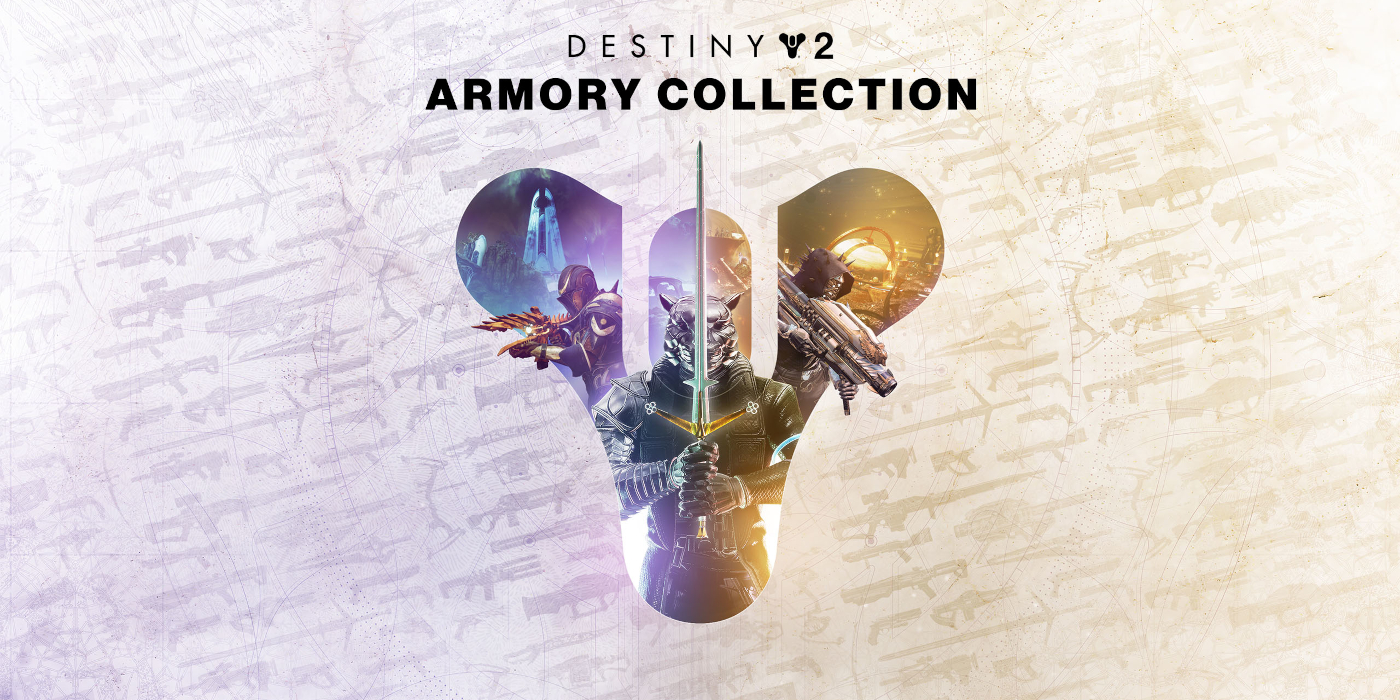

I’m back with another Destiny 2 DLC review and this time I’m taking on 2023’s newest bundle, The Armoury Collection. Rather than being a new addition like the Lightfall update, this package combines both the 30th Anniversary Pack and the Forsaken DLC, which was removed from the Legacy bundle in favour of The Witch Queen expansion.
Note from the Editor: As Destiny 2 is a live service game, we’ll be reviewing all of the expansions and what they mean to the overall game. Current reviewed expansions are found below:
At A Glance
| Destiny 2: The Armoury Collection | |
| Positives | + Guns + Lots of guns + Oh and a new Raid |
| Negatives | – You’re mainly paying for guns – And access to a couple of trophies/achievements – But mainly, guns |
| Overall | No Score |
| Played On | PS5 |
| Also Available On | PC, PS4, Xbox Series X|S, Xbox One |
| Find out about our scoring policy here. | |
The Destiny 2: The Armoury Collection is a neat little package of two halves. I’ve decided to treat it as such and have split the review accordingly. To be clear, I would only suggest buying the Forsaken DLC and The 30th Anniversary Pack as part of The Amoury Collection to get the most value out of the content, but I understand everyone is different, so let’s have a look at what you get.
Forsaken DLC
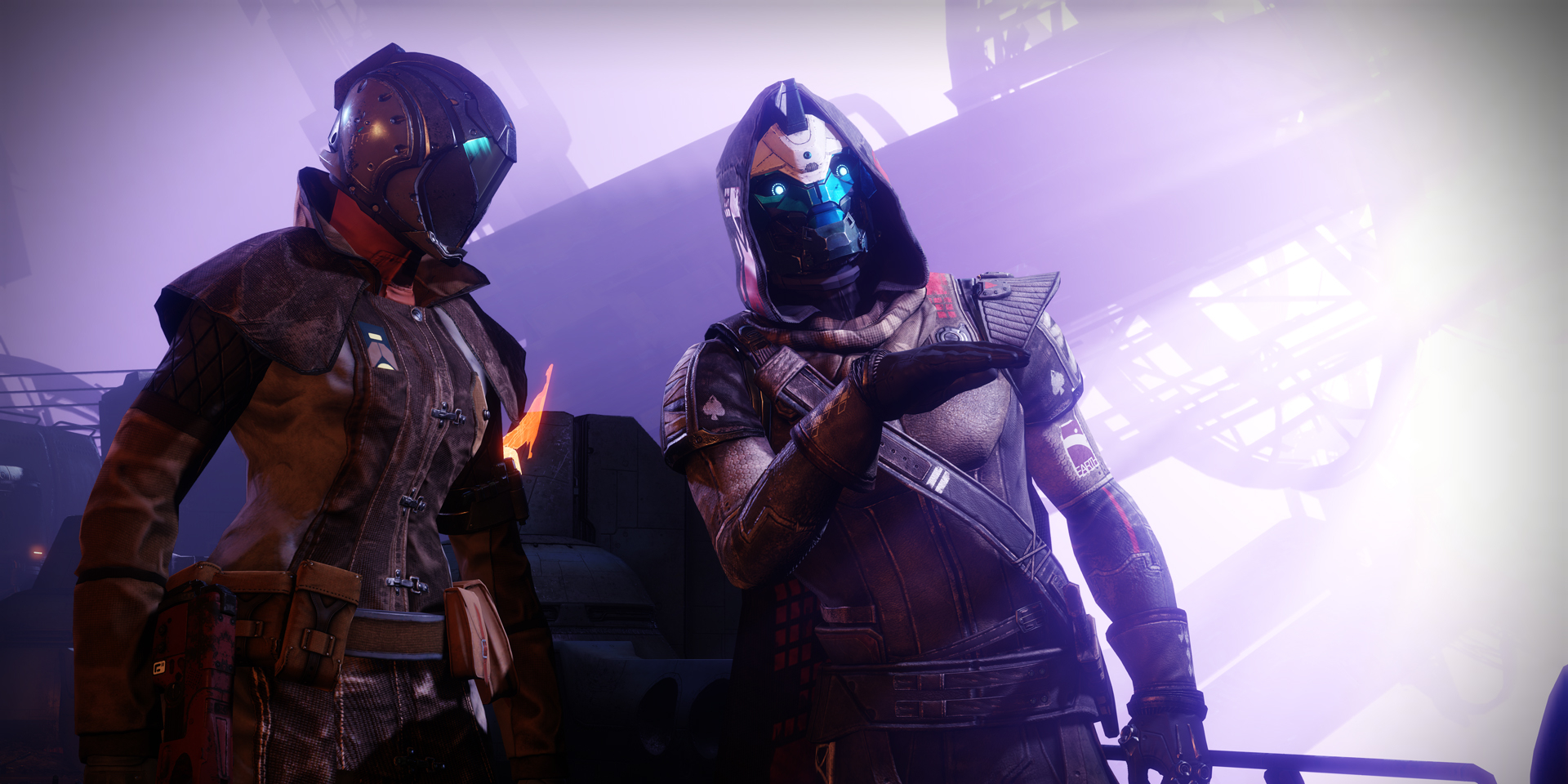
I should be saying that the Forsaken story revolved around the Guardian’s seeking to avenge the death of a popular character at the hands of Prince Uldren Sov. I would then go on to say that Uldren, corrupted by the Darkness, was in search of his lost sister, Queen Mara Sov. Both names should be familiar to those who played the epic The Taken King expansion in the original Destiny. I could have then wrapped up by saying the expansion was one of the more popular releases that Destiny 2 has seen in years. The 2018 expansion detailed the heartache of the Guardians losing a key character in such a manner. Except this is irrelevant as Bungie removed the story from Destiny 2 early in 2022. New players will only get the briefest mention of these events as it’s all gone, much to my annoyance. These were some of the best missions within the shooter, full of charm, wit and charisma that balanced the seriousness of the war with lighthearted comedic moments.
Still, the Gambit mode that launched as part of the expansion didn’t meet with the same fate as the story mode. These PVP and PVE modes gave Guardians a break from the reality of war and it gave a real sense of how Bungie could evolve Destiny as a game. Players were no longer limited to nightfall missions but were finally able to fight in compact sandbox-style levels either together or against each other. Each of the modes is recognisable as typical multiplayer modes like deathmatch and capture-the-flag style, but Bungie manages to keep them fresh, entertaining and meaningful. Much like Nightfall Strikes, each of the modes found in Gambit rotates each week to keep things fresh and despite my reluctance to battle in competitive areas, I rather enjoy getting my arse handed to me regularly. A personal favourite is the 3v3 guardian mode with a capped weapon level, meaning players have to strategise to knock out the opposing team. With so few players on the map, it felt like battling in an abandoned theme park which gave a sense of tension throughout each round.
An exciting multiplayer mode might sound like the Forsaken DLC is good in theory, but when Bungie decided to confine Forsaken to the vault, the team carried Gambit over to the free-to-play base game. This means that buying the Forsaken expansion only unlocks a large number of exotic weapons and amour. This is handy for those looking to complete the game’s dastardly trophy list, but for me, that doesn’t scream value for money. This is why I’d suggest that to get the full experience, players should consider combining the expansion with The 30th Anniversary Pack to get the most value for money.
The 30th Anniversary Pack
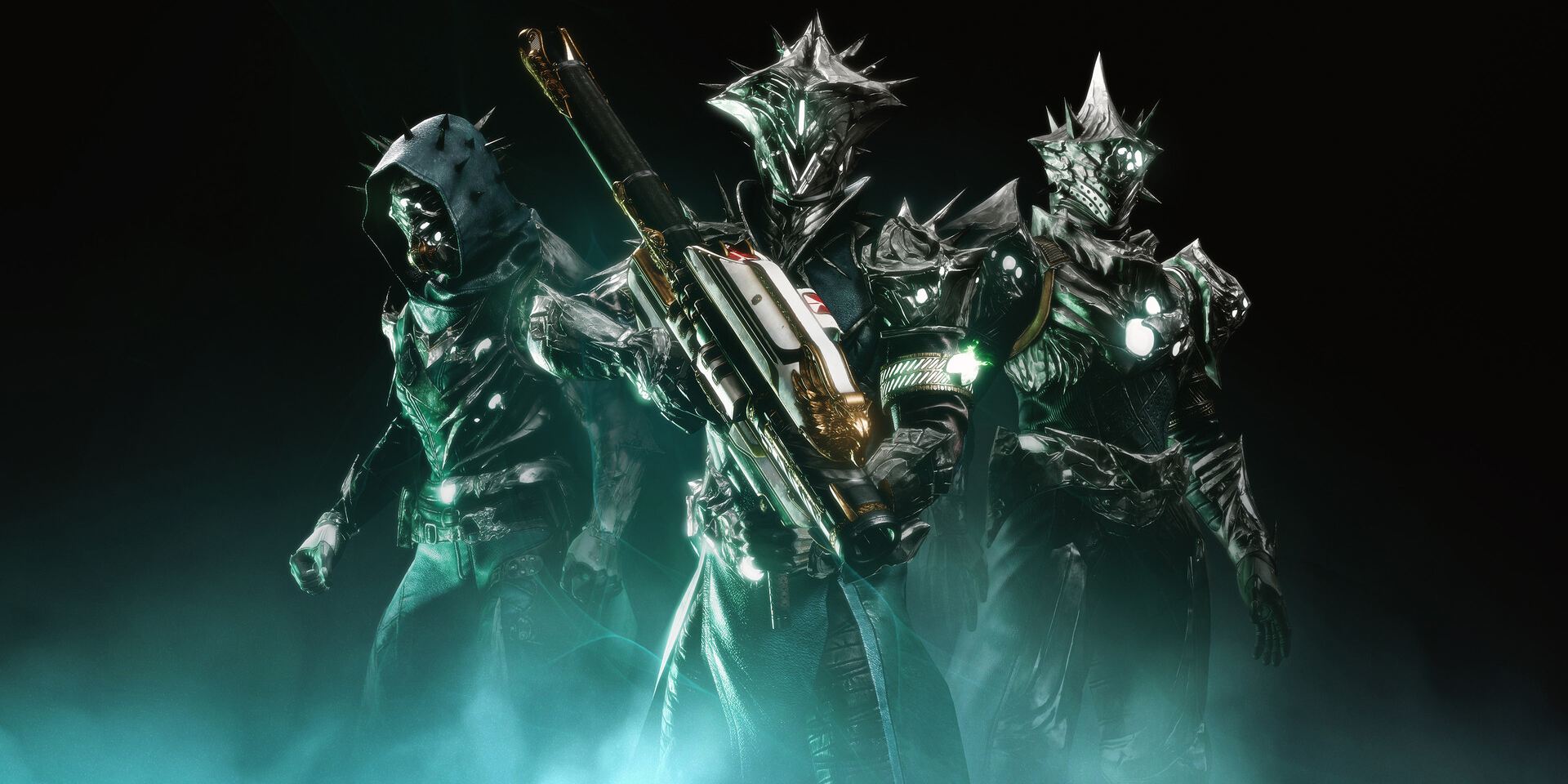
The pack is a celebration of the studio’s three decades of creating video games. It contains a handful of fan-favourite weapons for players to unlock as well as a new raid based on what Guardians experienced with the original Destiny.
The Grasp of Avarice raid is a three-player co-op dungeon crawler set in the Cosmodrome. Taking inspiration from the old loot raids from the original game, players explore, puzzle solve, and take out powerful enemies to unlock a treasure trove of goodies and it is tough going. I particularly enjoyed the level of puzzle solving required, and while there were a few cheap tricks like booby-trapped doors and unexpected platforms falling from underneath me, the overall experience was a great change of pace from the usual run-and-gun style Destiny 2 is known for.
Aside from the dungeon and the plethora of weapons and armour, there is very little to speak of and as such, the mileage you get with The 30th Anniversary Pack in Destiny 2 will vary. I am very much a creature of habit and have my specific loadouts so I found myself just throwing all the weapons in my archive rather than adopting them into my usual rotation and the dungeon, while nice is only one to come back to a handful of times.
Conclusion
Bungie has done the right thing by combining The 30 Anniversary Pack with what remains of the Forsaken expansion into one price for what is essentially a couple of dungeons and a plethora of weapons. While I’m sure some players will derive value for each bit of content (looking at you trophy hunters), I would only recommend buying either DLC as part of The Amoury Collection. It remains frustrating to see what was a strong story in Forsaken reduced to two cutscenes that don’t enhance the story in a meaningful way. If you are interested in picking up this bit of DLC, then please, get it when it’s on sale.
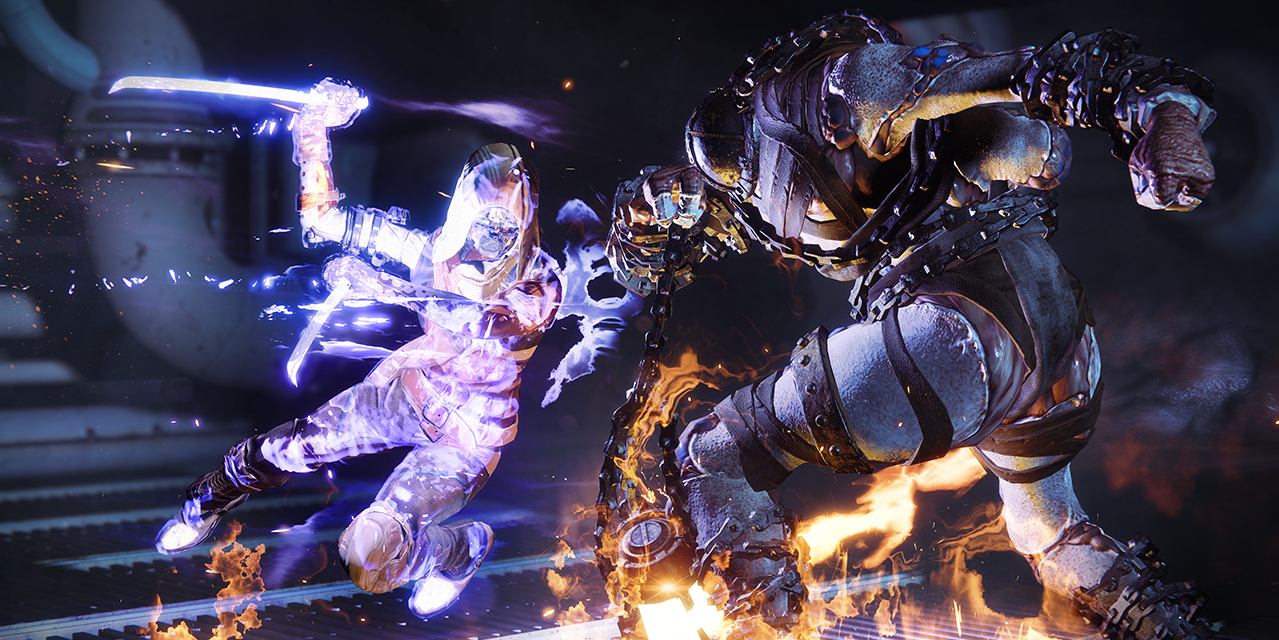
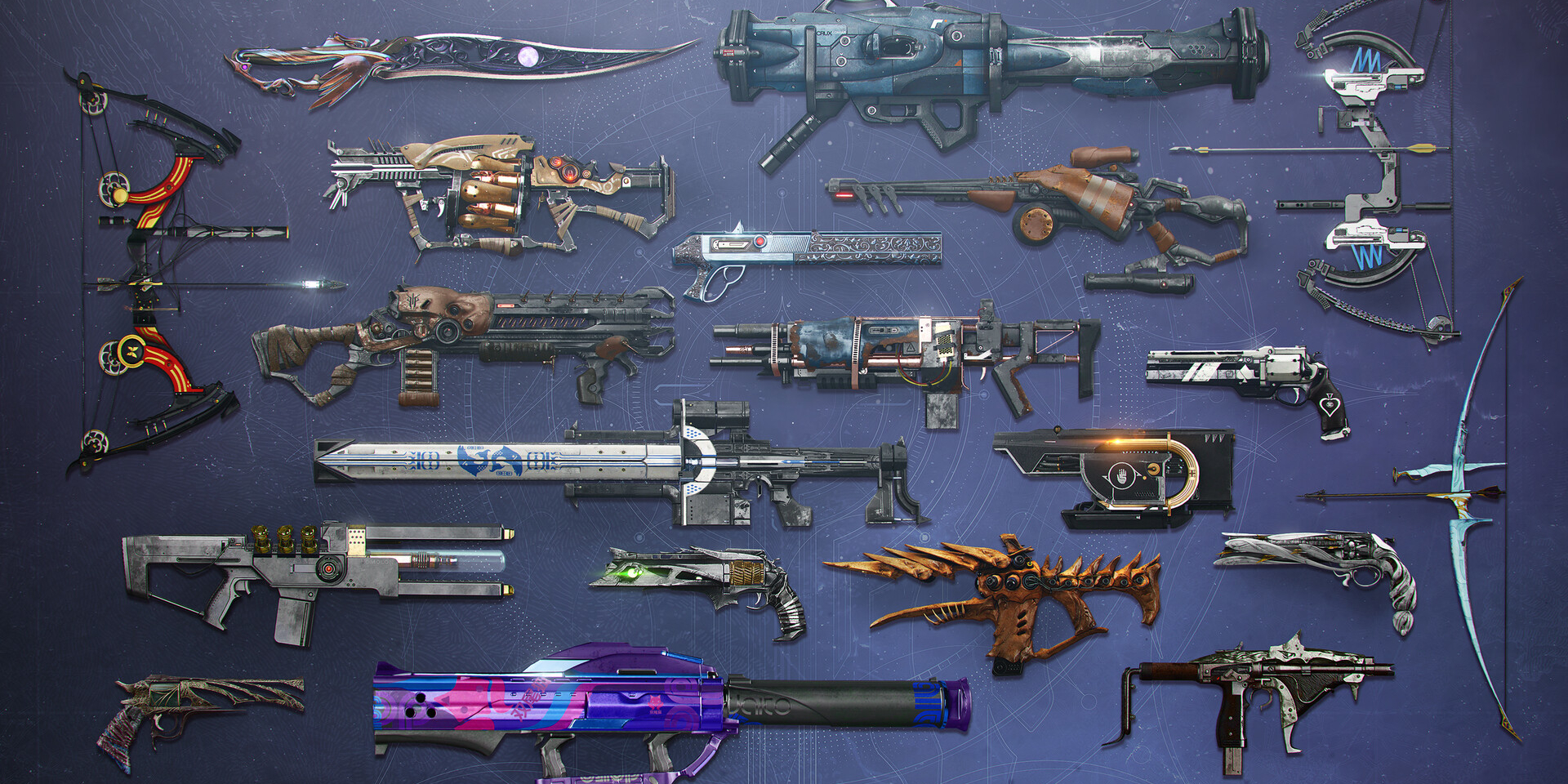
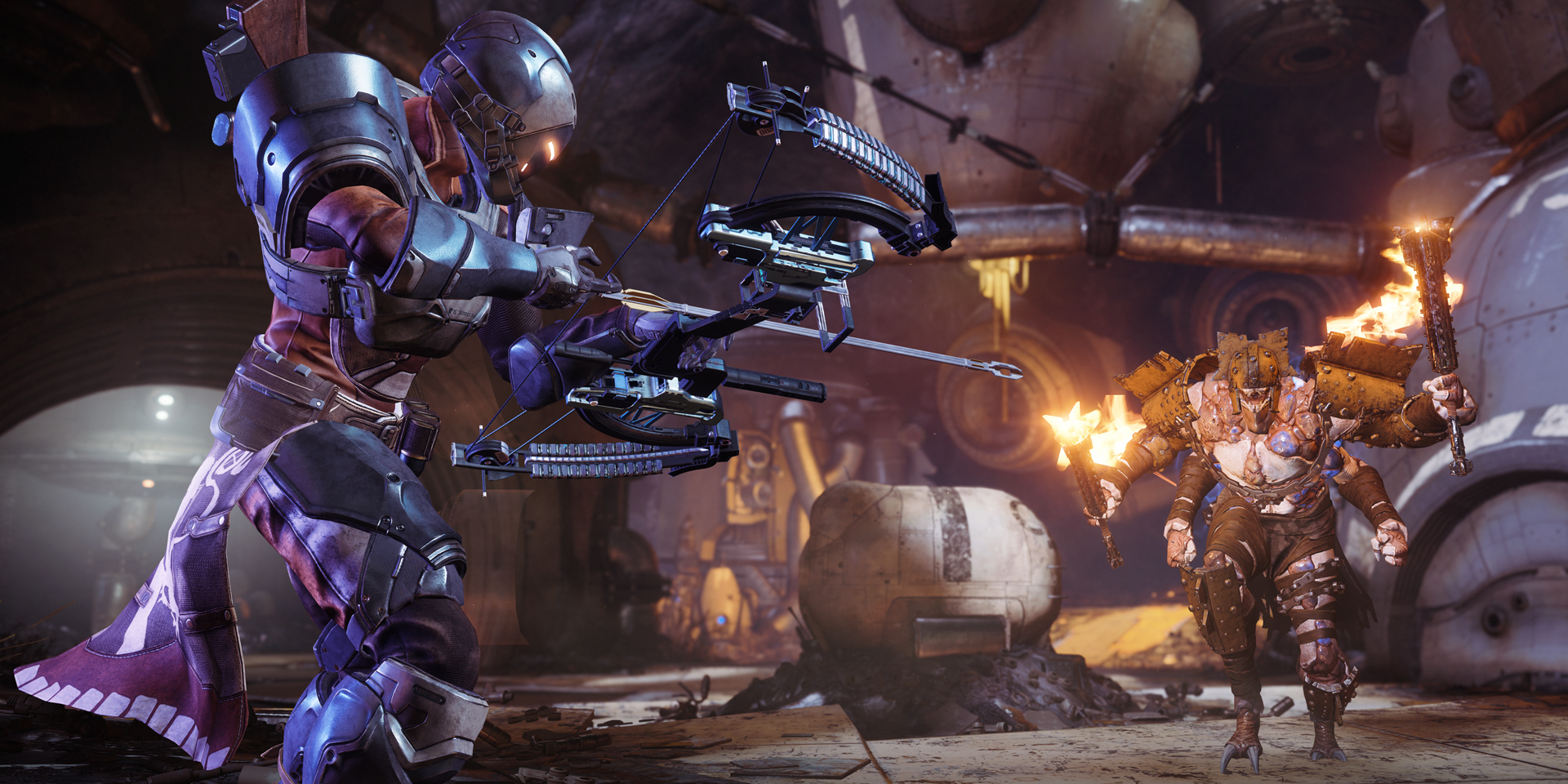


Thanks for taking the time to read our review. If you’d like to support us further, please consider buying us a coffee!
Source of Madness
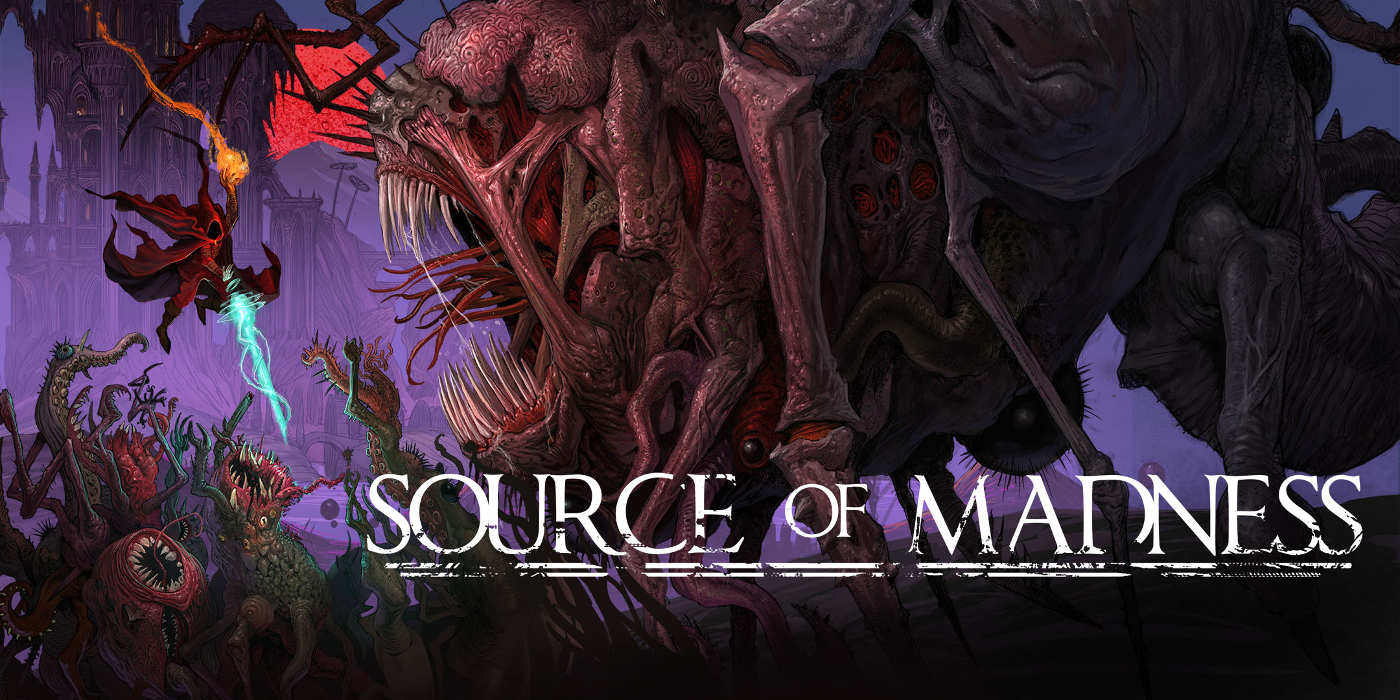

When I started VGamingNews in 2011, it seemed that I was solely writing about post-apocalyptic open-world games thanks to the success of Fallout 3. A few years later, it seemed every other developer was looking to force RPG mechanics into everything (I’m looking at you Assassin’s Creed). So far in the 2020s, we’ve seen an influx of dark and moody ‘Soulslikes’ juxtaposed against a resurgence of adventure-rhythm games. While the industry has ebbs and flows with whatever is popular, from platformers, shooters or MMOs, one genre is seeing a consistent release every few months – Roguelikes. Billed as a hybrid platformer-meets-beat ’em up, roguelikes open the door for some very clever storytelling, often with procedurally generated levels. Source of Madness is one roguelike that has gained popularity since its initial 2021 release and is seeing a boom in popularity thanks to a physical edition courtesy of Super Rare Games.
At A Glance
| Source of Madness | |
| Positives | + Gothic visuals + Satisfying gameplay + Meaningful upgrades |
| Negatives | – Enemies don’t obey the laws of physics – Confusing menu system – The Grind, oh the grind |
| Overall | 7/10 |
| Played On | PS5 |
| Also Available On | Nintendo Switch, PC, PS4, Xbox Series X|S, Xbox One |
| Find out about our scoring policy here. | |
Developed by Carry Castle, a one-man developer and backed by publisher Thunderful, Source of Madness is a side-scrolling dark action roguelike that is set in a procedurally generated Lovecraftian-inspired world filled with various nasties. Players take on the roles of Acolytes as they embark on a nightmarish odyssey. Starting from the safe haven of a cathedral they set out to explore the Loam Lands in order to find the *ahem* source of madness that enveloped the land.
Colour me cynical, but when something is described as Lovecraftian, it’s usually code for ‘we got messed up octopus creatures.’ I think the description is overdone to the point that I wouldn’t be surprised if Nintendo markets the Splatoon 4 as a love letter to HP Lovecraft himself. That being said, Source of Madness is absolutely spot on with its comparison. The gothic setup with Source of Madness is one of grim intrigue that pulled me straight into the world of the Loam Lands in a way that I’ve not experienced for a little while. The two-dimensional world leaves a lot of story up for interpretation, with very little text that relies more on innuendo than directly telling you what’s going on. But the dark and grim land is full of melancholy and gothic tropes creating a moody atmosphere that simply wins you over. As I explored the nine worlds that make up the roguelike, I was struck by how consistent the foreboding tone within Source of Madness took me, especially considering each level changes with every playthrough. The design feels like it is two steps removed from a grotesque lovechild between Tim Burton and Guillermo Del Toro.
If the opening moments weren’t a signifier of the game’s tone, then the strange shapes fill the lands, vines populate the natural forest levels, jagged rocks cover the underground and even in the starting town area will certainly drive the point home. There’s barely a straight edge to be found through the environments, twisting and turning in an almost unnatural way, much like the enemies who awkwardly roll around the Loam Lands. Unlike the typical Chtulu-esque monsters that spring to mind when thinking about Lovecraft, each monster is more of a gloopy mass of black with either claws that try to pin the unsuspecting cultist to the ground or sacks of unholy poisons that slow down their prey.
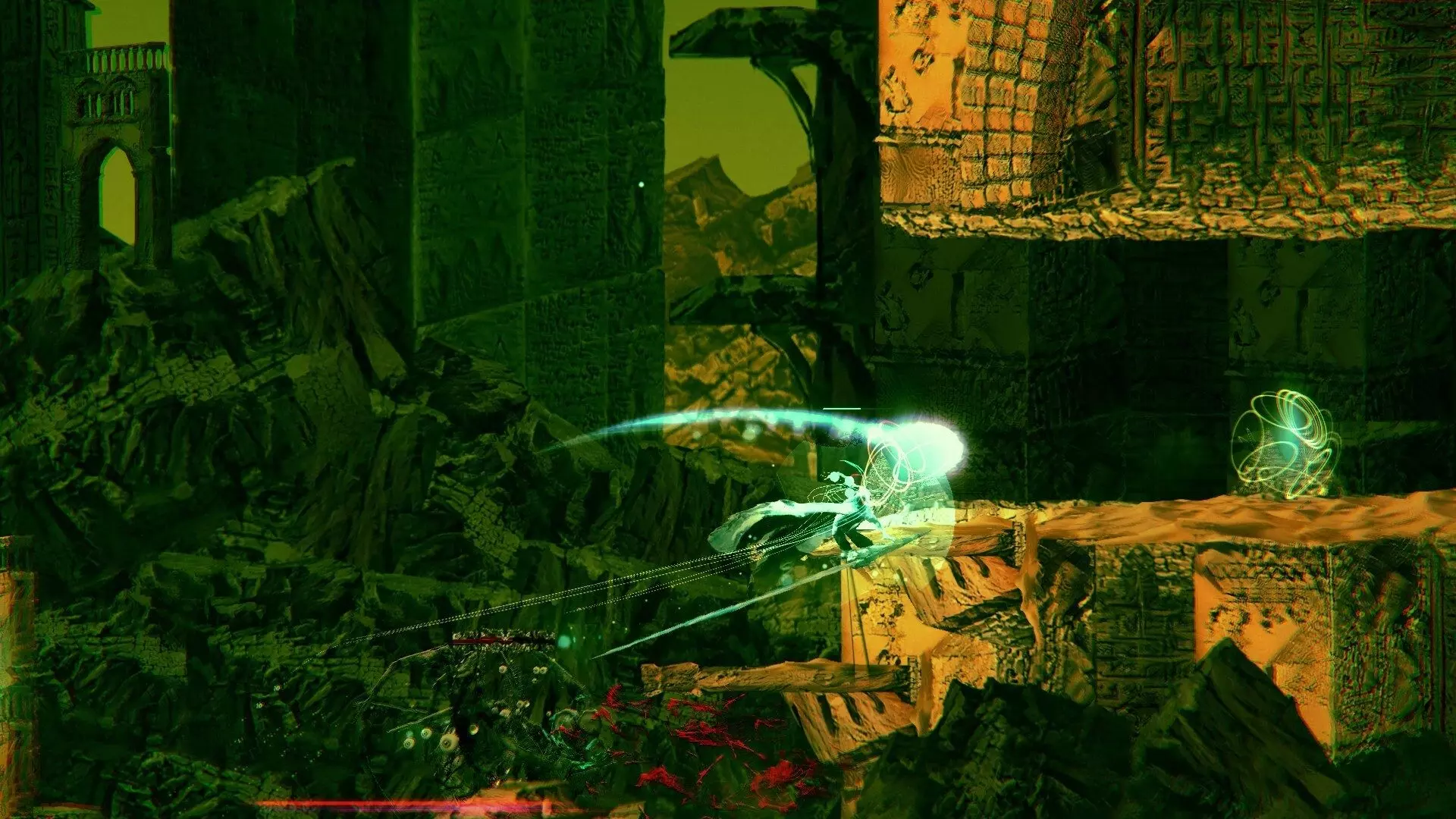
While the baddy designs are positively unholy to look at, they are unfortunately the worst part of Source of Madness. Each set of enemies is unique to one of the nine areas I explored and while they appear frightening, and have a horrible screech before speedily attacking, they are easily dispatched by smashing the attack buttons. Bigger enemies that split into smaller enemies and bosses can prove to be a bit more time-consuming, but it’s nothing that a barrage of bullets and some well-timed dodges can solve. The biggest challenge I faced wasn’t the attacks from any of the creatures but rather their obsession with flaunting the laws of gravity as they often bounced from the ground into the stratosphere more often than NASA’s space programme.
Enemies that rocket into the sky aside, the game itself has a finely balanced difficulty system. Nothing is ever too hard, the enemies can be hit from a distance and the levels are well-sized so that if you do need healing, it’s towards the end of the level. I found that examining the random loot to equip more powerful weapons was the only caveat to making meaningful progression. The constant rhythm of acquiring items and checking their stats meant a lot of dipping in and out of a clunky menu but it’s a necessary evil that’s required to make progress. As with other roguelikes, Source of Madness does give the option to upgrade the cultists and weapon drops to make the proceedings even easier but to fully unlock everything will take hours and hours of grinding.
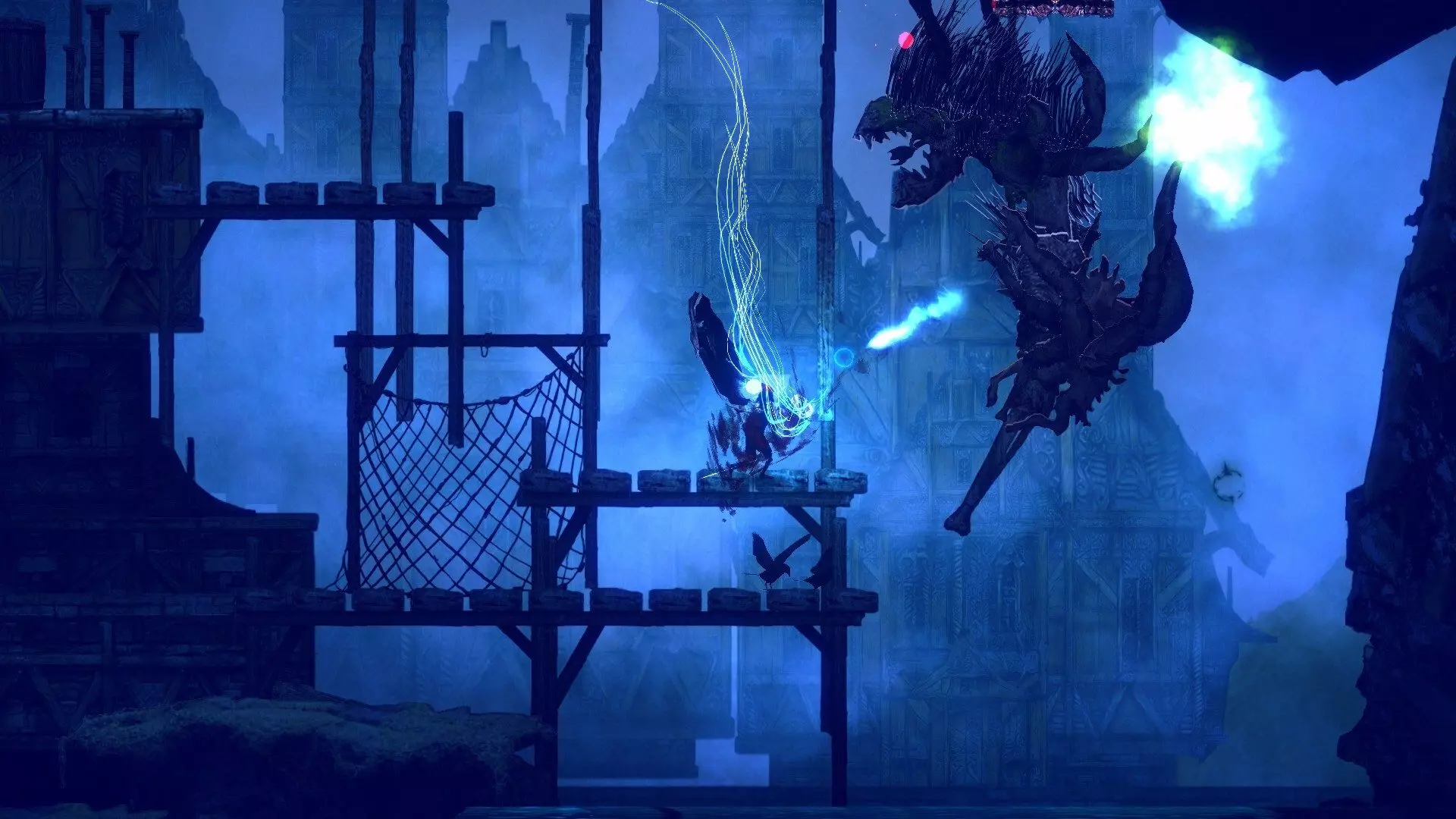
For completionists, Source of Madness is aptly named, the main story itself only lasts a handful of hours (my first playthrough took most of an afternoon), but to 100% everything will take much, much longer than that. The thought of spending hours upon hours replaying the same levels might be too much for some but not everything in Source of Madness is as dark and foreboding as Batman’s personality. The game takes on an occasional sense of dark humour, like the Book of the Dead. The game employs permadeath so once a character is killed, that’s it. Their name gets written into the book with how long they lasted and how many kills they racked up. The grim presentation for me was simultaneously hilarious and brutal, but it’s one way of lightening the tone somewhat.
Source of Madness is one game that stands out from the ever-growing roguelike crowd. The very nature of the genre means that there is a long grind in front of players but the team at Carry Castle has done an excellent job at making sure the gameplay is as engaging as it can be. Restarting over, over, over and over again never feels like a chore, rather it sets a target for you to beat. Sure, Source of Madness has its flaws, particularly the odd enemy design and vague story, but if you are in the market for something that is super accessible, easygoing and looks as gothy as a Tim Burton film, then Source of Madness is a game I’d recommend.
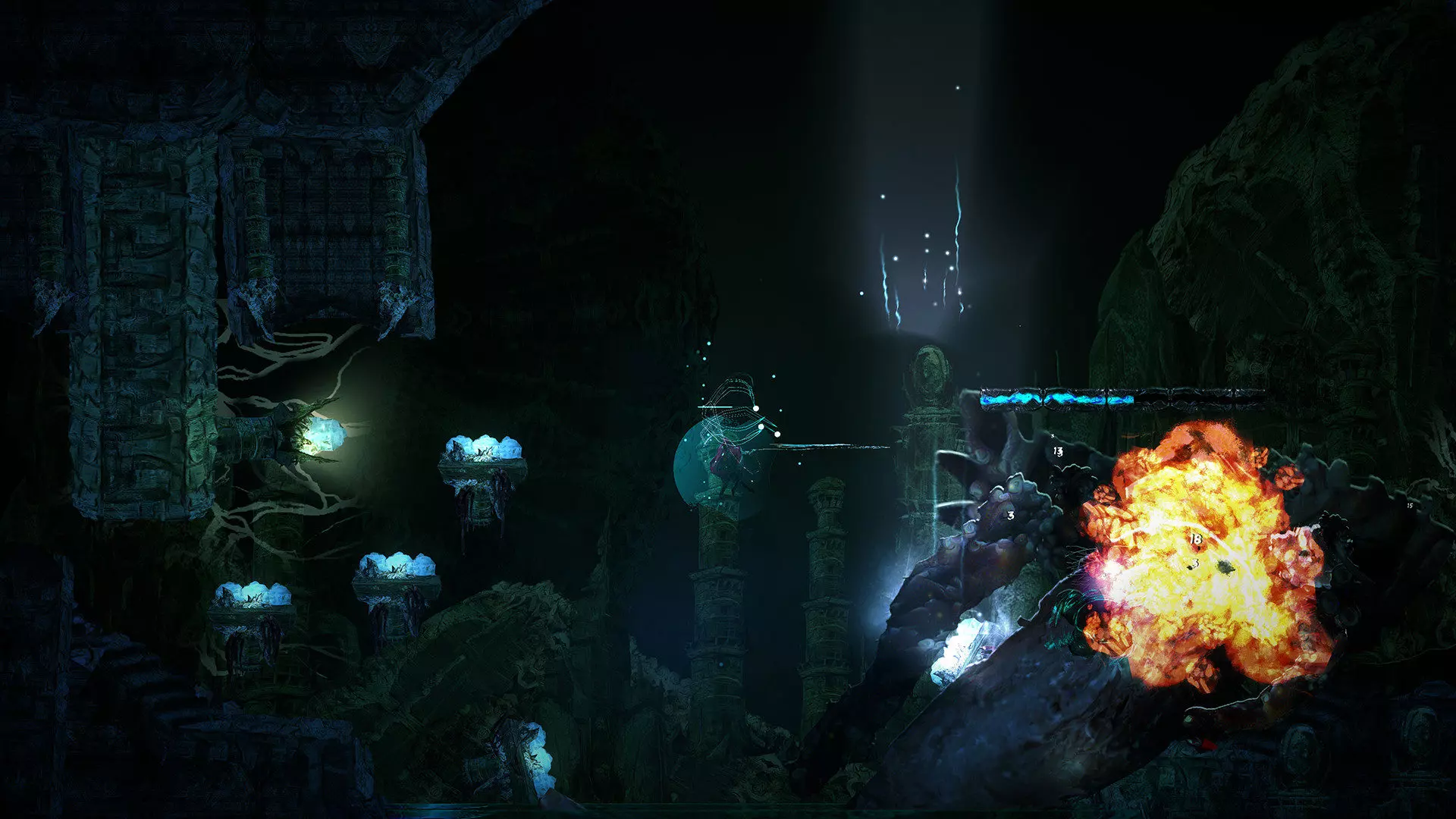

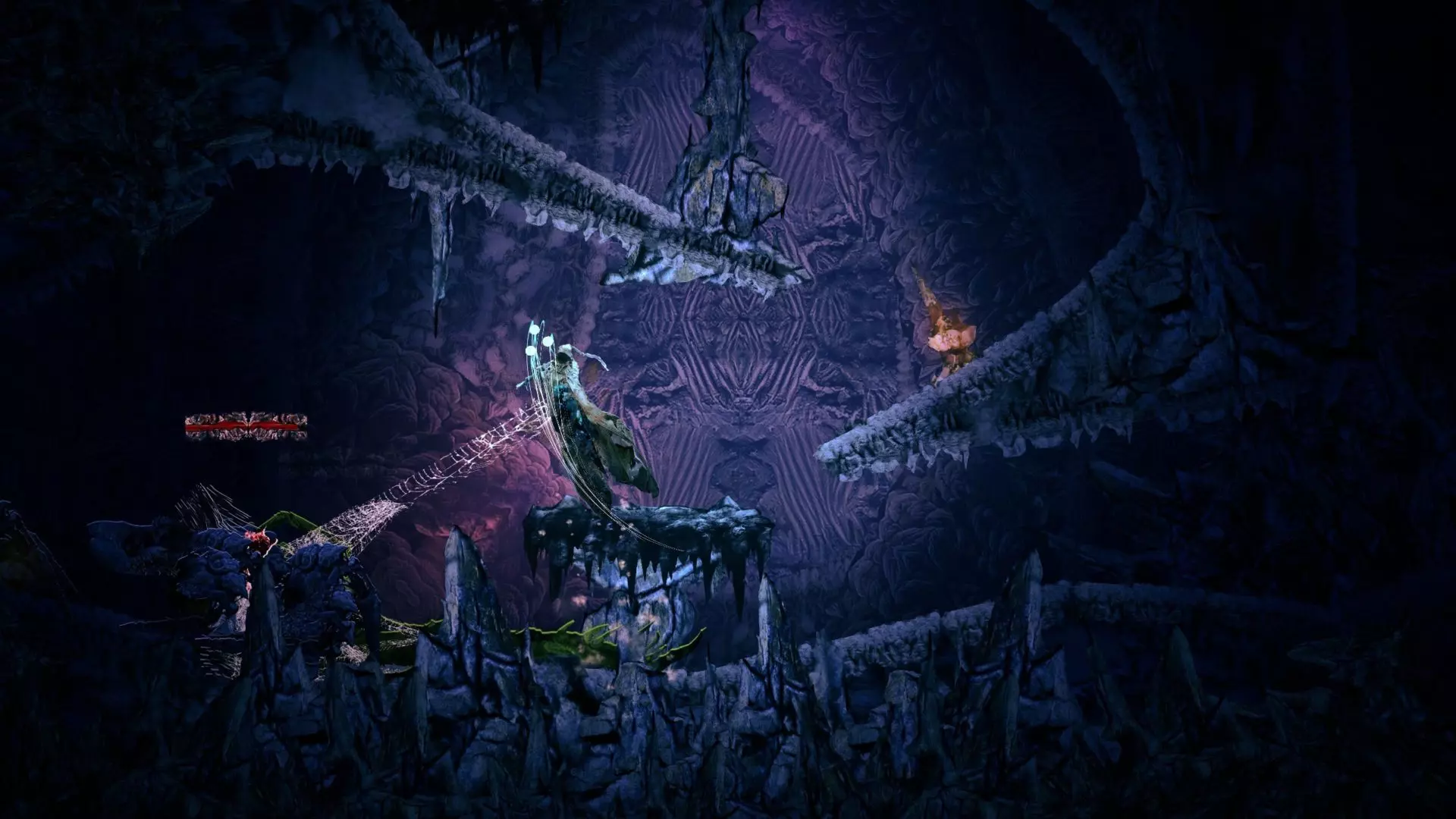
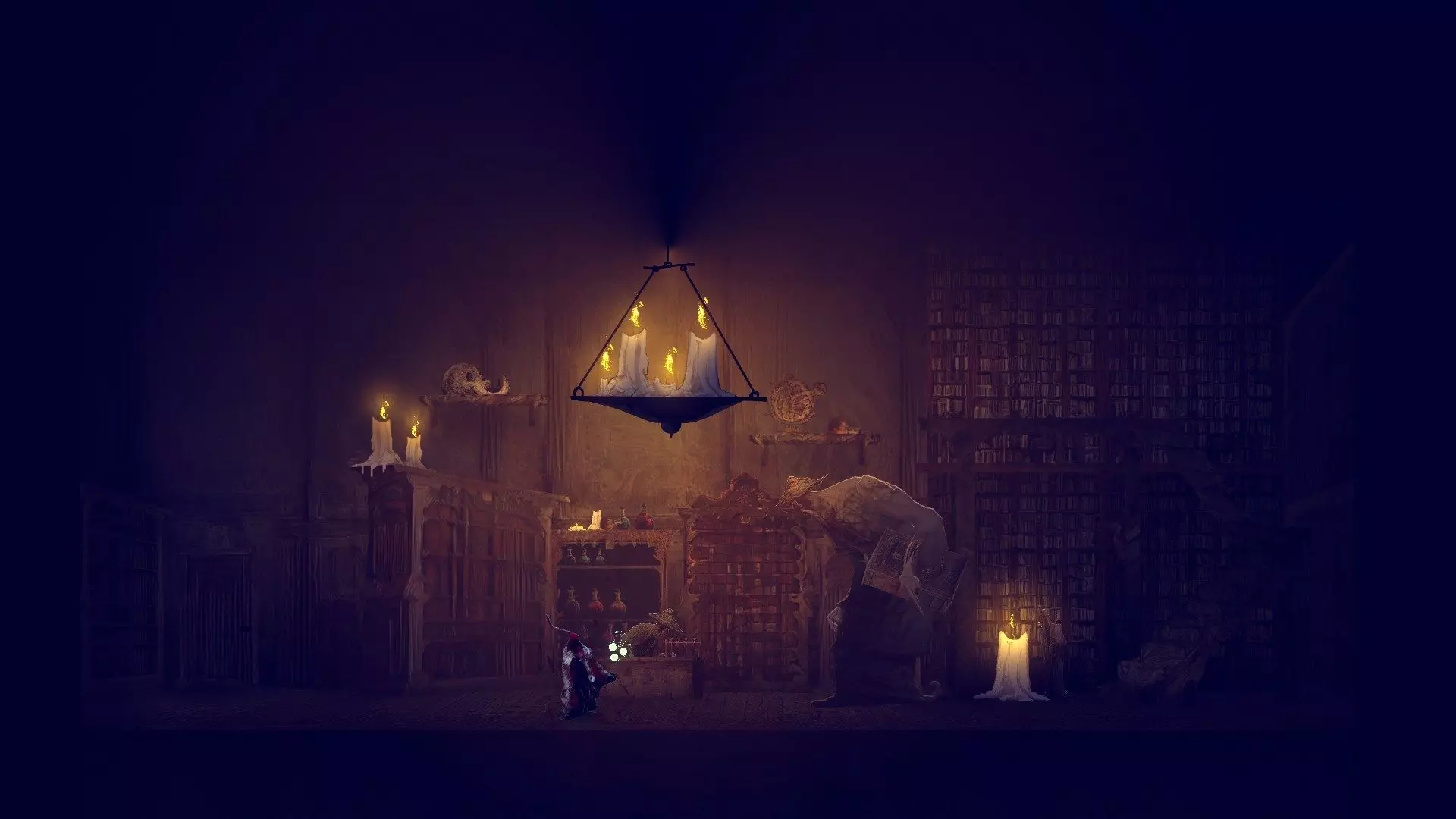

In the interest of full disclosure, VGamingNews was provided with a copy of the game to conduct this review. At the time of writing, there are still physical copies of Source of Madness available from Super Rare Games.
Thanks for taking the time to read our review. If you’d like to support us further, please consider buying us a coffee!
Brok The InvestiGator
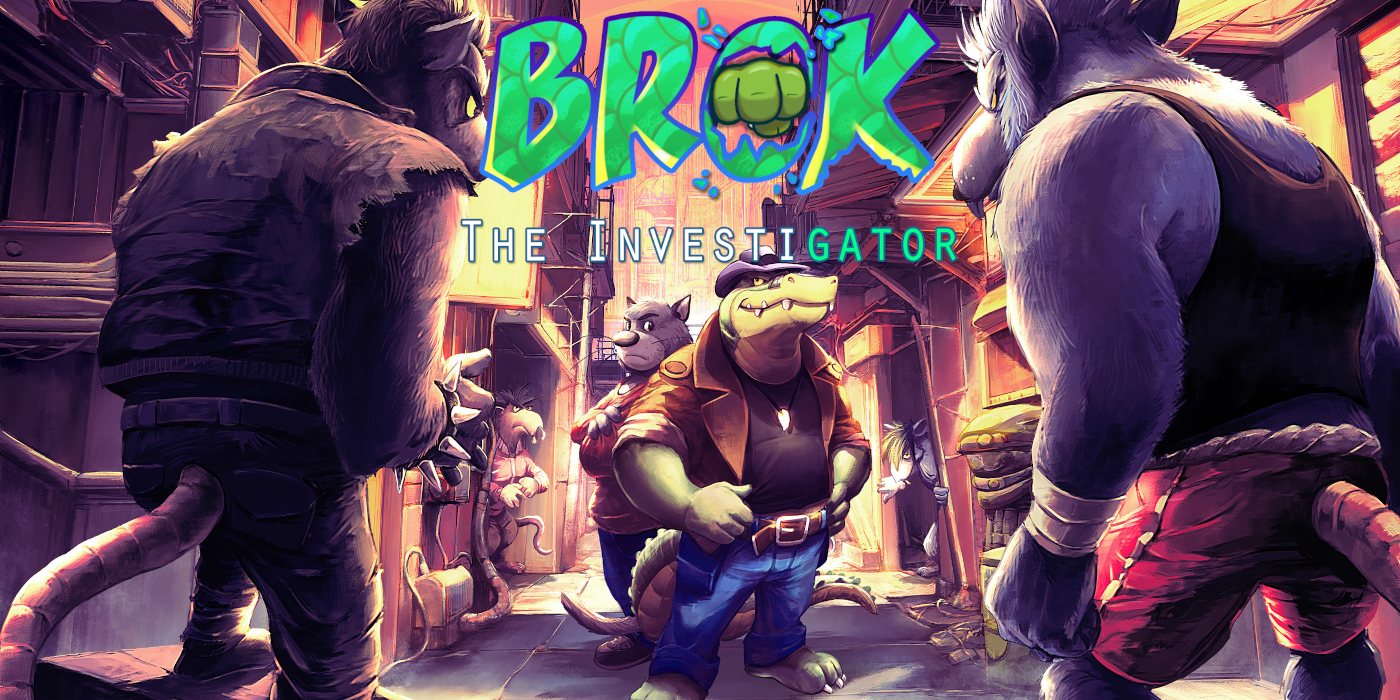

The life of an investigator can be a difficult one. Long nights, tough cases, complex puzzles to solve. Now imagine that same life, but this time from the perspective of a giant, anthropomorphic alligator. No, no, you heard me correctly – a humanoid, crime busting swamp lizard… Welcome to BROK the InvestiGator!
At A Glance
| Brok: The InvestiGator | |
| Positives | + Fun and unique mix of two different gaming styles + Great cast of characters and VA talents + Awesome, cartoonish art style |
| Negatives | – Not very difficult – Slow beginning |
| Overall | 7/10 |
| Played On | PS5 |
| Also Available On | Nintendo Switch, PC, PS4, Xbox Series X|S, Xbox One |
| Find out about our scoring policy here. | |
Developed and published by COWCAT Games, Brok the InvestiGator is a delightful mashup of both point-and-click and the beat-‘em-up-style games of old that I know my fellow 90’s kids will appreciate. The game has two modes of operation, investigative and combative, and you can switch between them at will. With Investigative Mode activated, you will explore your various environments, looking for clues and workable leads to further your cases; the point-and-click system giving the player the freedom to dutifully study each item in their surroundings before moving along with the story. The fighting meanwhile leans heavily into the beat-‘em-up genre, where Brok will adopt a fighting stance to let the player know that he is now in ‘Combat Mode’, and that a button press will now yield a violent uppercut rather than delicately pick up that clue you were looking at.
The story of Brok can be… sluggish to begin with. There is a lot of explanation and introduction to get through at the start: we have to meet the characters and gain an understanding of the world we’ve been dropped into, and some might find this slow and a little tedious. Not to say that the world of our friendly neighbourhood investigator isn’t interesting. Set in a dystopian style future, Brok navigates a world quite literally divided, where members of higher society, known as the Drumers, live inside a giant dome where they are safe and protected from the toxic wastelands outside, and the lesser half of the population, the Slumers. Life inside the dome is comfortable and thriving, where animals have access to good jobs and the necessities of life, such as medicine and security. The Slumers, as the name would suggest, live in near-poverty and squalor, a slum rife with crime and gangs and poor living conditions, and each day a struggle to simply survive.
Brok contains six chapters and takes place over the span of three days, with a lot of focus placed on the animals Brok meets and the relationships he forges with them along the way. For example, the relationship between Brok and his adopted son Graff (a teenage cat anthropomorph that also happens to be the only other playable character) is both tumultuous and endearing, with the trauma they have shared throughout their lives bonding them together in a way that little else can. The RPG element of the game really comes into play during these scenarios, with some classic ‘reward and consequence’ depending on how you answer a question or let a scenario play out. Subject to the decisions you make along the way, the relationship between Brok and Graff will either strengthen or deteriorate, clues will be lost or solved, and characters can even die. This lends the game a sense of replayability if you’d like to go back and achieve a better ending than the first time around – and I personally wouldn’t blame anyone who did, as some of the endings can be very bleak indeed.
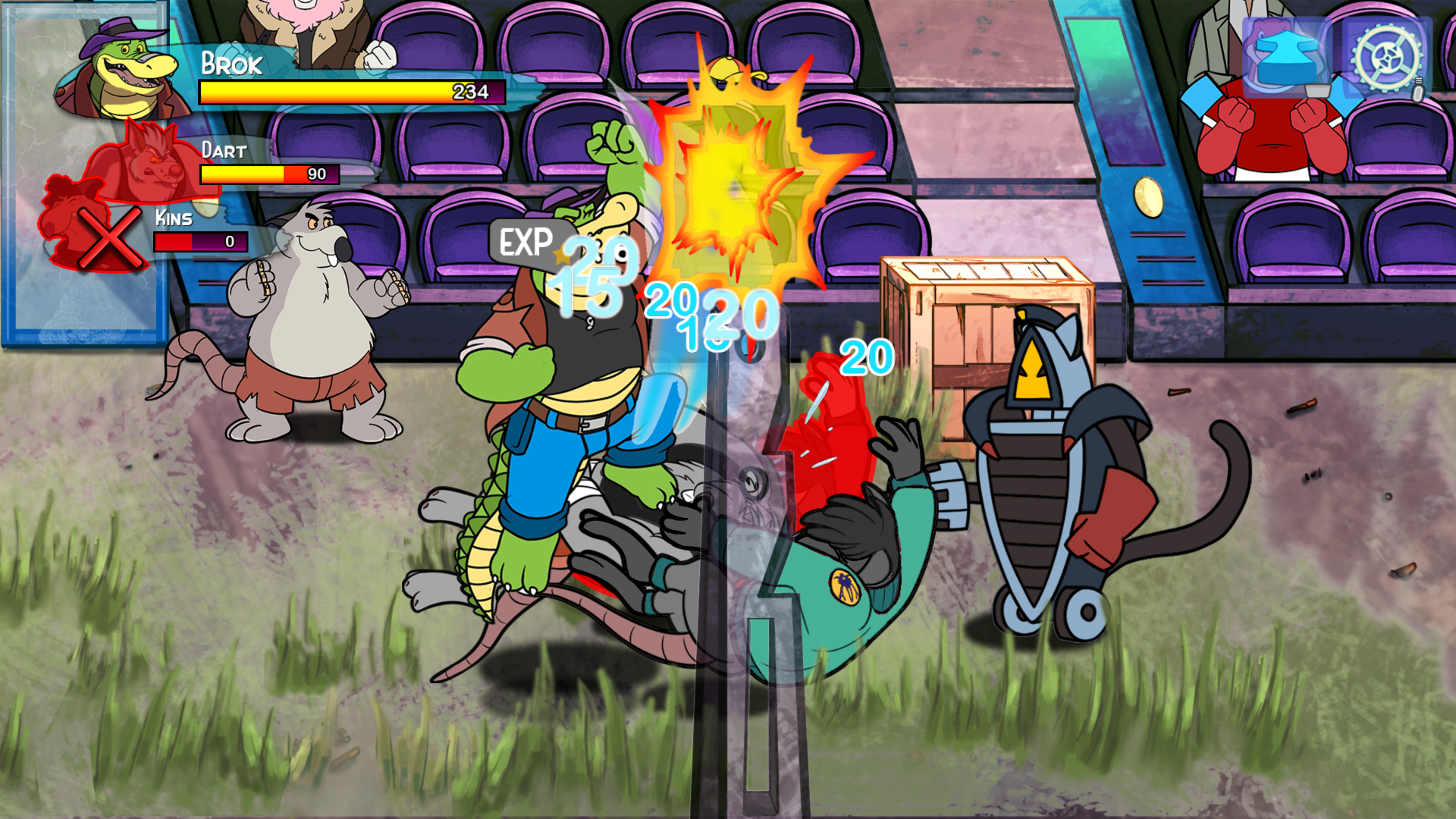
It doesn’t take long to discover that life isn’t exactly a stroll in the proverbial park for our resident reptile. Like something straight out of your favourite detective show, Brok is a pained soul who struggles with the emotional baggage of losing his wife, living paycheque to paycheque, keeping up with overdue bills, all on top of being a single father to his stepson. Graff, meanwhile, has his own teenage angst going on as he studies hard to leave the Slums behind. His eyes are set firm upon that sweet, luxurious Dome life, whilst also coming to grips with the death of his mother, an absent paternal father, and feelings of neglect from a well-meaning but workaholic step-father. Step-reptilian? You get what I mean…
Between Brok and Graff, you will traverse the post-apocalyptic worldscape, talking to a colourful cast of critters while you gather clues and solve puzzles to try and piece together the game’s mysteries -whether that’s using brain or brawn is largely up to you. When investigating, the player simply moves the cursor around the screen with the right analogue stick, whilst controlling Brok’s side-scroller-esque movements with the left. There are a myriad of different items in any given room that you can interact with, so it’s always worth your while clicking over everything of interest – even if it is just to be told; “Hey! Put that mostly irrelevant [insert item here] down!”. As with any good detective adventure, you’ll encounter a series of puzzles with varying degrees of difficulty, though most of them aren’t too terribly taxing on the brain.
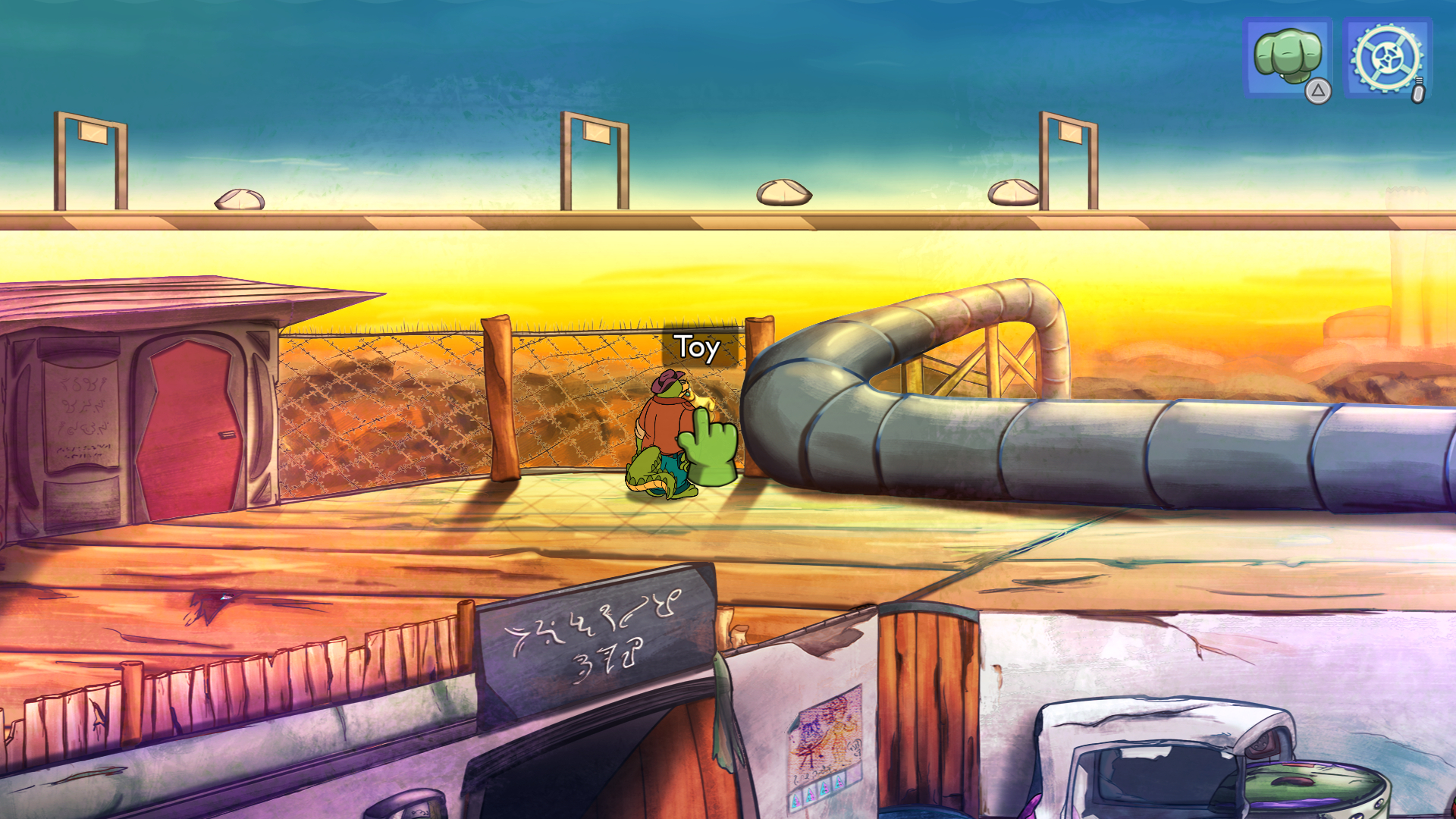
However, if you do find yourself struggling with a particular riddle that’s hindering you from moving forward, you’re in luck! The game offers a hint system, whereby you can find hidden ‘ads’ in each area which you can then use on confuddling conundrums to help surpass them. Once you have gathered all of your clues, using information gleaned from interrogated NPCs and evidence collected from the environment, it’s time to put those detective skills to use as you narrow down your list of suspects and point the long arm of the law at the villain. Be careful who you accuse, however, as each wrong decision can lead you further down the path to a potentially devastating ending!
As far as brawlers go, Brok’s fight mode is pretty straightforward, but certainly still enjoyable. You have a very simplistic list of moves, including punches, kicks, fly-kicks and blocks. You can use weapons in a fight to help shift the odds in your favour, or you can buff up your stats (including health, special attack and strength) by gaining XP and levelling up. That said, if you’re more pacifist than aggressor – you can set the game’s difficulty to Easy and simply skip any sort of physical altercations altogether! The choice is entirely up to you.
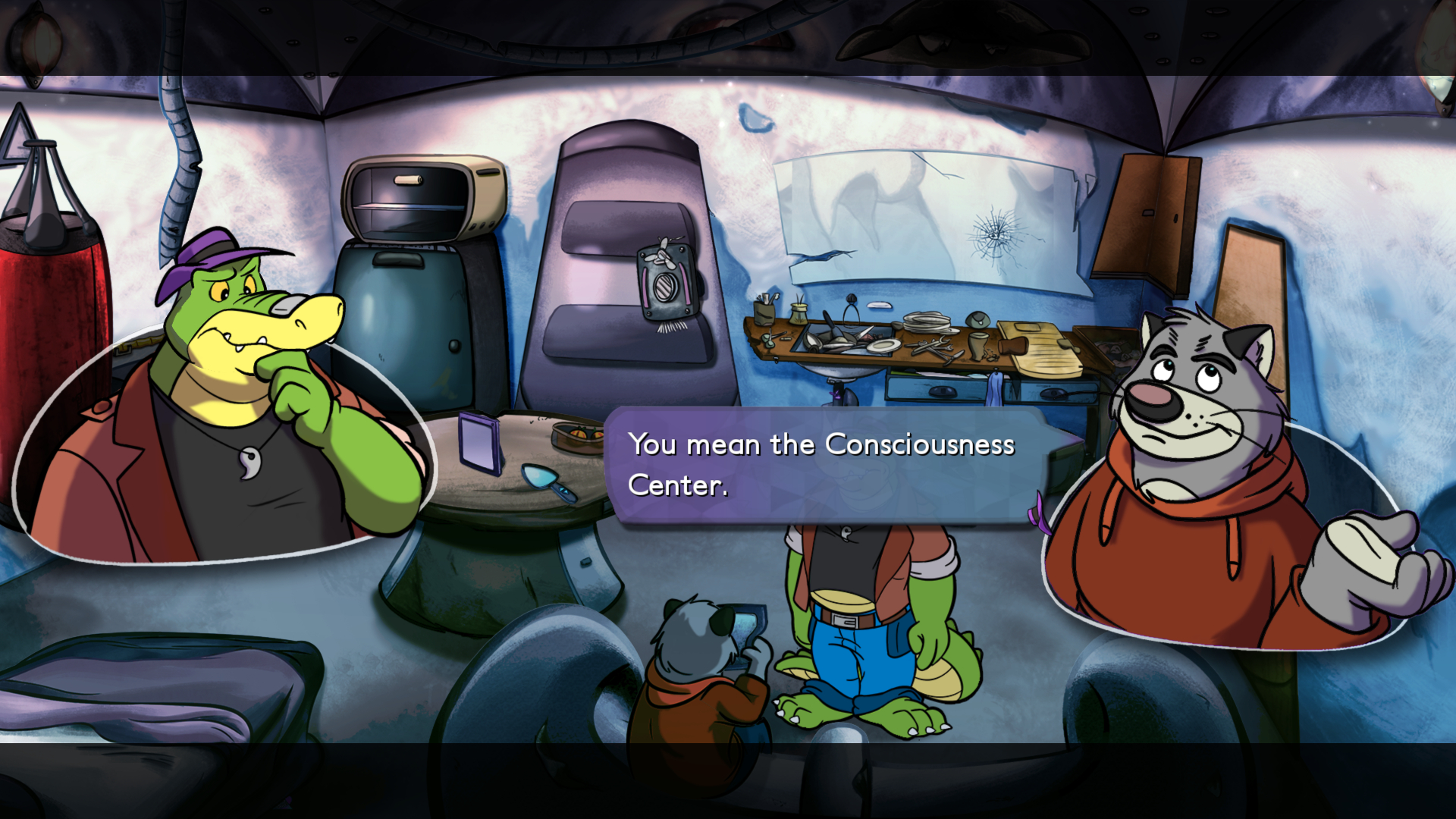
The voice acting in Brok is definitely one of it’s outstanding features. Each anthropomorphic character sounds exactly how they look like they should, with each actor bringing their character to life in ways that I’ve seen big triple A titles fail to implement well. The cast are well sourced, with the leads having worked on a vast number of other games and animated titles to boot. The game’s aesthetic is also very pleasing, it’s bright colours, sharp lines and cartoony artstyle making me feel like a kid again, waking up at the butt-crack of dawn on Saturday morning to sit in front of the TV and watch classic 90s ‘toons like Dexter’s Laboratory. The nostalgia is real, folks.
For anyone yet to pick up this great title by COWCAT, I highly recommend not sitting on it. It may not be the most multifaceted of games, nor the most strenuous, but it has plenty of heart and a ton of character, the story is solid and the investigations are fun to solve. At roughly 14+ hours to complete, it doesn’t require a large commitment, so you can continue to grind those battlepasses (looking at you, Overwatch!) and then wind down at the end of the day with our resident reptilian, BROK the InvestiGator!


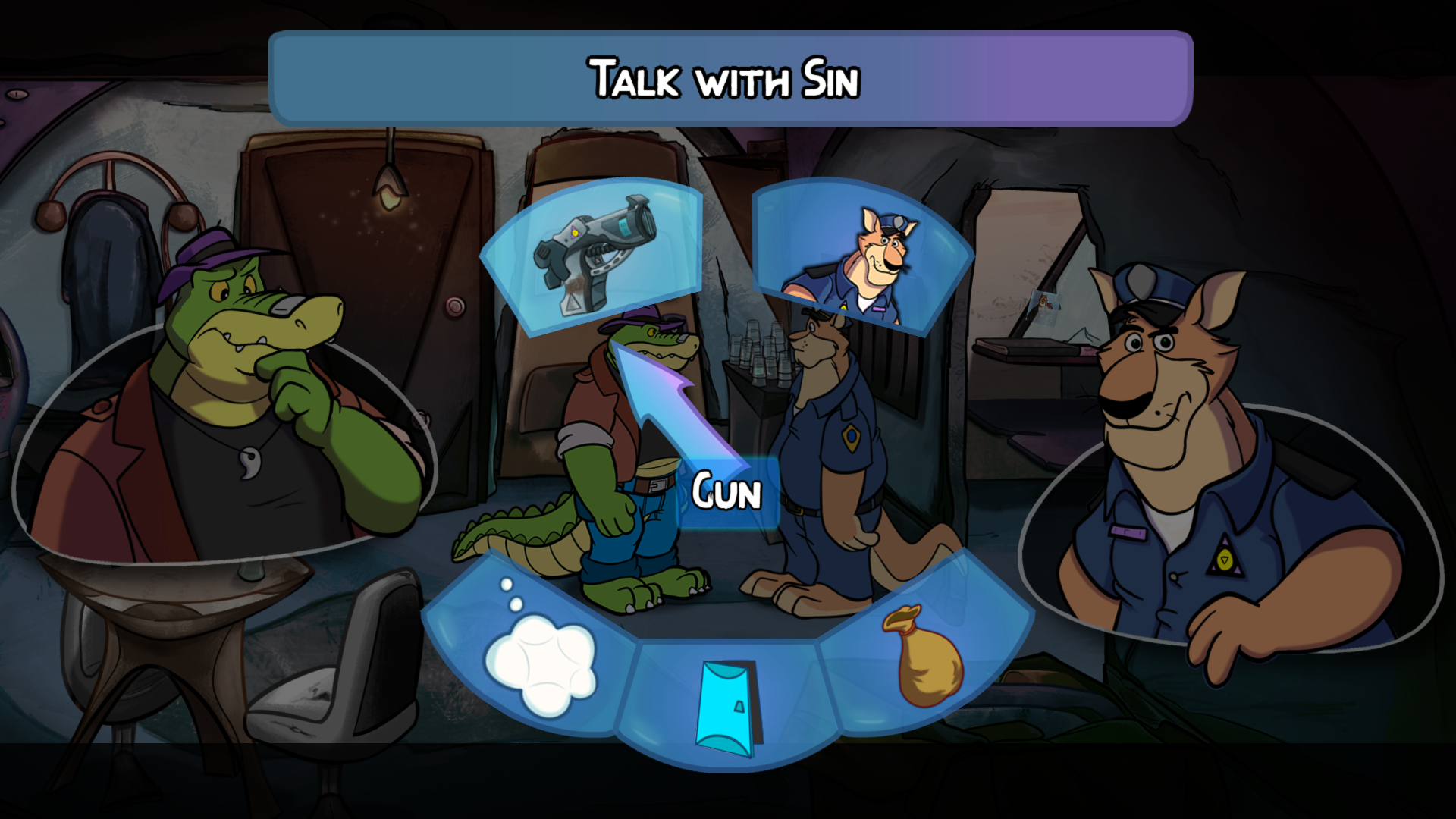
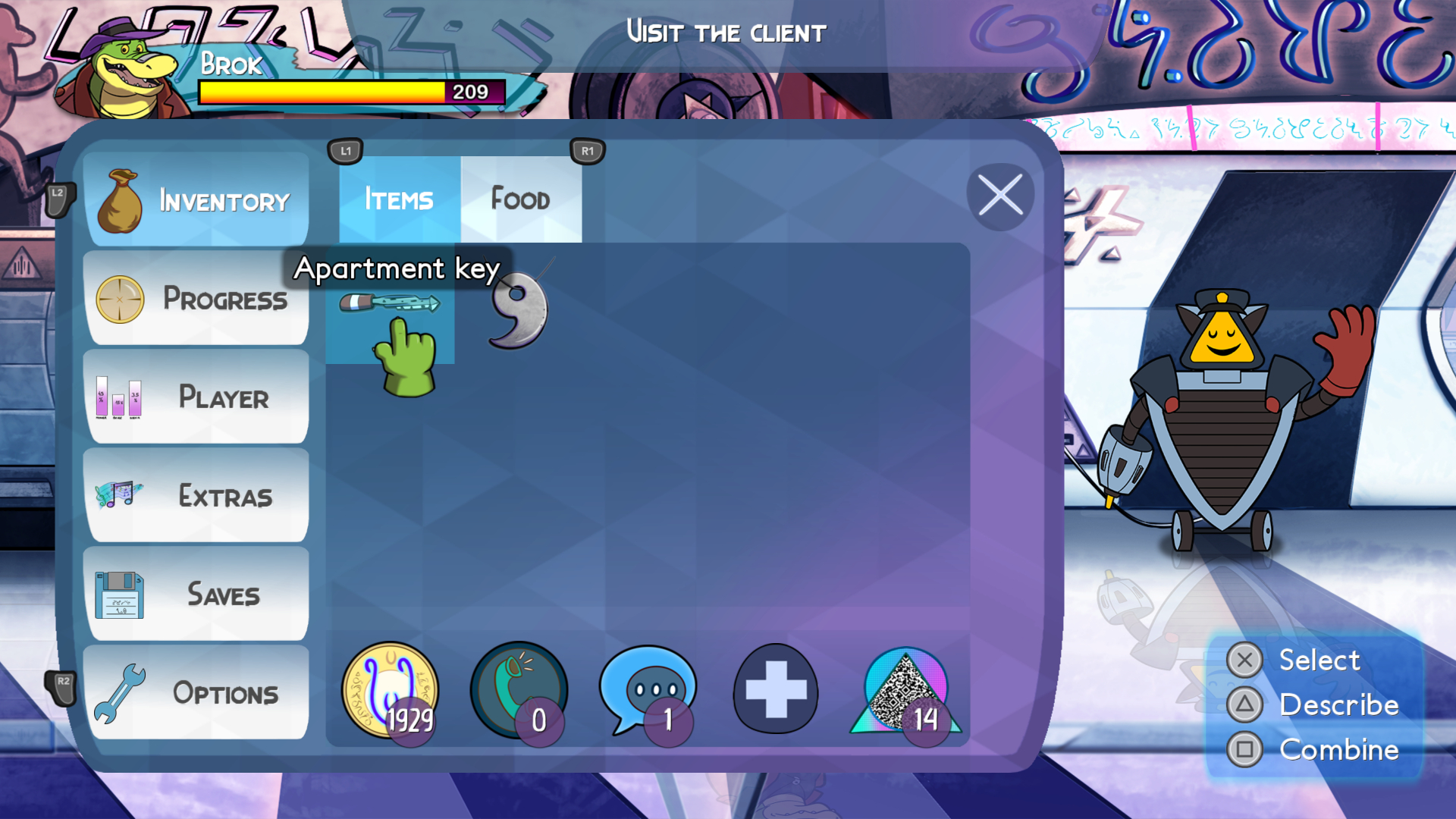

In the interest of full disclosure, VGamingNews was provided with a copy of the game in order to conduct this review.
Thanks for taking the time to read our review. If you’d like to support us further, please consider buying us a coffee!
Everspace 2
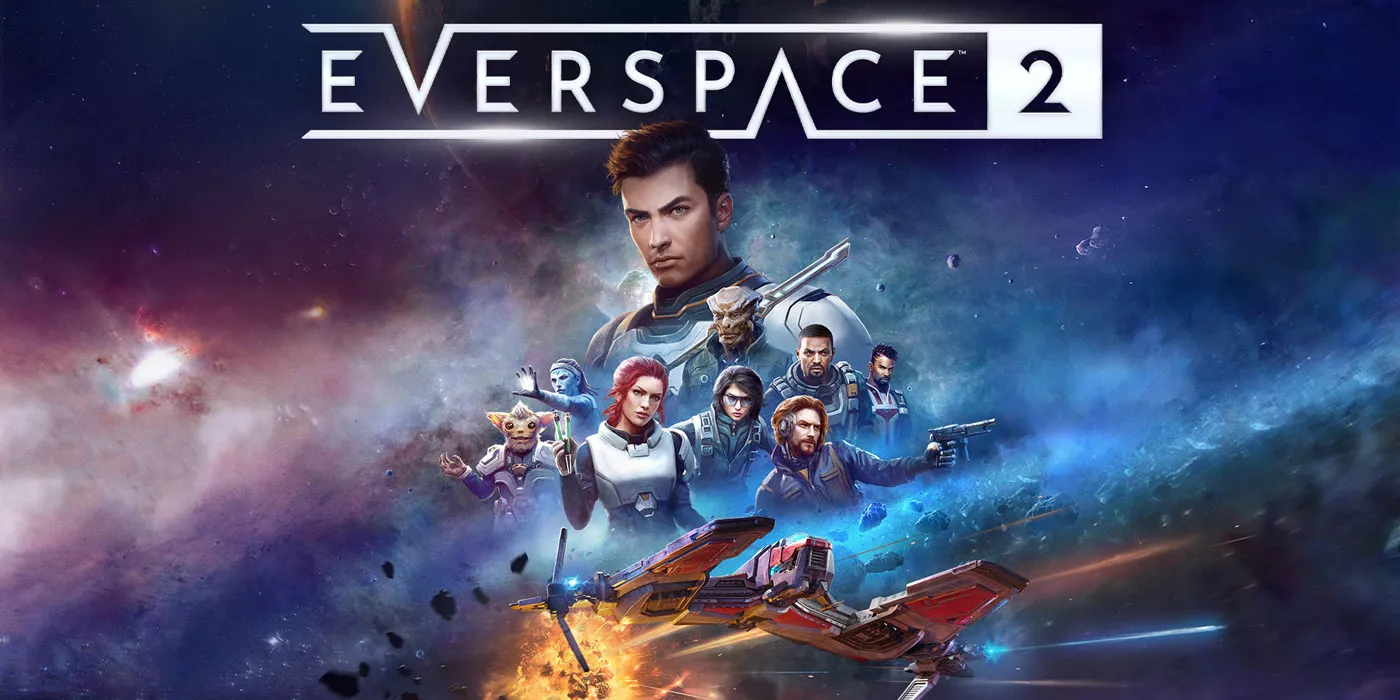

Everspace 2 is a space combat game from Rockfish, the followup to the successful run-based roguelite Everspace (2017), expanding the original game’s core gameplay into a more traditional narrative structure. The game was released on PC earlier this year but has just made the jump to current gen consoles at the tail end of the summer. It’s a solid shooter and easy recommend to someone coming from the like of No Man’s Sky seeking something a bit more combat-focused, but a harder sell to anyone with experience in the more simulation-adjacent space of the like of Elite: Dangerous. Everspace 2 instead acts more as a gateway drug to those interested in the concept of a Serious Space Sim™, but cautious about jumping in.
At A Glance
| EVERSPACE 2 | |
| Positives | + Fun arcade action + Big world(s) to explore + Lots of customisation options |
| Negatives | – Slow paced opening – By-the-numbers story – Not much depth |
| Overall | 7 /10 |
| Played On | PS5 |
| Also Available On | PC, Xbox Series X|S |
| Find out about our scoring policy here. | |
To get it out of the way early, Everspace 2’s greatest sin is that it thinks much more highly of its narrative than is perhaps warranted. Early on the game will frequently stop you so it can exposit more story at you, none of which is delivered particularly well. You play as a generic, brown-haired white (space) American guy in his early-to-mid-twenties, who you will recognise from ten thousand other mid-budget action games of the last… well, forever basically. All rough edges or interesting personality quirks have been sanded off to make sure that you, statistically a brown-haired white (non-space) American guy in his early-to-mid-twenties, can easily identify with this character. Honestly, I don’t mind a game giving me a set character – some of the best experiences I’ve had in video games have been with proper authored characters, even those fitting the mould of that stereotyped video game guy – but please, developers, I beg you, if you’re going to give me an authored character, at least have the decency to actually write them. I can see no reason at all the game couldn’t have let you have some input into your character – you’re going to spend a fair amount of time with them, after all, and it’s a great shortcut to building an immediate relationship with the protagonist.
Once given a little time to develop organically, the story and setting themselves aren’t too bad, but nothing here is going to set the world on fire. There are some interesting characters and world-building, but the delivery and writing is pretty wooden and oddly slow-paced. In short, you’re a clone-pilot as in the first game, but the “respawning” function (Everspace’s in-world justification for the roguelike structure) no longer works, so I guess now you’re just a guy? The plot pretty quickly dovetails into running missions for a variety of characters, all of which essentially boil down into: a) fly to a place and b) shoot some things.
Luckily, then, the moment to moment gameplay of shooting some things is largely solid. We are very much in arcade-shooter territory here, rather than anything approaching a sim, and the physics of space are entirely Star Wars as opposed to anything more complex. I was reminded far more of something like Descent (1995, yes I am old) than the more meaty offerings of an Elite: Dangerous or even Star Wars: Squadrons. Enemies are numerous and varied, though identifying them can be tough – more often than not I was working out threats based on the HUD readout of hull/shield values rather than silhouette.

Your ship build is treated very much more like a character in a looter-shooter than a machine, again due to the arcade-over-sim sensibilities of the game, with all that is to be expected of the genre – colour-coded item rarity and the ability to swap equipment out on the fly (literally). There’s a good variety of weapons that feel different from each other and have different applications – knowing when to swap from projectile guns to lasers has real impact – with missiles being a favourite of mine: visually great and highly effective. There’s also a whole truckload of extra kit and inventory to play around with, active and passive effects to juggle and, of course, a variety of hulls to upgrade to as well, functioning almost like classes though also bringing in differences in manoeuvrability as well as tankiness and upgrade slots. Defeated enemies will drop items and resources, of which there are many. While combat is the game’s main focus, inventory management is a close second. It’s a heavy price to pay, but the wide customisation it offers does let you really play around with a great variety of play styles – for the min-max minded player there is a lot to dig into, though the challenge of the game never really forces you to interact with this beyond the most cursory depth if you don’t want to.

Levels are well designed, managing to avoid the wide open expanse of, well, space, but keeping things sparse enough that it doesn’t feel claustrophobic. The game works on a series of instances scattered throughout a half-dozen or so star systems, which you jump between through FTL (faster-than-light, the not-quite fast travel option for the game). I was somewhat surprised that this isn’t seamless, as the design strongly suggests this was the goal, but instead while you leave an instance and jump to FTL travel, zooming about the star system, when you drop into a new instance there’s a brief loading pause and black screen before you’re in control again. Given the parallels in game-feel and (assumed) audience to No Man’s Sky, this feels quite disappointing. FTL travel itself is also a little awkward, as while you can technically fly around manually, actually doing so is fiddly, and lining up an exit seemed particularly finicky to pull off. Better instead to rely on the autopilot, with the added benefit that you can look around at the stars and planets flying by.
Everspace 2 then is overall a competent space-combat based looter-shooter in the sheepskin of a space-combat sim. Come to it knowing what to expect and there’s a good few dozen hours of simple fun to be had, but I’m not convinced it has the systemic depth to truly rival either the looter-shooter or space-sim heavyweights on their own turf.
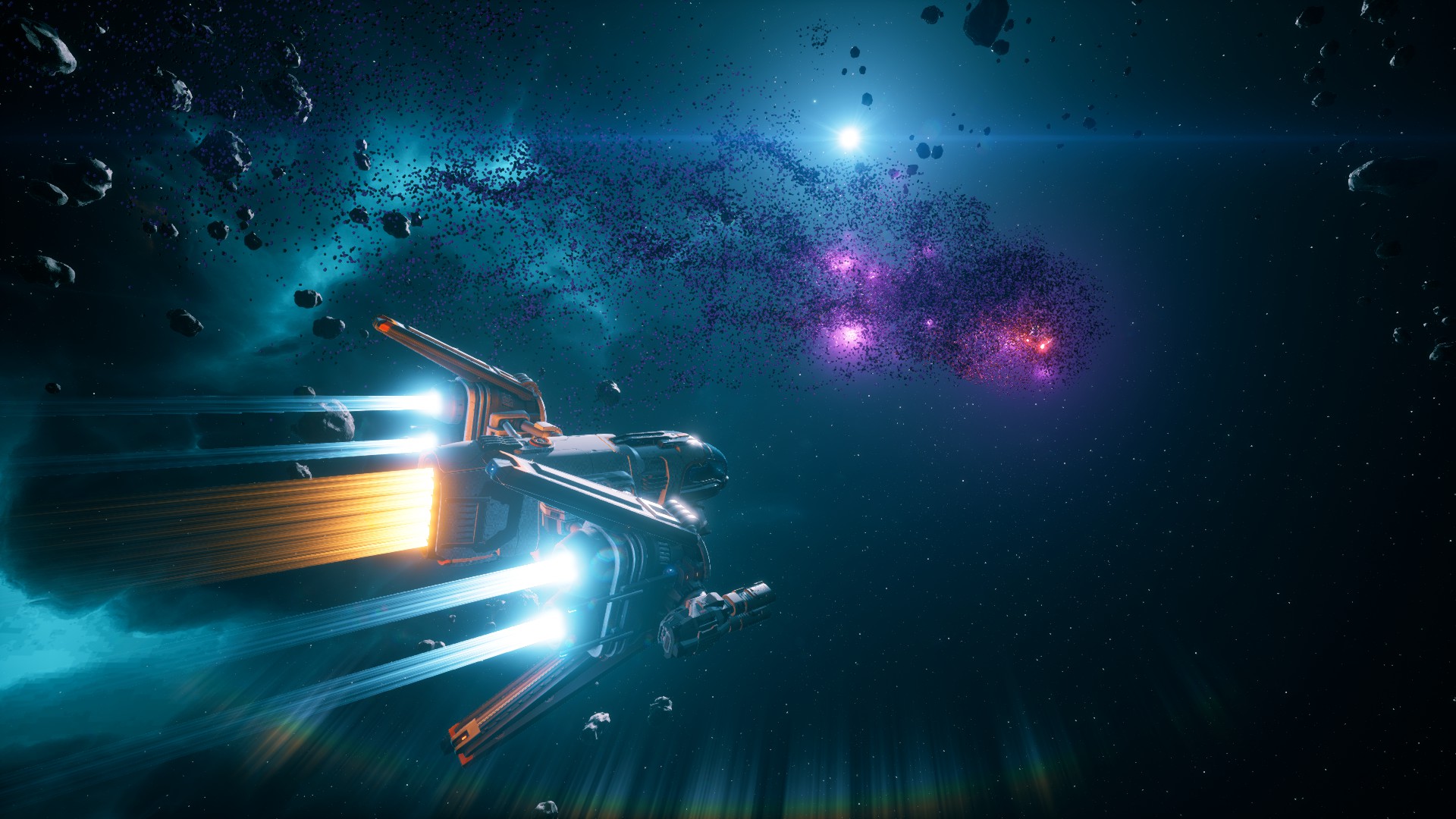
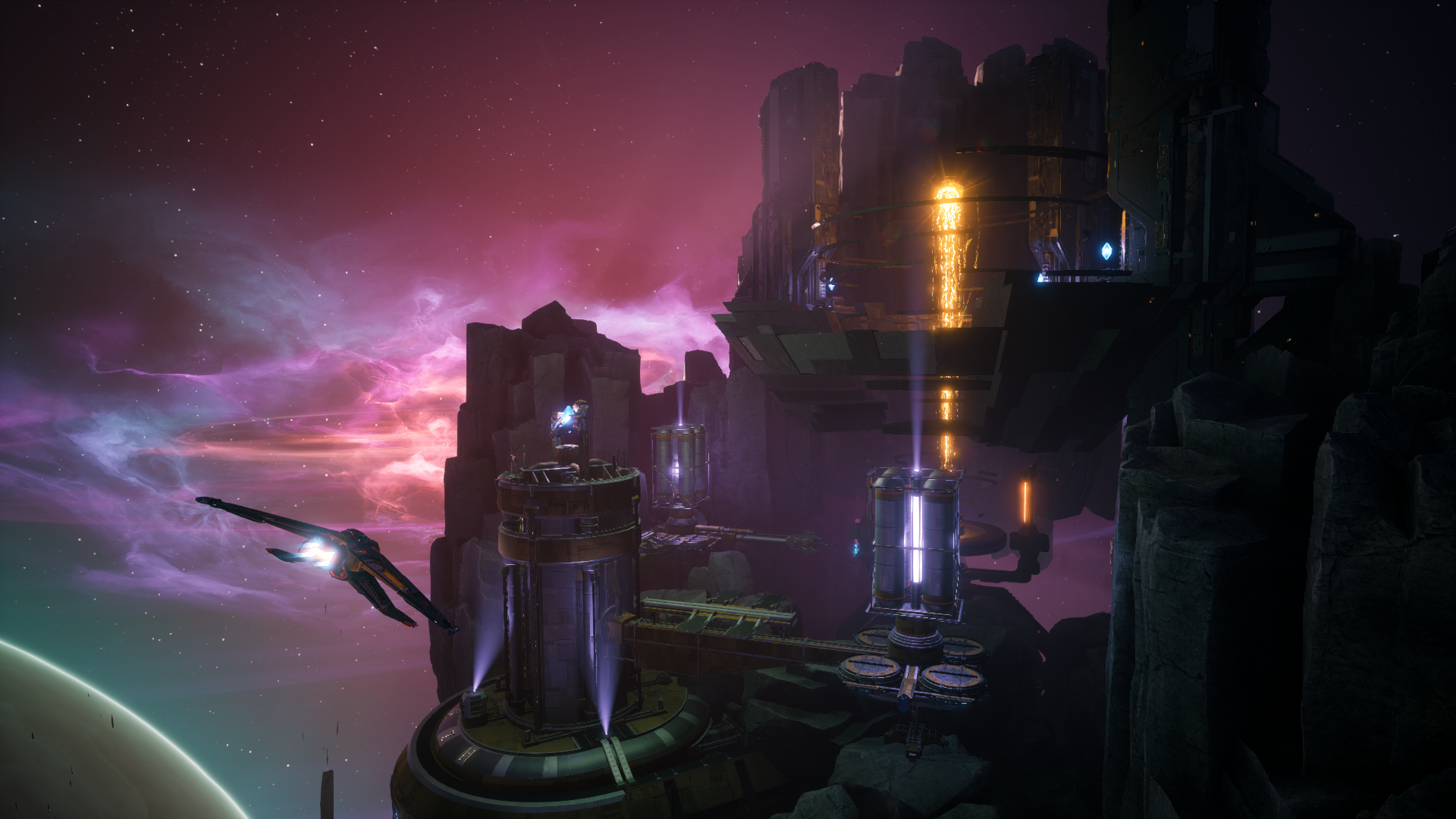
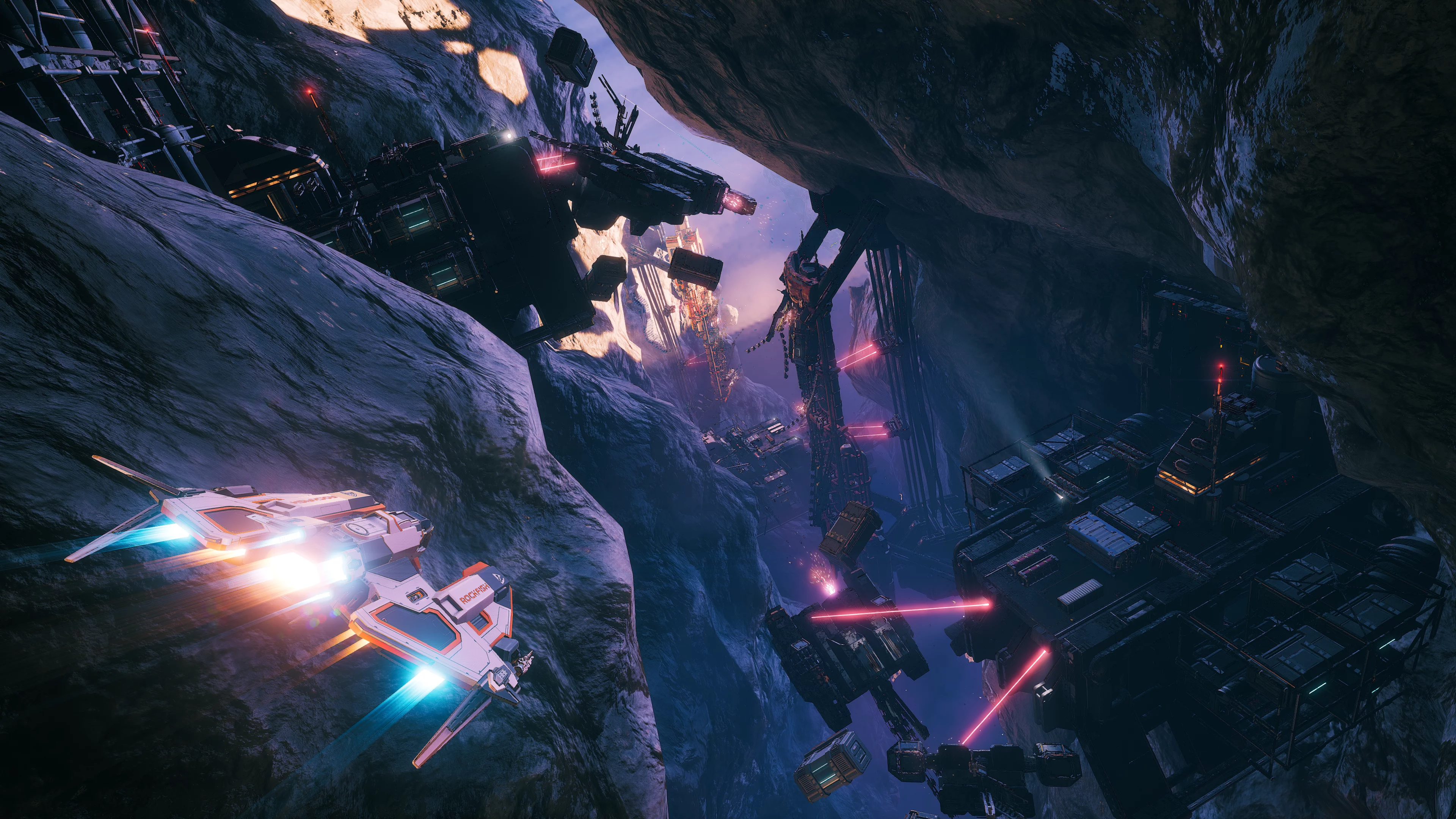
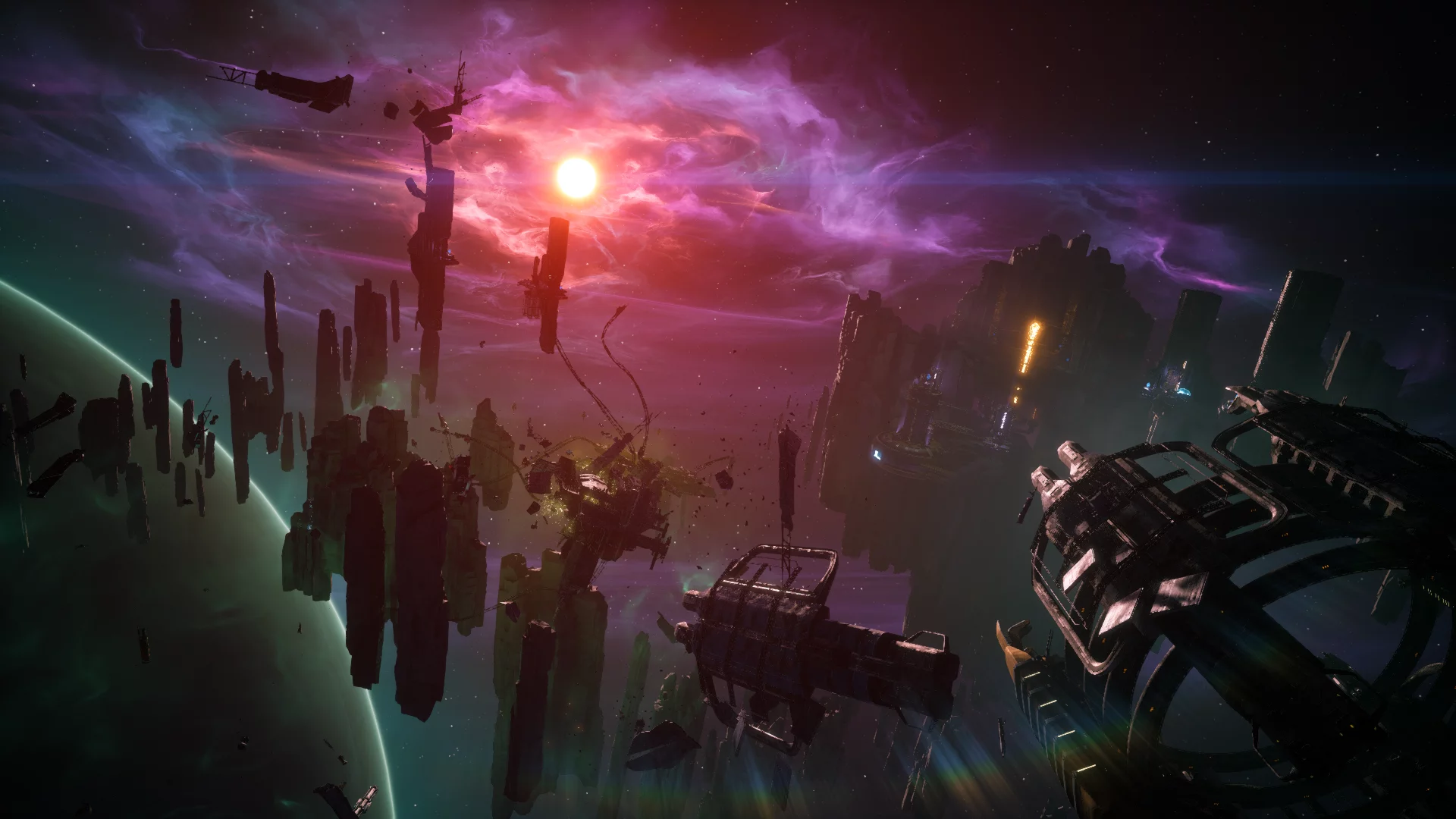
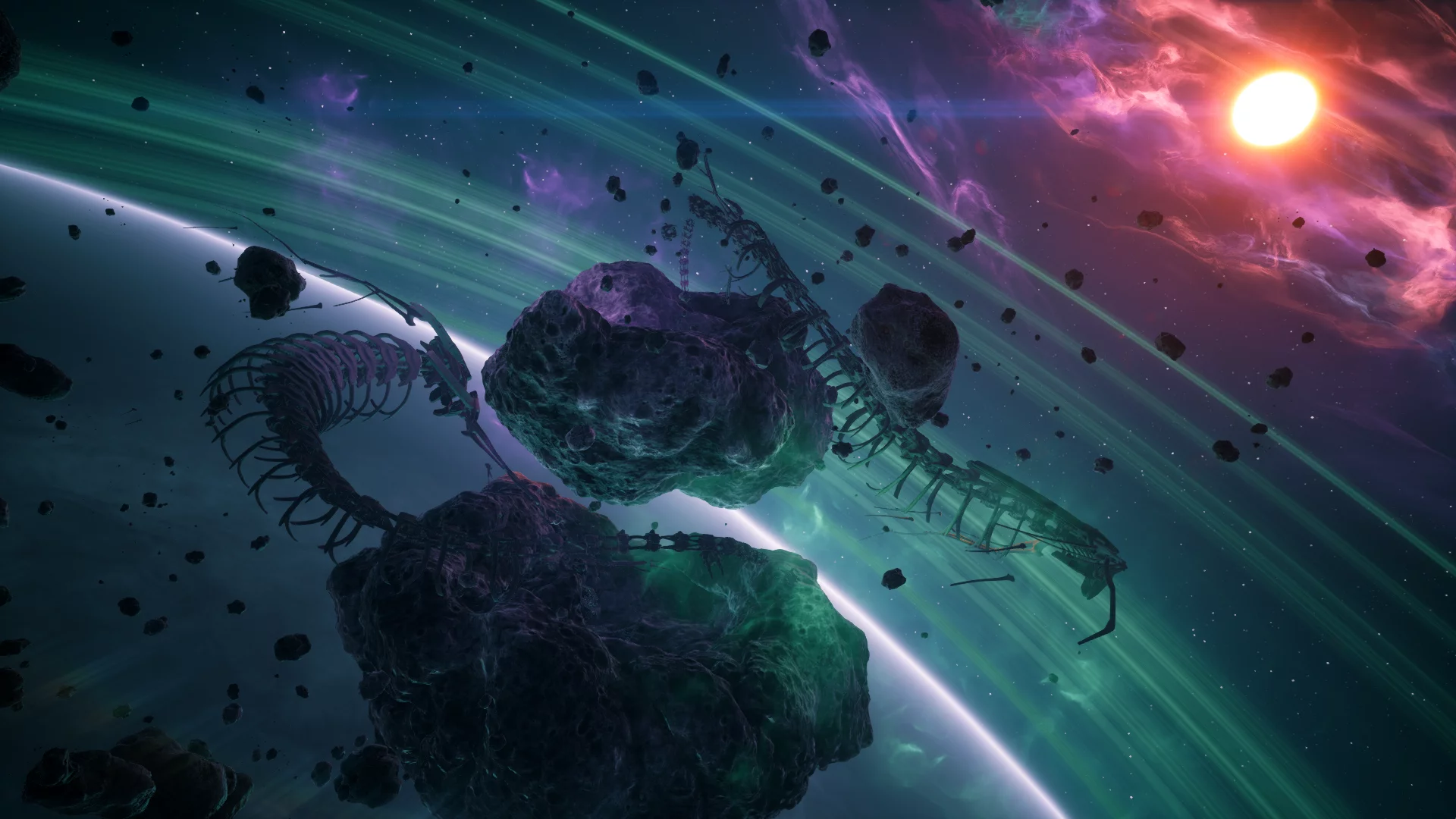
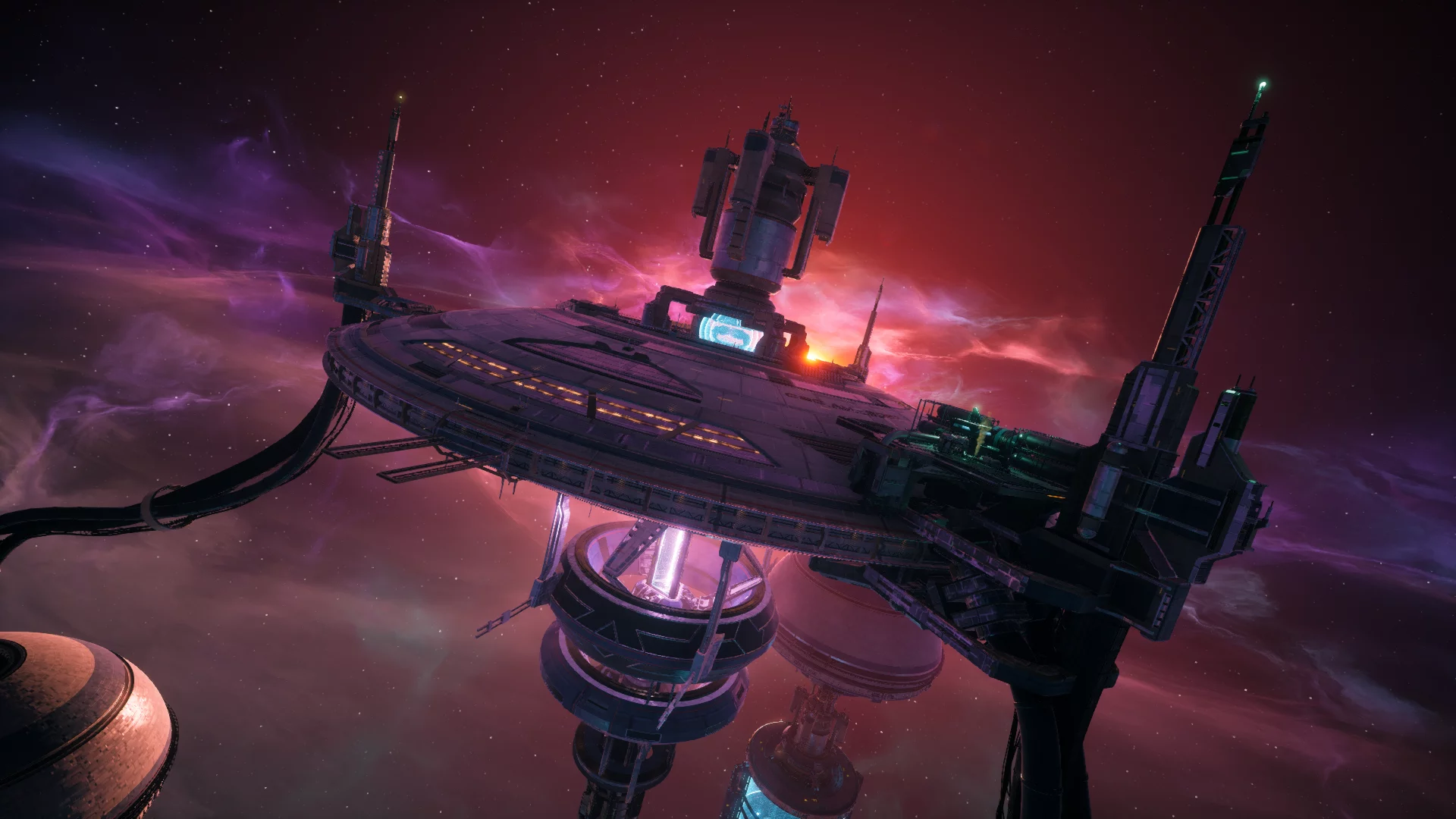

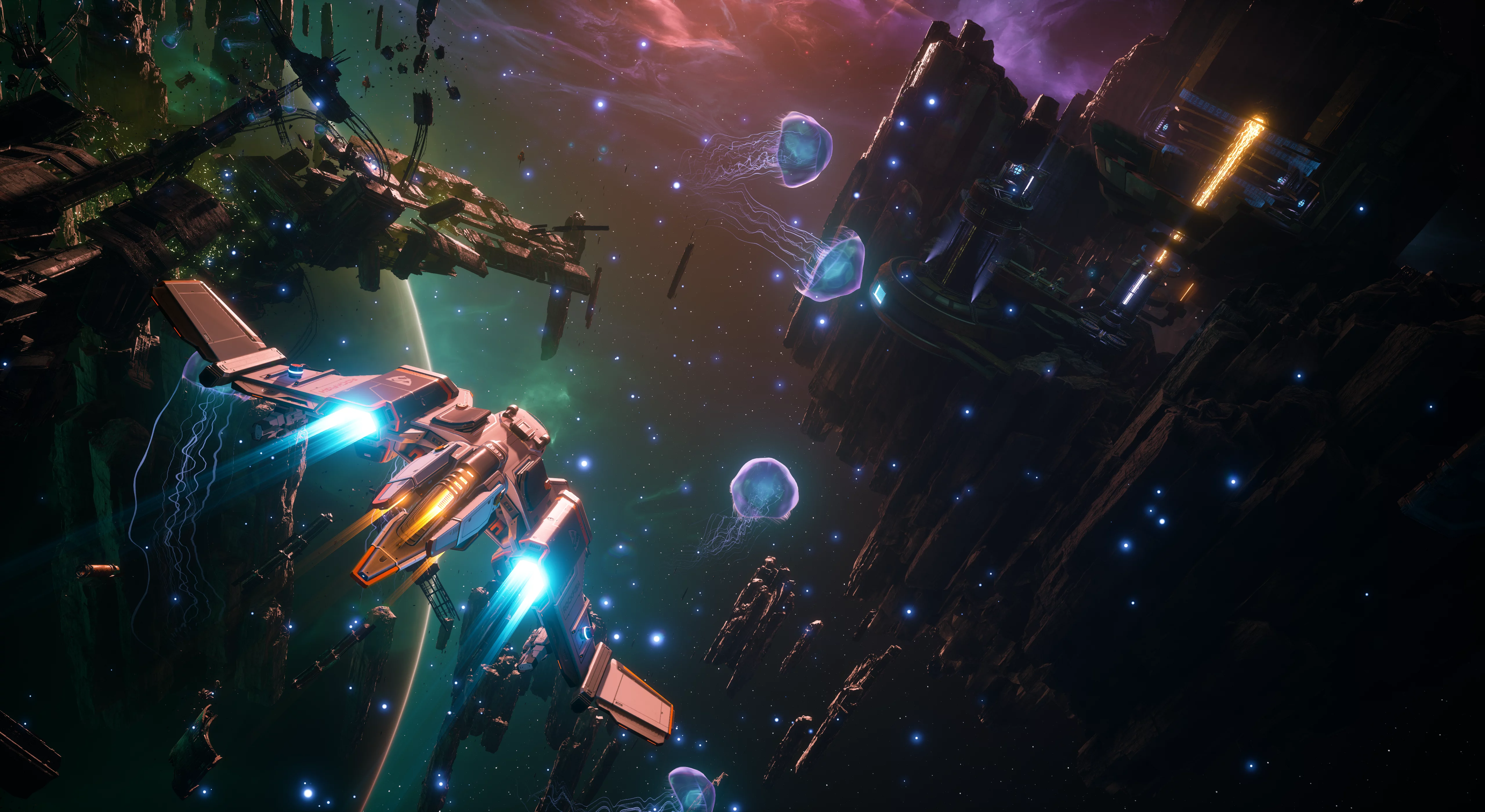
In the interest of full disclosure, VGamingNews was provided with a copy of the game in order to conduct this review.
Thanks for taking the time to read our review. If you’d like to support us further, please consider buying us a coffee!
Rayland 2
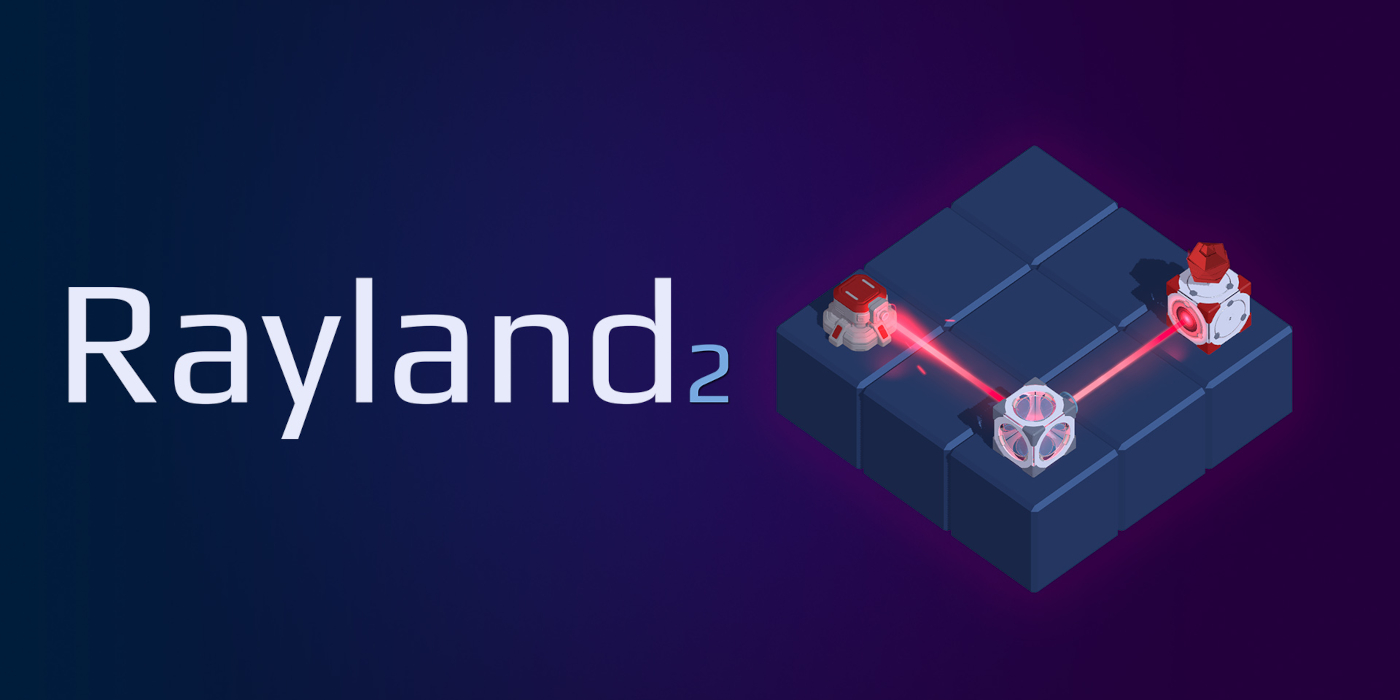

To paraphrase Ross from Friends, when I finish work I want to kick back with a puzzle – beer, cold beer. Below my cool and witty exterior, I’m entering my 80-year old era where I curl up on my chair with a fresh cup of tea and test my noodle with the latest brain teasers. Although I do love the lifestyle, I’m not quite an Octogenarian yet, so rather than thumb through the Sunday Times or whatever the older generations do their crosswords on, I prefer a controller and a big TV. Games like Tetris, Lines and Picross have been a staple in my game library for a while, so when Rayland 2 from Naoka Games was floated across our desks, I donned my favourite slippers, made the perfect brew and sat in my favourite chair to give the latest puzzle game a run through.
At A Glance
| RAYLAND 2 | |
| Positives | + Brain teasingly devious + Puzzlingly good looks + Great difficulty curve |
| Negatives | – Over too quickly – Barebones presentation – Not enough puzzles |
| Overall | 6/10 |
| Played On | PS5 |
| Also Available On | PC, PS4, Nintendo Switch, Xbox Series X|S, Xbox One |
Following on from the inaugural 2021 game, Rayland 2 from Naoka Games and EastAsiaSoft is set in the world of the same name. You play as a floating, invisible engineer of sorts, where you reflect laser beams around an isometric arena in order to give power to the wider Rayland island. Over the course of fifty levels, you’ll line up boxes to guide coloured light to their intended targets, a task that gets progressively more difficult as time ticks on. As you’d expect with a game of this type, the story isn’t the reason why we are here, so I wasn’t too lost having not played the first game in the series.
I did enjoy the attempt at the world building Naoka Games have tried to put into Rayland 2, but it feels like this was more of a way to fill out the word count on the PlayStation Store page. There is no mention of any story whatsoever when booting up the game and there is certainly no opening cinematic to speak of. As soon as the “New Game” option was selected, it was time to start my journey across the world.
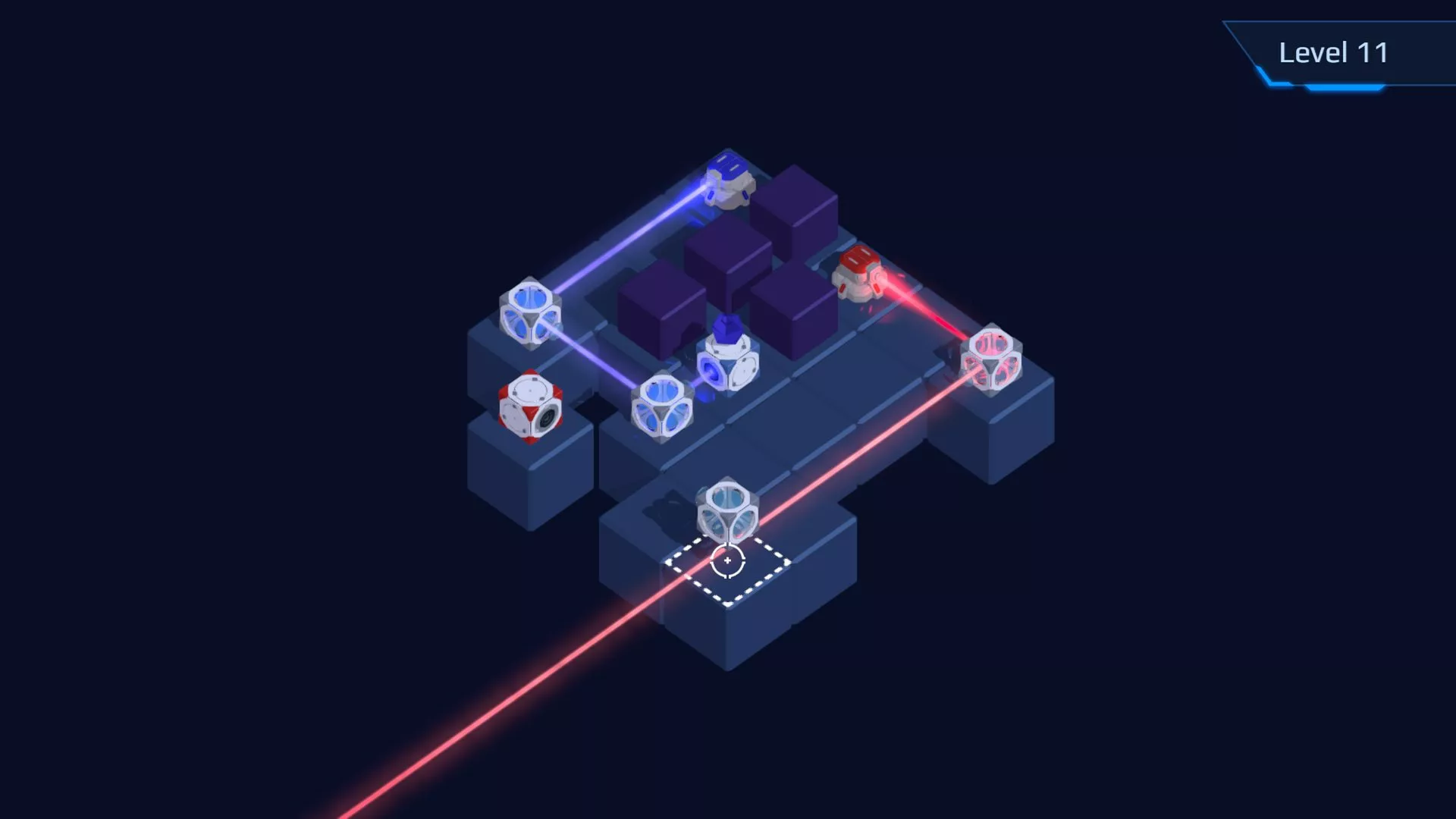
Rayland 2 likes to keep things simple and to the point; the first level introduced me to the game’s key mechanic, placing blocks in the path of a red light to direct the laser to the intended target. After a few more levels, Rayland 2 builds on this by introducing different coloured lasers, each with their own goal to target. It’s not exactly groundbreaking stuff, but the tutelage of new mechanics was well paced, although it did mean the first half of the game was relatively straightforward. That being said, just as I was ready to write off the game as a cheap trophy hunting game, the difficulty shifted up a gear.
The introduction of several lasers and minimal resources meant that the latter half of the game was a real chin-scratcher, as I tried to make everything work in tandem. Rather than being frustrating to the point of launching my DualSense at the wall, each puzzle in Rayland 2 had a logical approach that required a few minutes of thought to clear a stage. Having to work things out and being able to take my time, thanks to the lack of any time limits, left me feeling satisfied when I worked out how to progress.
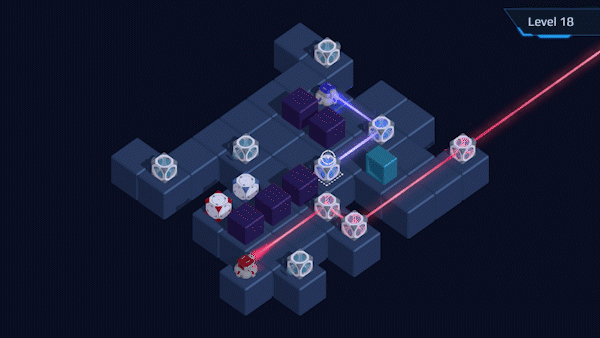
Fifty levels making up Rayland 2 may seem like a lot but for a puzzle game, it’s simply not enough for anyone to get their teeth into. A £3.99 price tag might seem reasonable but the game was cleared at a casual pace in just over an hour. Considering there are other options for a similar price that offer a lot more content, this is a disappointing pill to swallow, despite both PS5 and the identical PS4 version being included in the price. As is the lack of, well, everything. Once the game is cleared, that’s it. There’s no other options to speak of: no timed mode or even a leaderboard, so there’s very little reason to replay the levels in Rayland 2.
It’s not only the lack of features that goes against Rayland 2, the graphics, while just fine and serve a purpose, don’t really set the world on fire. The environments are sterile and the only colours that pop are the tiny lasers. Equally, the soundtrack was just repetitive enough that it slipped into obscurity rather than being annoying or distracting. I was left thinking that all of the effort was focussed into the puzzles while the bare minimum was applied everywhere else. Little touches like having a second button to rotate the blocks counter-clockwise, or a quick reset button instead of having to open up the menu and click restart would have added that extra polish to a game that was rather fun while it briefly lasted.
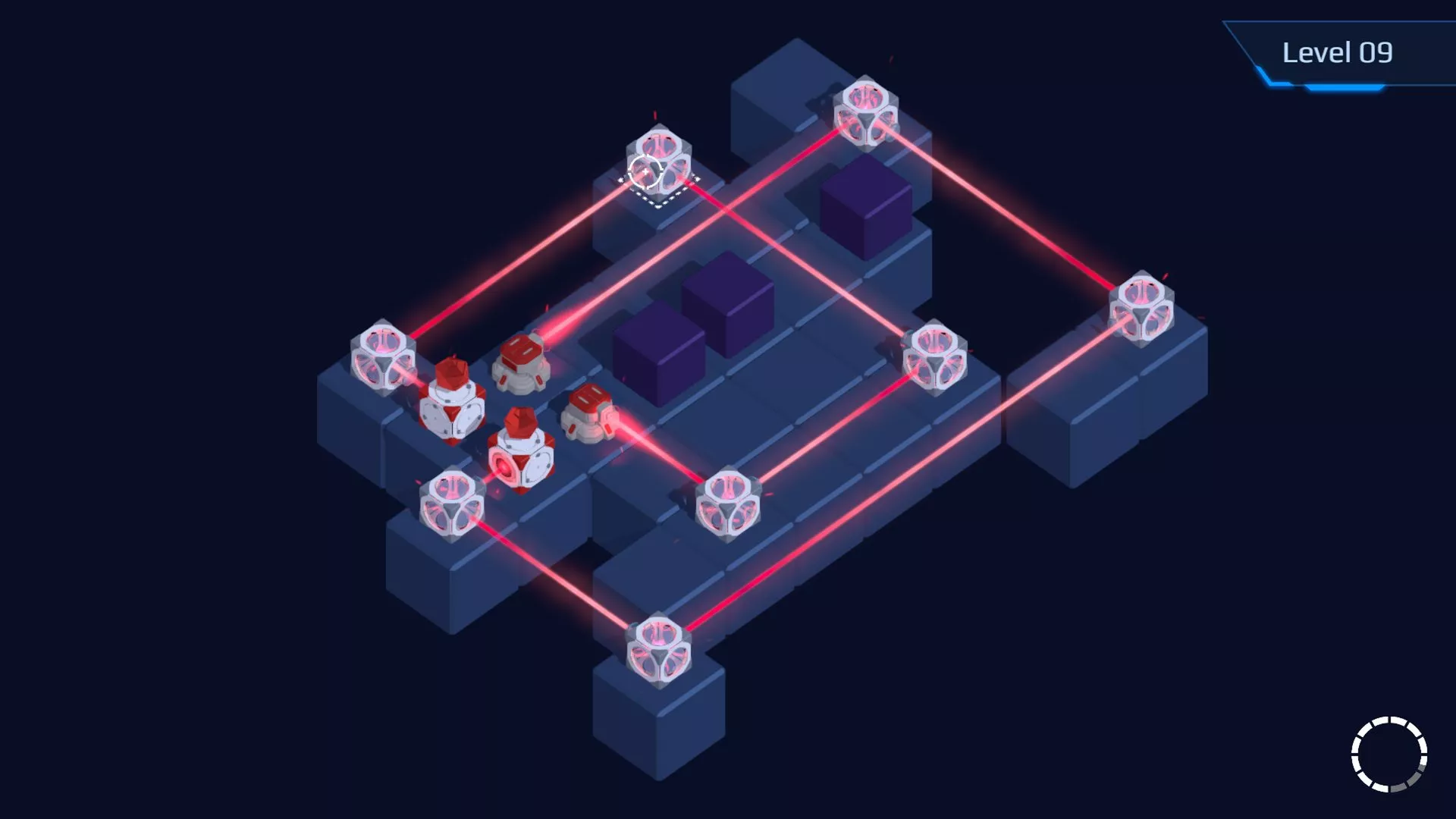
I can’t stress how satisfying Rayland 2 was while I was playing it, especially in the later levels, when multiple lasers of different colours were introduced and the difficulty became challenging. The trouble is that the game leaves you wanting more and not in a great way. The minimalist features are a little too bare bones, and the number of puzzles is simply not enough as the game can be beaten quickly. When compared to games like Lines or Picross, which offer 10x the content for a similar price point, Rayland 2 gives the sense of being too expensive, even with its low price point. That being said, while it lasts, Rayland 2 has a simple concept that excels at testing the abilities of all players, and those looking for a tough-but-not-taxing puzzle game will definitely find it here.


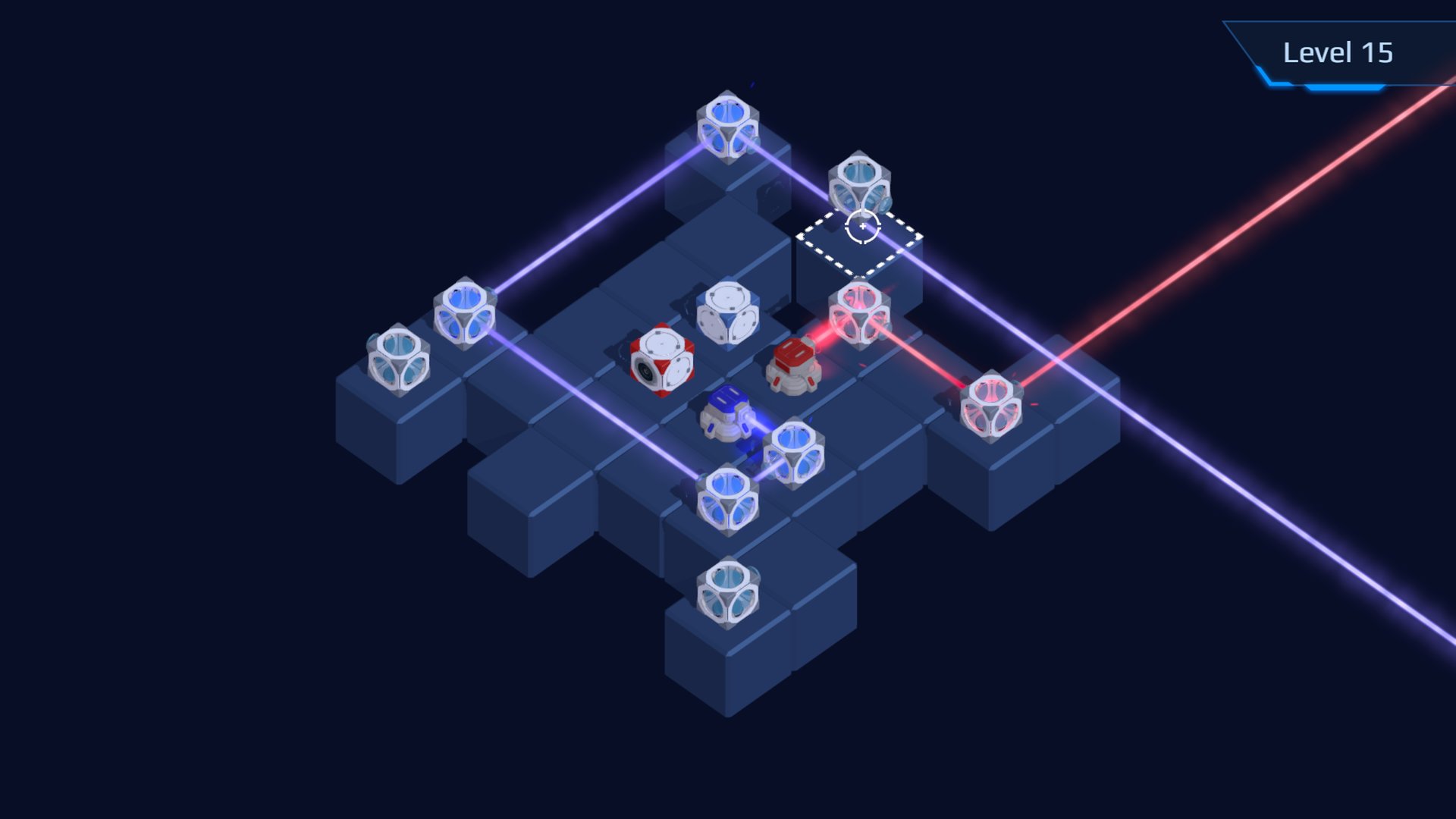
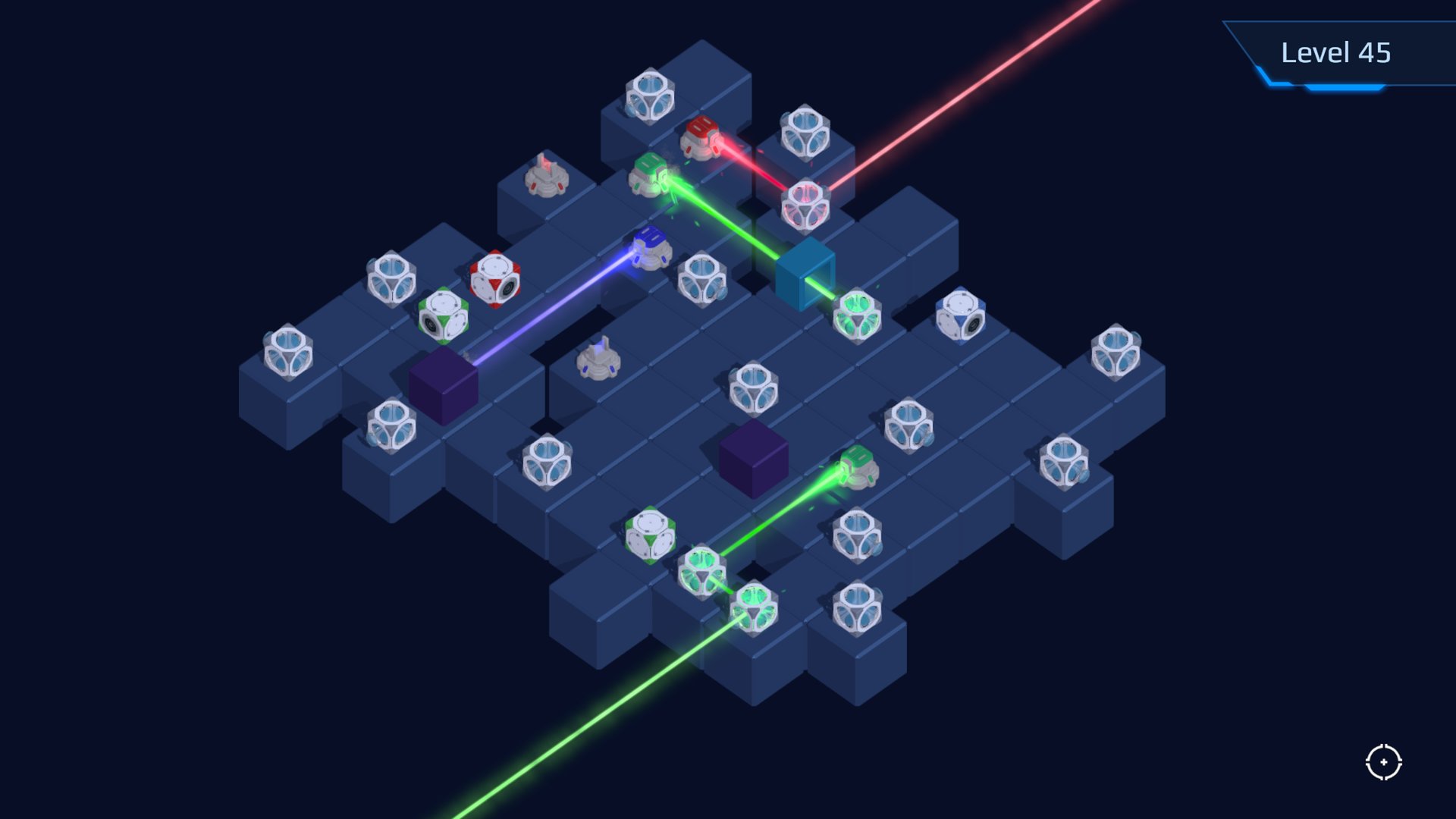
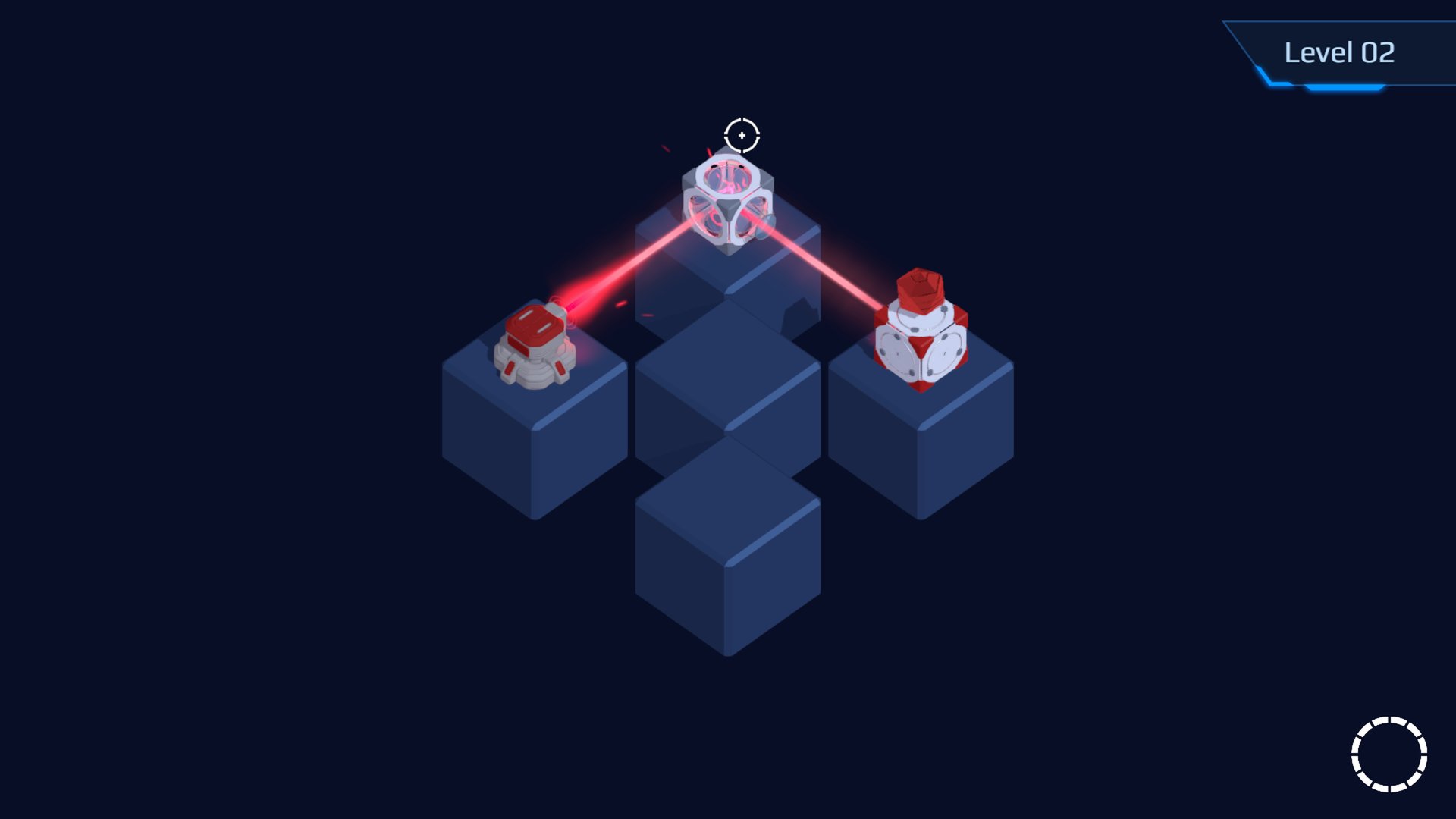
In the interest of full disclosure, VGamingNews was provided with a copy of the game in order to conduct this review.
Coffee Talk
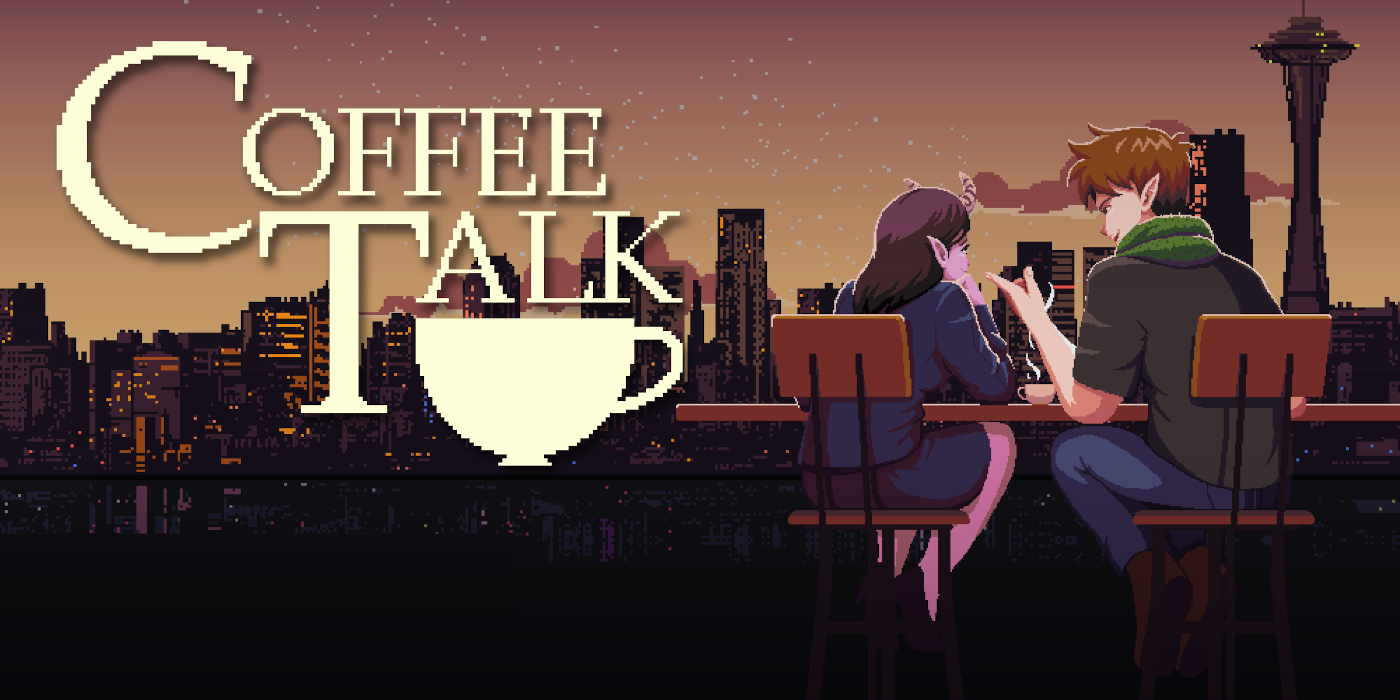

I don’t know about you guys, but I love a good people watching session. Nothing quite beats sitting down in a comfy cushioned chair in a secluded corner of a coffee house, drinking something bitter and warm, watching as a myriad of people you know absolutely nothing about go on about their own lives, seemingly completely unaware that you’re even there. I can’t be the only weirdo that makes up my own narrative about total strangers’ lives, right? The only thing that could possibly be better than making up random life scenarios would be hearing all about those lives right from the horses’ mouths! I mean, it’s not technically eavesdropping if the people are having said conversations right in front you…
At A Glance
| Coffee Talk | |
| Positives | + Fantastic narrative + Relaxing whilst also engaging + Beautiful soundtrack |
| Negatives | – Fairly short – Heavy subject matter for some players – May not be complex enough for some audiences |
| Overall | 8/10 |
| Played On | PS5 |
| Also Available On | PC, PS4, Switch, Xbox Series X|S, Xbox One |
In Coffee Talk, a game by Toge Productions, you step into the shoes of a faceless, friendly neighbourhood barista, where not only are you charged with making delicious beverages from scratch, but you seemingly also moonlight as a therapist to weary visitors content on spilling the “T” to their resident coffee house proprietor (thankfully not the same delightful green tea latte you so artfully just crafted!) Essentially, Coffee Talk is a game where you make coffee and, you guessed it, talk! It takes the form of a visual novel with cute pixelated art of old, and is set in the fantastic version of Seattle, where you’re just as likely to bump into a long-eared elf, furry tailed neko, or a curly horned succubus as you are a regular human being.
Whether you’ve got a spare hour or two to sit down and really immerse yourself, or a fleeting 15 minutes, Coffee Talk is the perfect game to unwind with. Let’s be honest, as much as games are developed for the purpose of fun and entertainment, sometimes they can actually be incredibly stressful. From completionists hunting that last elusive trophy to boast the shiny platinum reward, to challenging puzzles and platformers where the slightest miscalculation of the analogues can send you careening back to the last checkpoint, there really can be a lot at stake. (We’re not even going to talk about those masochistic few that genuinely enjoy the gruelling punishment of FromSoft games – you know who you are.) Point being, the typical gaming experience nowadays can be just as traumatic as missing a deadline in your real life job. But not with Coffee Talk. This beautiful and serene game will have all of your daily worries simply melting away as you relax into the calming atmosphere of the world.
The flow of Coffee Talk is quite routine, with every chapter over a two week span opening to the headlines of the local newspaper, The Evening Whispers. Once you’ve gotten a taste (a sip, if you will) of the day’s events, you will start your evening by opening the shop and welcoming your nightly visitors. Most evenings you will be graced with the presence of regular and espresso aficionado, Freya. Freya is a journalist trying to break through into the novelist scene, and while her personality is generally very friendly and bubbly, she is often tired and burned out, running off strong coffee and little else as she struggles to pursue her passion whilst simultaneously keeping up with her work duties. As her friend, you offer her a sympathetic ear as she gripes about deadlines and insecurities about not being good enough, whilst also giving her some tough love on getting more rest and taking better care of her mental health. As every night passes, you see Freya develop, experiencing all of her ups and downs as you serve her coffee and listen to her woes, offering help and guidance wherever you can.
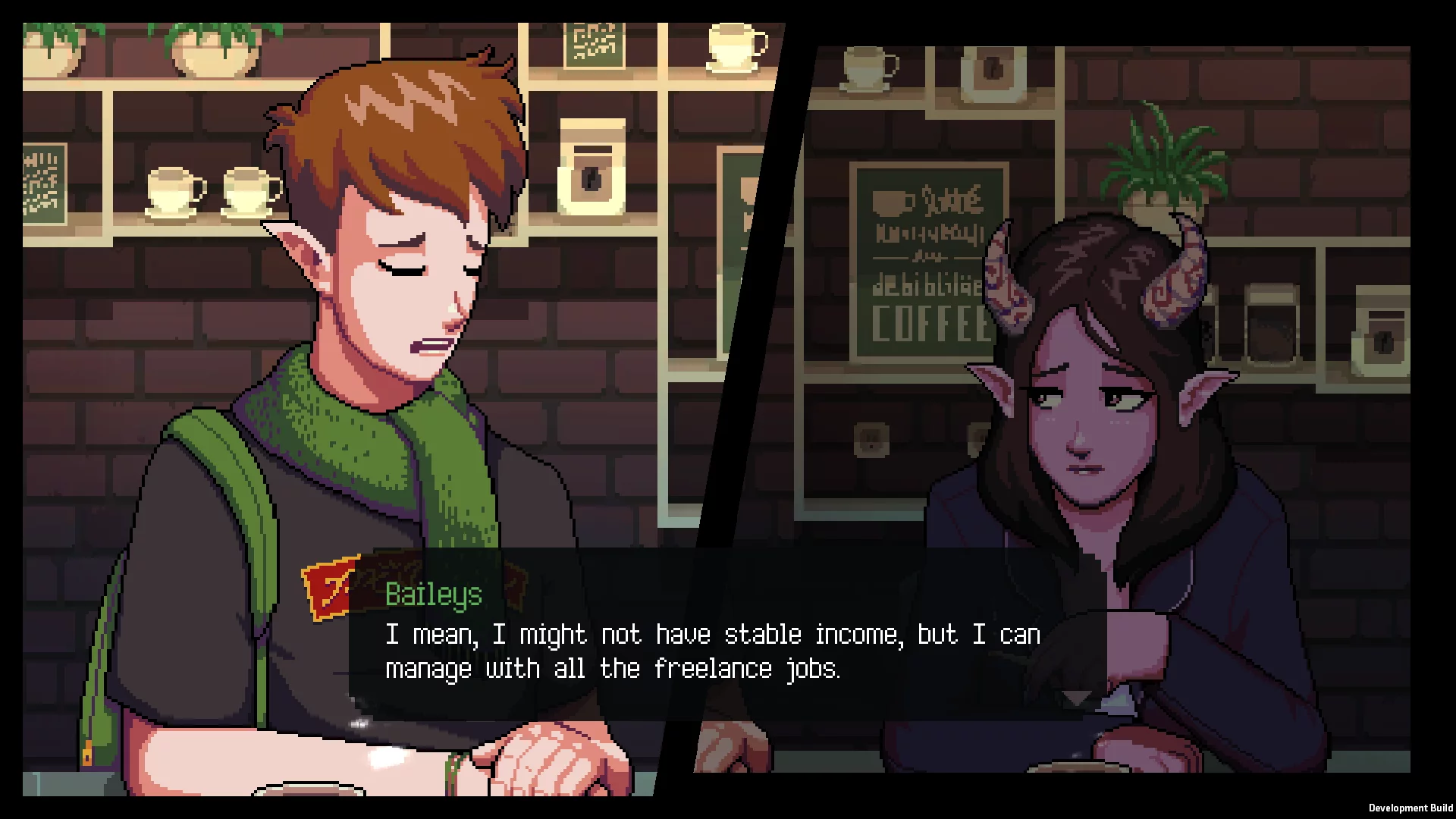
Similarly to Freya, the more you play, the more you will interact with your patrons, and the more of their lives you uncover. As the game is set in a fantasy parallel of Seattle, the patrons you encounter are… interesting to say the least! From an extraterrestrial in a space suit with a mission to breed with the inhabitants of earth, to a shy and socially awkward mermaid who happens to be an indie developer. And, of course, no supernatural narrative would be complete without the ever dark and brooding vampire, whose eternal youth and ethereal good looks have obviously landed him the rather prestigious gig as a male model. With game developer orcs, hospital worker werewolves and famous pop star nekomimis, there’s no shortage of colourful characters to form a connection with. Every character arc is unique and engaging, dealing with an array of quite adult and heavy societal situations. You will definitely go on a few emotional rollercoasters as the nights roll by and you delve deeper into the interesting and frankly chaotic lives of the characters around you – yourself included. It should be noted that, with elements of heartache, racism, homosexuality, and predatory behaviour towards a minor, the topics of conversation will not only keep you thoroughly bewitched, they could also be potentially triggering to some.
None of the game mechanics are too terribly complex or difficult. As you begin, none of the beverages are hard to make – you can only add a total of 3 ingredients, and some recipes only call for one or two different components. The challenge comes when customers start asking for trickier drinks with often cryptic clues as to what the ingredients may be. As you converse with your customer, they may ask for something straightforward, like a latte or an espresso. Not so bad, right? It’s when they hit you with “make me something warm but not bitter” that you’ve got to pop your mad scientist hat on and pull a Dr. Emmett Brown as you experiment with what’s on hand to conjure up what they need.
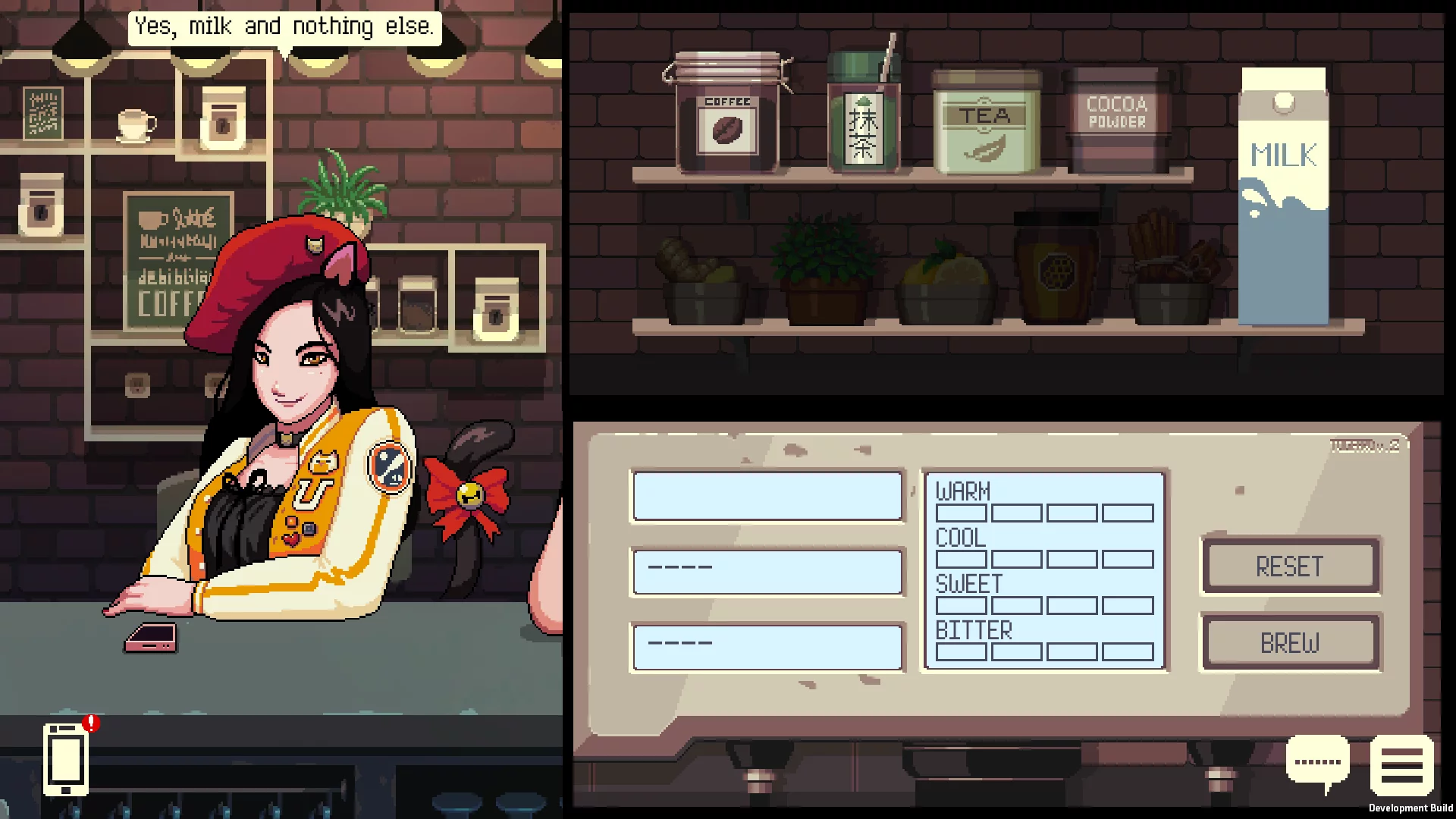
There are little gimmicky aspects to Coffee Talk too, for instance, you can practice your aspiring Picasso skills by creating latte art. Before you serve up the hot, yummy beverage, you have the option to show off your barista prowess and doodle all over the customer’s drink with milk. I, sadly, was not too proficient at this particular talent – though it didn’t stop me from trying every dang time, imploring those poor thirsty souls to wait as I spent upwards of 15 minutes trying to sketch a haphazard leaf onto the top of their gingerbread coffee… Oops! You also have access to a smartphone, allowing you to follow (read: stalk) your new acquaintances’ bios on a fictional social media app. The more interactions you have with a character, the more of their bio you will unlock. Another advantage of the phone is being able to look up all of your discovered recipes – score one for those of us with shocking short-term memories.
Another major plus for the game is it’s wonderful and soothing soundtrack. The music is so ambient and soft, it puts me in mind of games like Minecraft, where you can play and vibe out without a care in the world. Not to say that it doesn’t have it’s more high octane moments; the soundtrack is appropriately tense and even creepy where it needs to be, but when you’re simply hanging out with your patrons and calmly observing them in conversation, the tunes are so melodic they could put you into a peaceful slumber faster than the sandman.
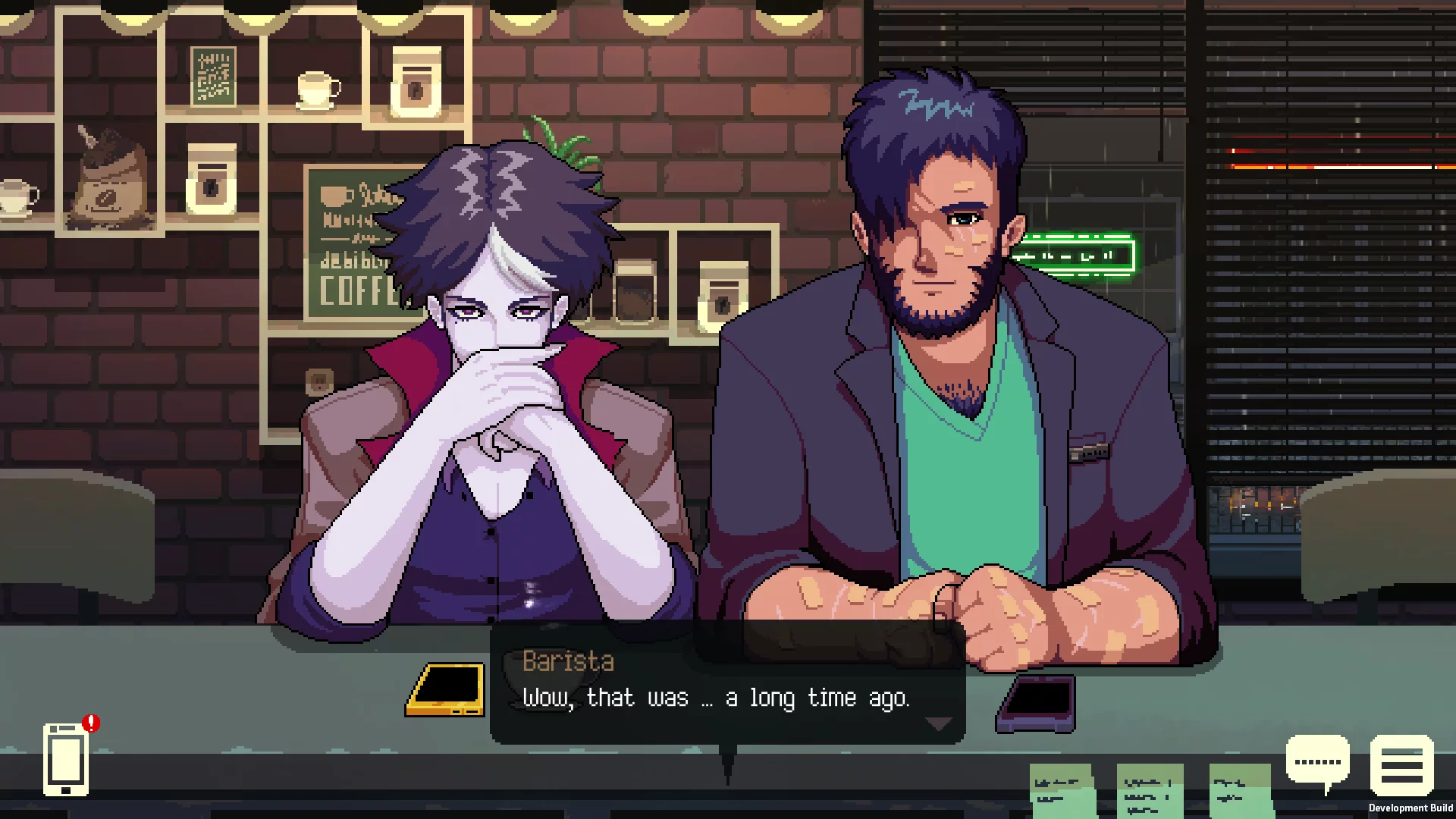
To whom it may concern, the platinum trophy is not too difficult to add to the collection. Most of the trophies are collected organically as you play through the story, and a lot are easy to mop up in the games extra Endless Mode, where you can make and practice as many recipes as your heart desires, with no time restrictions or game directives. Similarly, you can push yourself in the aptly named Challenge Mode, which charges you with making as many correct cups of coffee in a row as you can, with each accurate drink adding extra seconds onto the rapidly dwindling timer.
All-in-all, Coffee Talk is a soothing and welcomed balm against the fast-paced aggression of a lot of other games. You can take the whole experience at your own leisure, with no pressure to complete side quests, level up or defeat OP bosses. If you like to chill out and lose yourself in a quality, winning narrative, then this is the game for you. (I won’t go spoiling anything, but let’s just say there is more to our friendly resident barista that meets the eye!) For those who go on to play Coffee Talk and love it as much as I did, Coffee Talk Episode 2: Hibiscus & Butterfly is out now and I cannot wait to delve in!

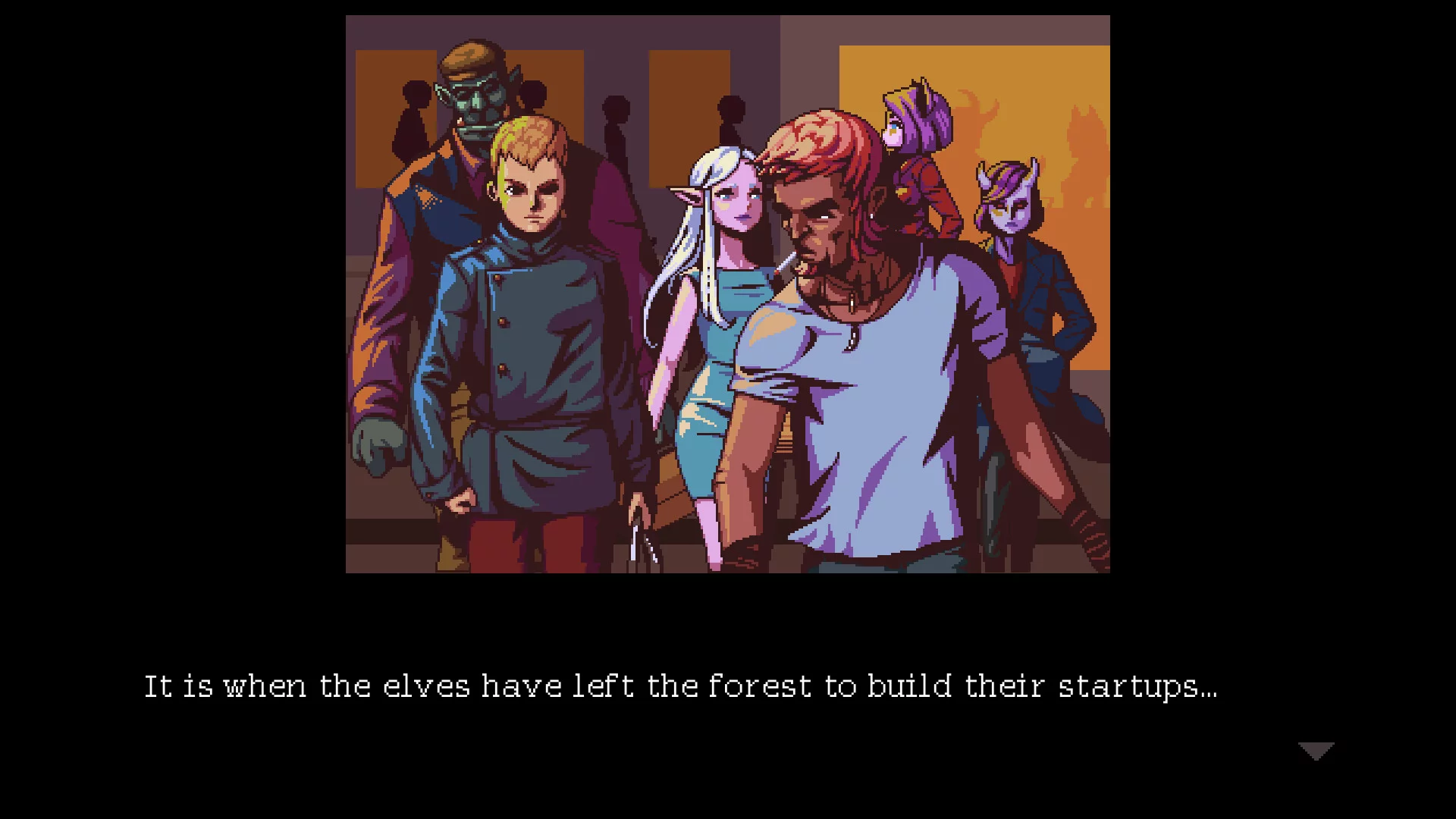
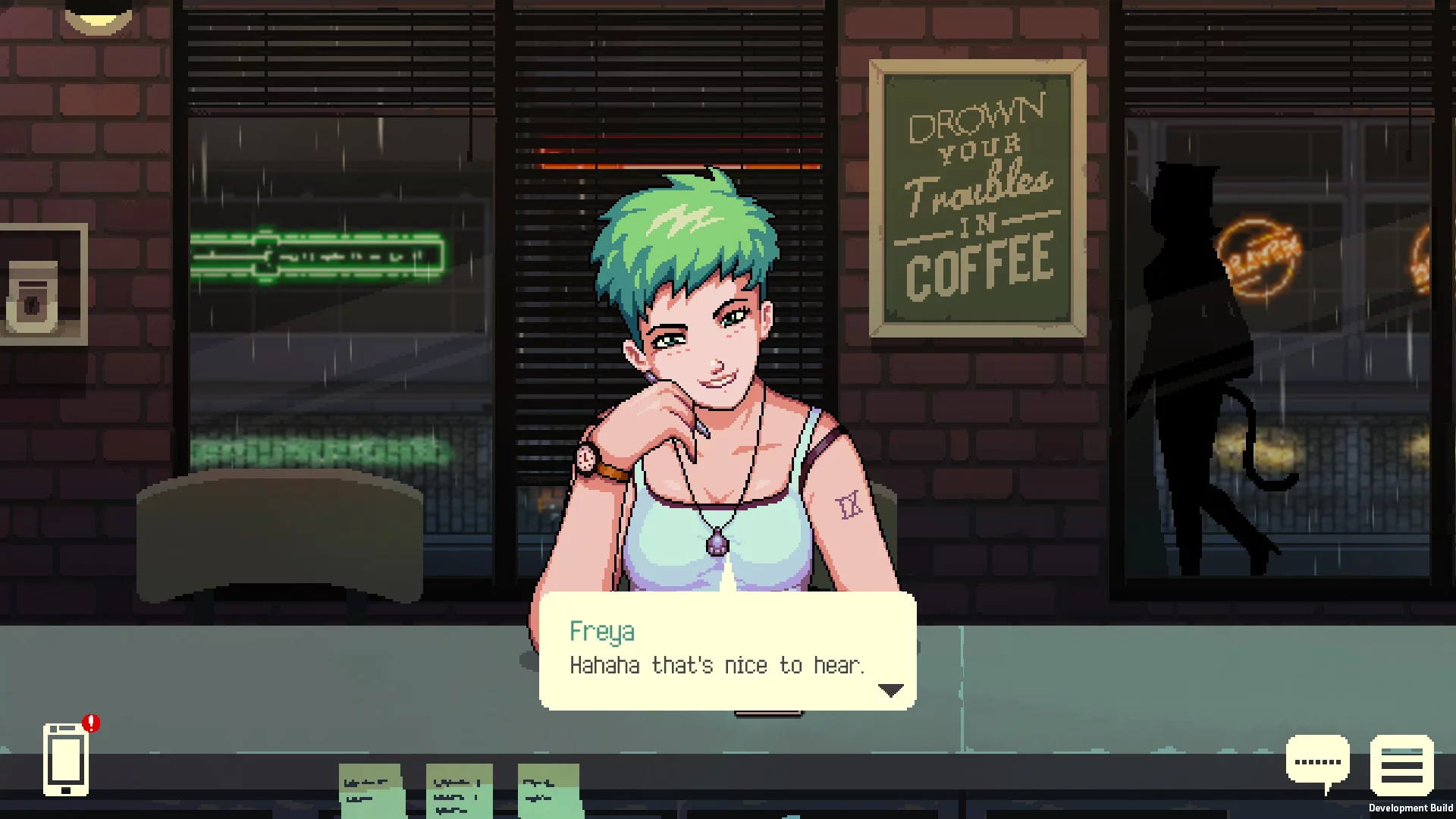


Warhammer 40,000: Boltgun
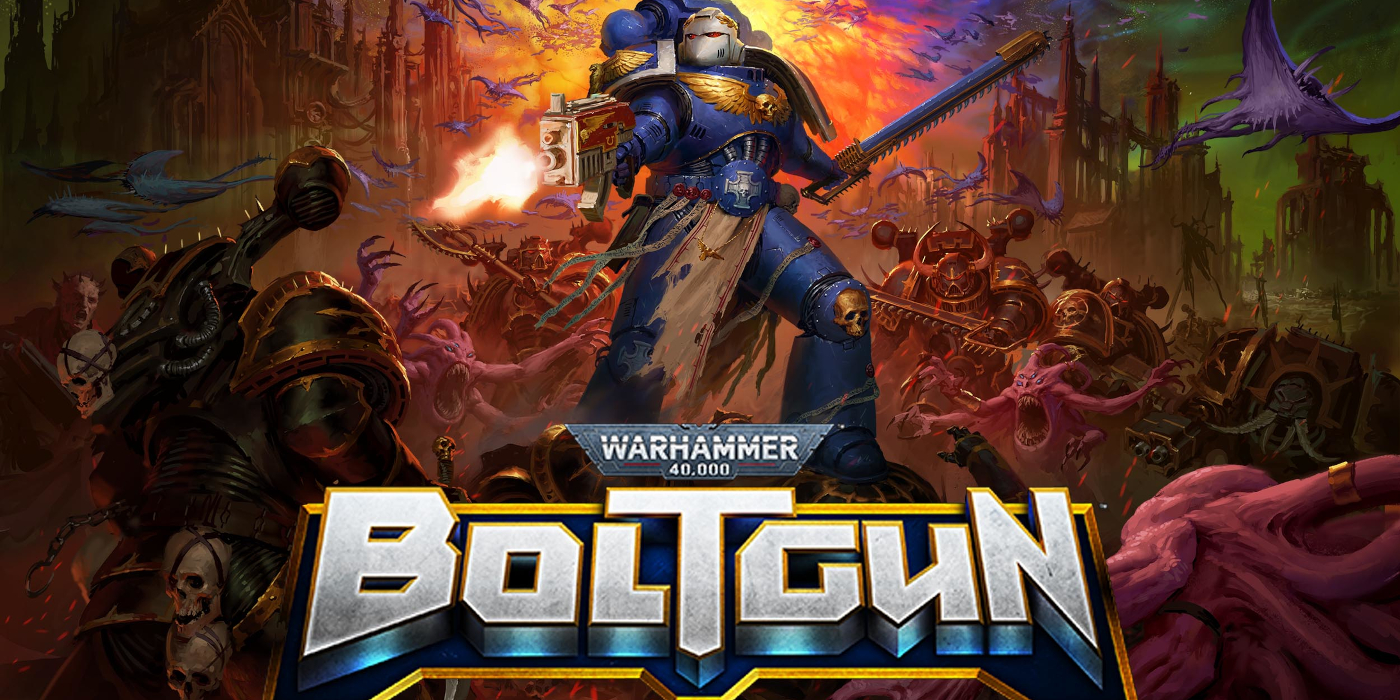

Warhammer 40,000: Boltgun is a fantastic example of a game exploiting the nostalgia for something that never actually existed. Its look and feel is exactly what late-thirties me feels that teenage me would have envisaged if told there was a Warhammer 40,000 set first-person shooter coming out in the mid 90s, right down to the main menu showing the game booting up from a felt-tip labelled floppy disk (ask your parents) on a flickering CRT monitor. It leans hard into the mislabelled boomer-shooter genre, down to the chunky 2D sprites, convoluted level design and red-blue-yellow key searches, but beneath the blocky pixels are some very 2010s game design touches that elevate this into something genuinely enjoyable on its own merits.
At A Glance
| Scores | |
| Visuals | 7 /10 |
| Sound | 8 /10 |
| Gameplay | 8/10 |
| Overall | 8/10 |
| Positives | + Chunky Action + Great Audio and Soundtrack + Varied Weapons and Enemies |
| Negatives | – Some Questionable UI Choices – Lack of map may be disorientating – Slow start |
| Price (When Reviewed) | £17.99 |
| Our Playtime | 12 hours |
| Version Tested | PS5 |
| Available On | Nintendo Switch, PC, PS5, PS4, Xbox Series X|S, Xbox One |
In gameplay Boltgun borrows far more heavily from Doom (2016) than Doom (1993), despite the visual design. The game is fast paced, makes good use of vertical as well as horizontal spaces and frequently employs arena-style encounters against waves of hostiles before opening up the next exploration area. There’s also a similarly light touch to narrative; outside a brief scene-setting intro there’s some loading screen text for each level but otherwise it’s pretty much just environmental story-telling throughout.
As well as the highly satisfying eponymous Boltgun there’s a great variety of weaponry present that all feels weighty and destructive, as well as meaningfully different. In a nod to the table-top roots of the setting enemies have a toughness value and weapons a strength value, so matching your firepower dispenser of choice to your target is advisable to ensure that you’re operating efficiently. You’re a space marine, a giant genetically modified super-soldier in power armour, and the game does a great job of making you feel like the walking tank that you are, but getting overwhelmed or running low on ammo through careless mis-management is all too possible, especially in those aforementioned arena areas.
Enemy variety is also excellent, with a selection of cultists, chaos space marines and daemons turning up to offer resistance. They manage to be visually distinct and offer a variety of challenges, from the Horrors of Tzeentch which divide upon death to swarm you to the rather disgusting plague toads of Nurgle. Juggling a number of different threats and matching them to your own arsenal of answers provides a good challenge, engaging enough to keep you switched on but well paced and not so in-depth as to overwhelm.
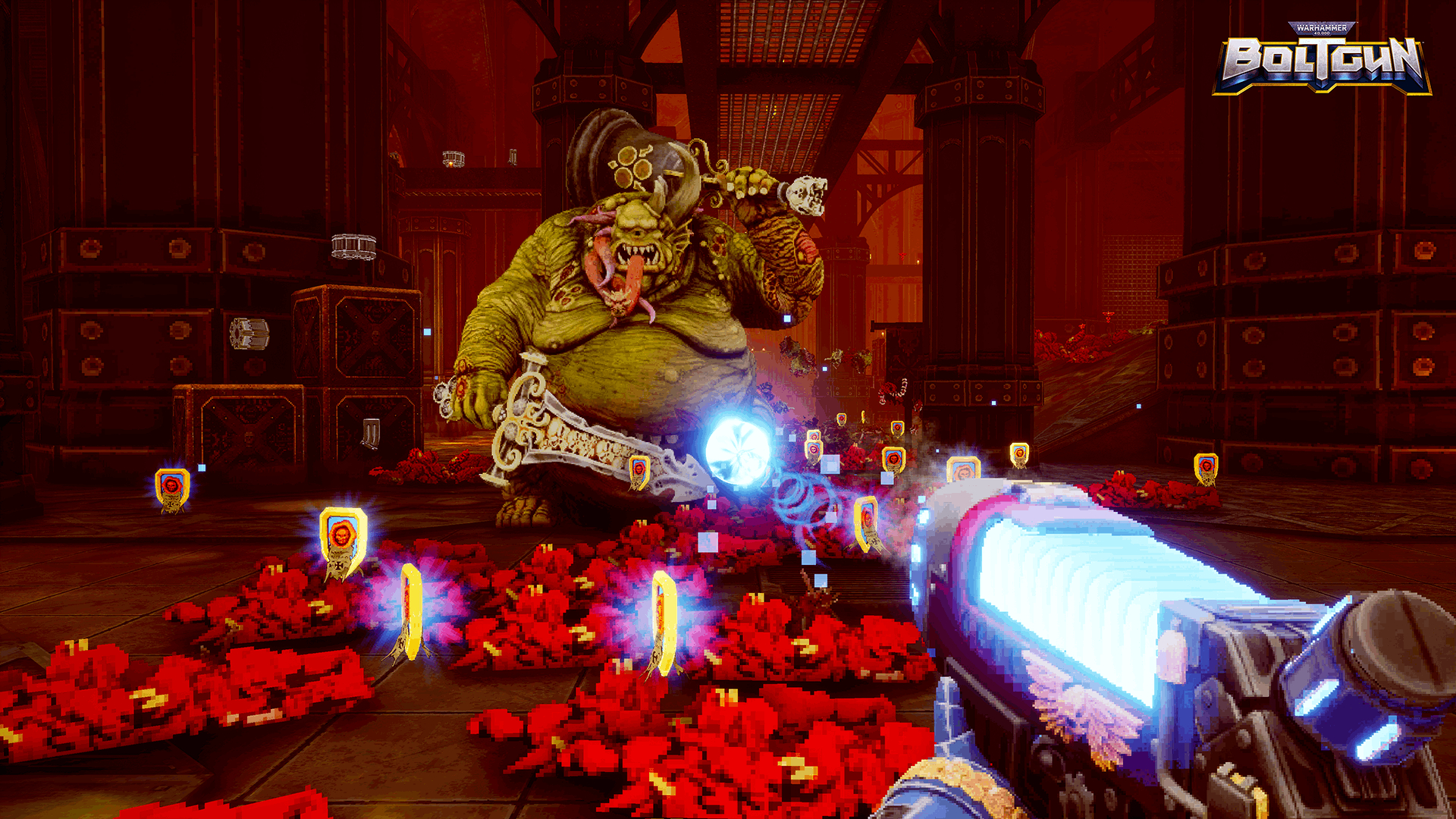
My one chief criticism of the game is some rather poor UI design. Health, armour (here quite brilliantly termed “contempt”) and ammo are all easy enough to track, but enemy toughness values can be hard to spot especially in the fast-paced combat encounters where it matters, and most infuriating of all (on PS5 at least) the grenade and sprint buttons (L1 and R1 respectively… maybe?) are shown on the screen the opposite way around to how they should be. The result of this is a good 50% of the time I’ve tried to sprint out of (or into) danger I’ve instead thrown a grenade, and then far too often sprinted into said grenade and blown myself up. Partly that might be my own brain tripping me up, but it still annoys a lot for such a small thing.
There is also no map function, which some other opinions I have seen have found more of an issue than others. Personally I didn’t find it too much of an issue, but in general I have a pretty good sense of direction in video-game spaces. It seems an odd oversight, either way, and may be something to bear in mind depending on your own tolerance for getting lost and backtracking. I didn’t find any of the maps to be Dark Forces confusing, but there are a few labyrinthine moments.
All of this adds up to a generally satisfying ultra-violent palette cleanser of a game; good for a 20-minute to an hour blast through when you’re not in the mood for something more meaty and just want to switch off your brain and blow daemons back to the warp for a bit. Warhammer 40,000: Boltgun has released on pretty much every platform, and at a decent budget price point, making it an easy recommendation to anyone who enjoys a solid action game, with bonus points if they think the genre peaked a decade ago or have a weakness for Games Workshop’s grimdark setting. It’s solid, unpretentious fun with a keen eye for the appeal of the 40k universe and a good grasp of what makes a good shooter tick.
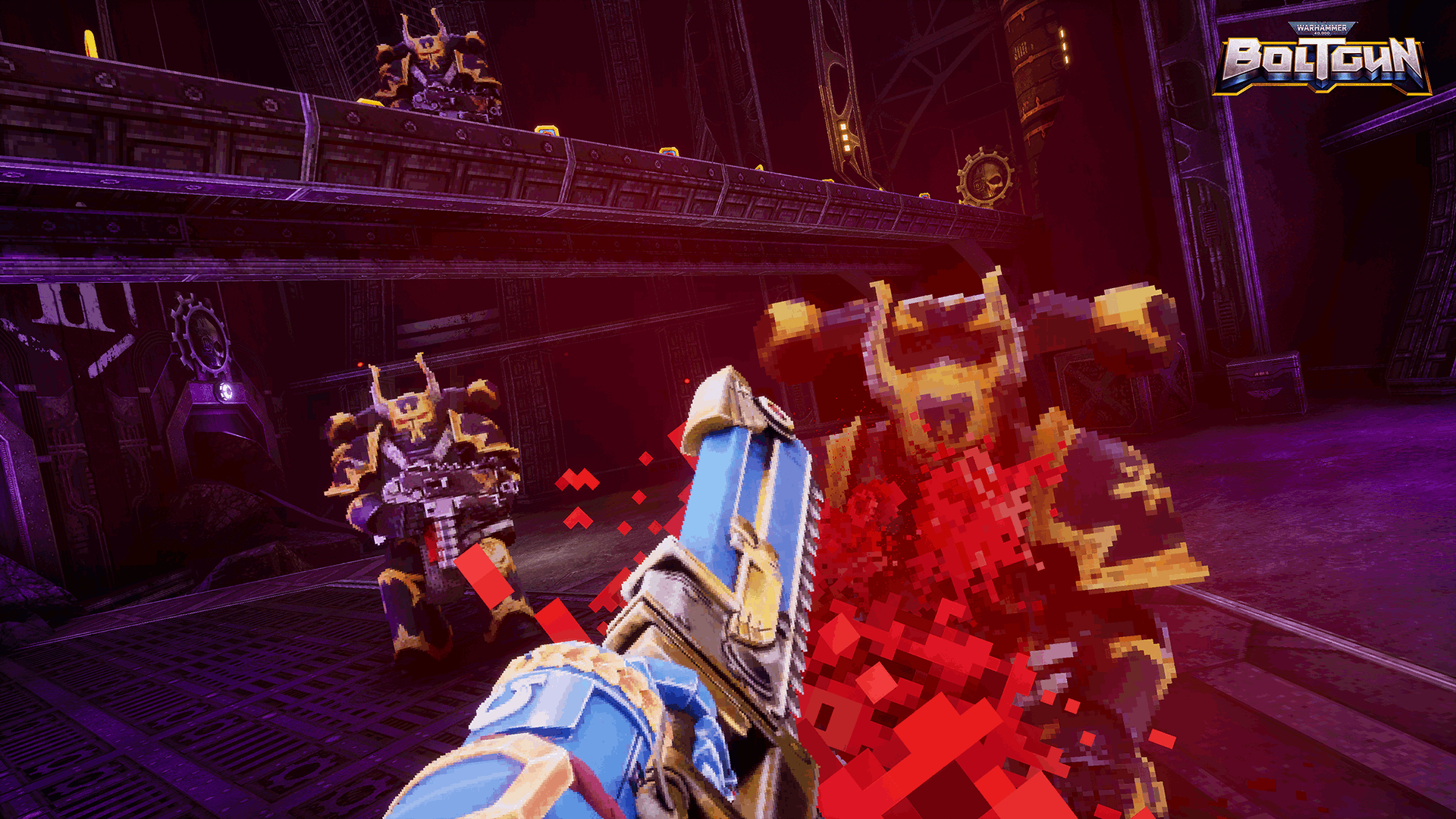
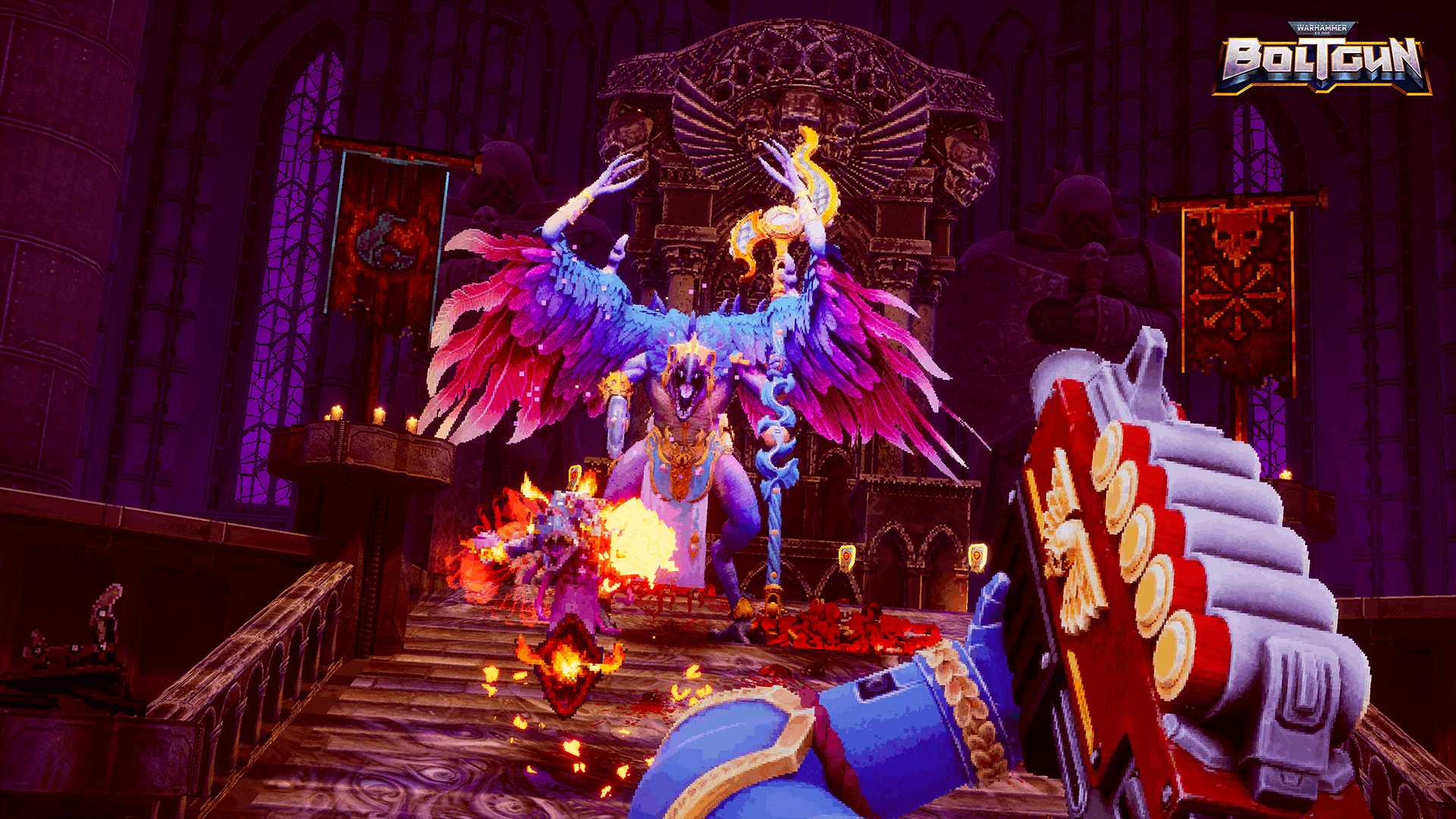

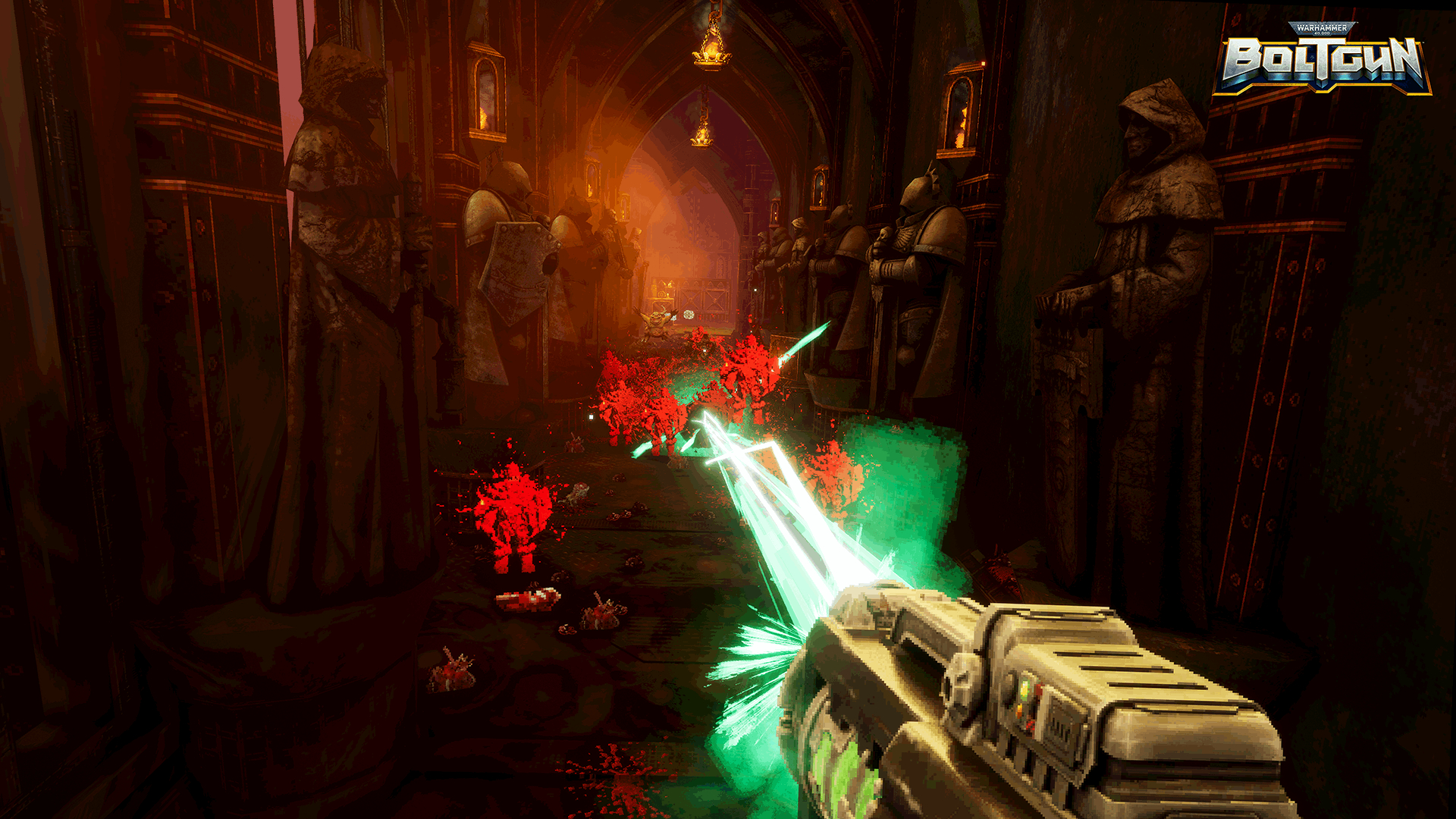
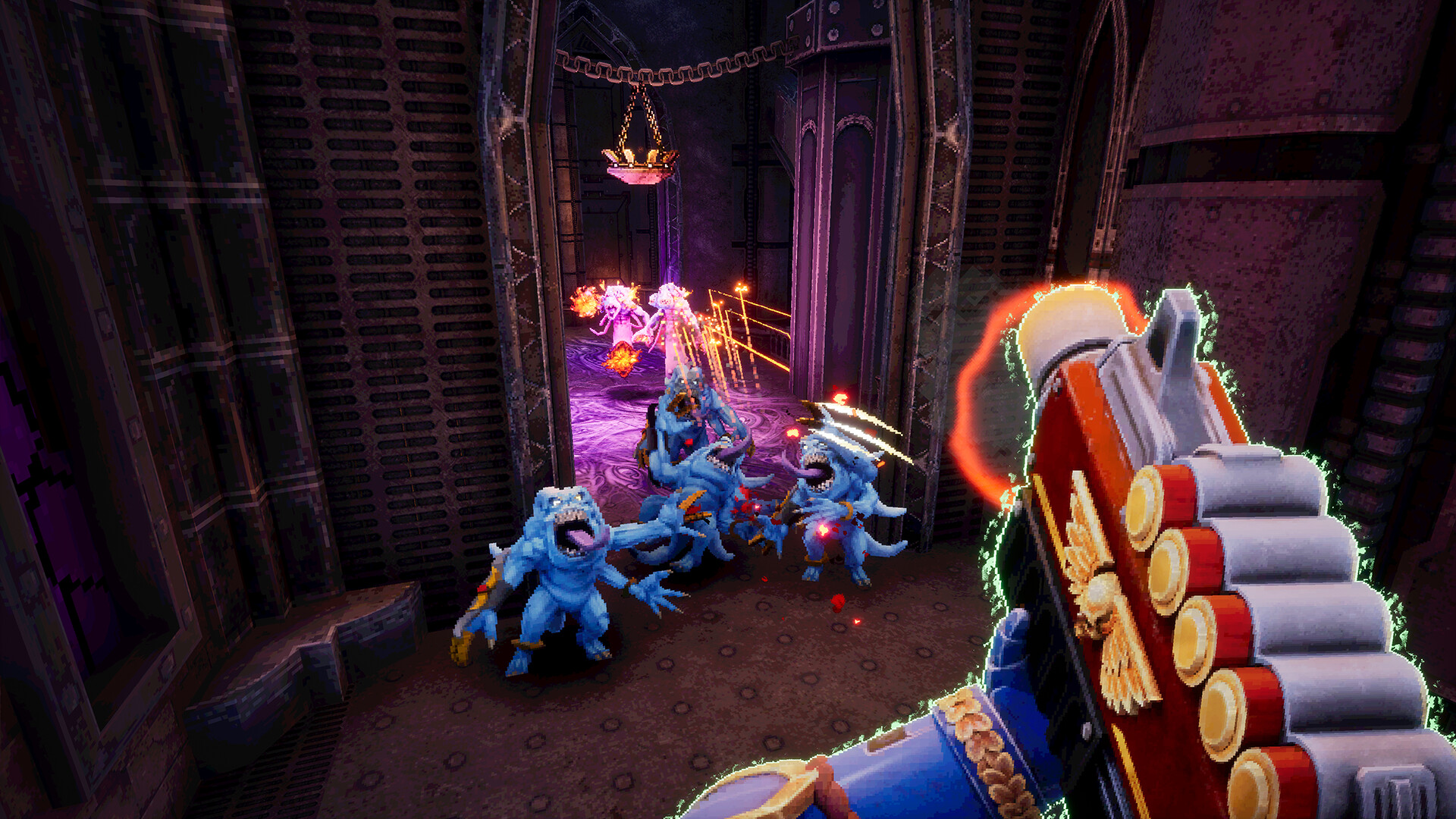
In the interest of full disclosure, I bought this.
Neptunia Sisters Vs Sisters
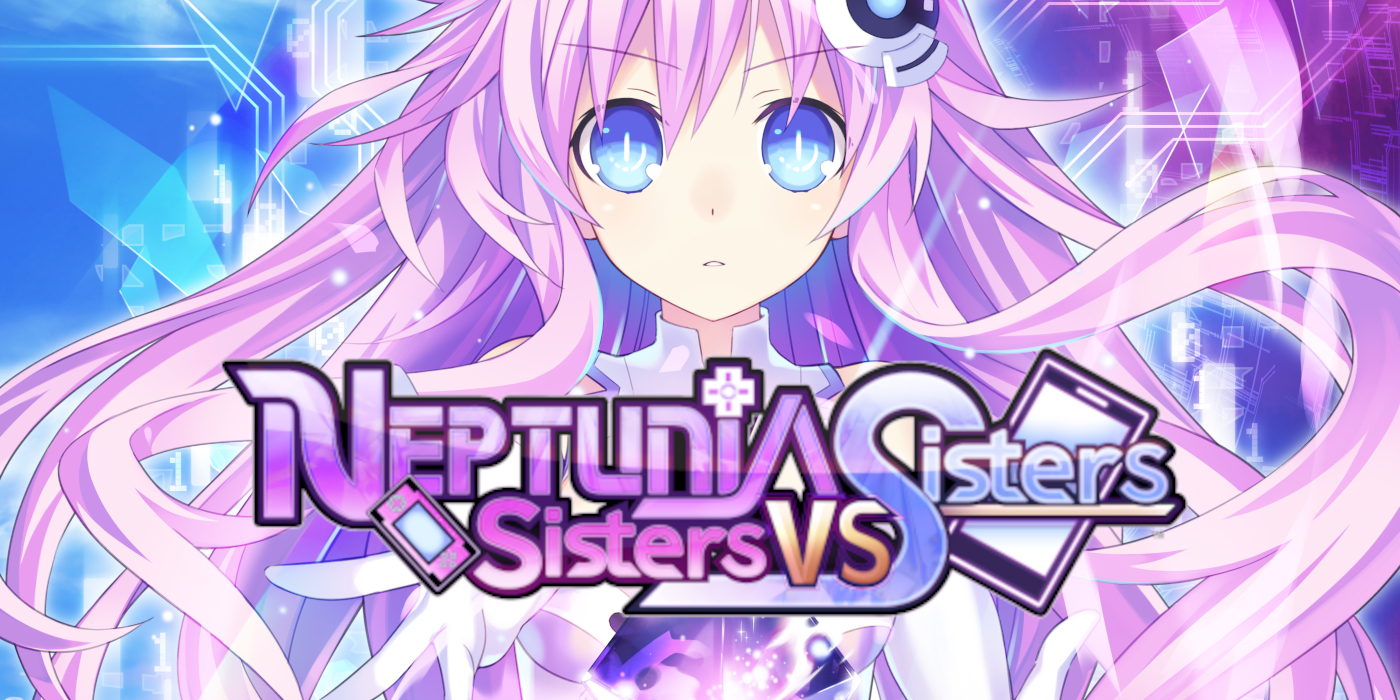

This is my fourth Neptunia title in three years, and along with thinking I’m getting a dab hand at the dungeon crawling RPG, I think I’ve spent more time in this franchise in the last few years compared with my entire experience of 3D Sonic games. For those unfamiliar with the series, I’ll bring you up to speed – the Hyperdimension Neptunia series takes place on the continent of Gamindustri, a world split into four lands that represent each of the big console manufacturers, Laststation (Sony), Lowee (Nintendo), Leanbox (Microsoft) and Planeptune (Sega), and each country has their own Goddess to look after the citizens. Published by Idea Factory from their in-house developers Compile Heart, Neptunia Sisters Vs Sisters is a standalone title that mixes up the story, as well as a few of the main characters.
At A Glance
| Scores | |
| Visuals | 6 /10 |
| Sound | 6 /10 |
| Gameplay | 7 /10 |
| Overall | 6/10 |
| Positives | + Great cast of characters + Surprising story + English voice acting option |
| Negatives | – Bland and repetitive dungeon design – Annoying battle cries – Quirky visual choices |
| Price (When Reviewed) | £49.99 |
| Our Playtime | 30 Hours |
| Version Tested | 1.0 |
| Available On | PS5, PS4, PC |
Neptunia Sisters Vs Sisters starts in much the same way that previous games have. The four main Goddesses that we’ve come to love and cherish – Neptune, Noire, Blanc and Vert – are battling against a new threat that has launched an attack in the PC Continent. Whilst they have left their posts, it’s up to their younger sisters, the Goddess Candidates, Nepgear, Uni, Rom and Ram to protect their home of Gamindustri. After an epic battle, we quickly find out that things didn’t pan out in the way you’d expect and in the direct aftermath, it’s up to the inexperienced Nepgear and her team to find out what went wrong, what happened to the Goddesses and save the entire world.
Sidelining Nep and the team right from the start is a bold move by Idea Factory, and it does mix up the formula I’ve come to expect with the series. This allows a new focus on characters who have often been relegated to supporting roles the chance to shine, thanks to some nifty character building. Nepgear is presented as a doting sister – that is rational in her thought processes, and unlike her big sister, doesn’t rush headlong into battles, or scream that she’s the ‘protag’ every five minutes.
One big change worth noting – because we’re dealing with the younger sisters, fan service has been thankfully cut back to a minimum, with Idea Factory leaning into the kawaii-style of Japanese culture rather than the slightly more provocative. Of course, aspects still remain as-and-when the plot focuses on established characters, but for most of the time, the game doesn’t feel as if I need to draw the curtains or play in a darkened room to save my embarrassment. Sisters Vs Sisters still retains that Neptunia wit throughout, with references to the games industry as a whole, such as Lowee bouncing back after a few tough years thanks to their mobile sensation, Pocket Monstrosities, which is a clear slight over Nintendo’s troubled Wii U era. There’s other references including the heavy subjects of crunch culture and abusive workplaces, but it’s handled with a wry sting rather than hamfisting it into the game-proper.
This approach to character development and humour does change the feel of the story, as characters prefer to talk and work out their next steps rather than rushing from one dungeon to the next like a parent trying to keep up with a hyperactive child. I’m deliberately not going into spoiler territory with the story as it’s far different than what I’ve experienced in the series so far, although I will say that during my time with the game, the new way of telling the story firstly moves along at a by-the-numbers pace, but introducing a different narrative angle allowed Idea Factory the room to evolve the plot into something altogether more unexpected.
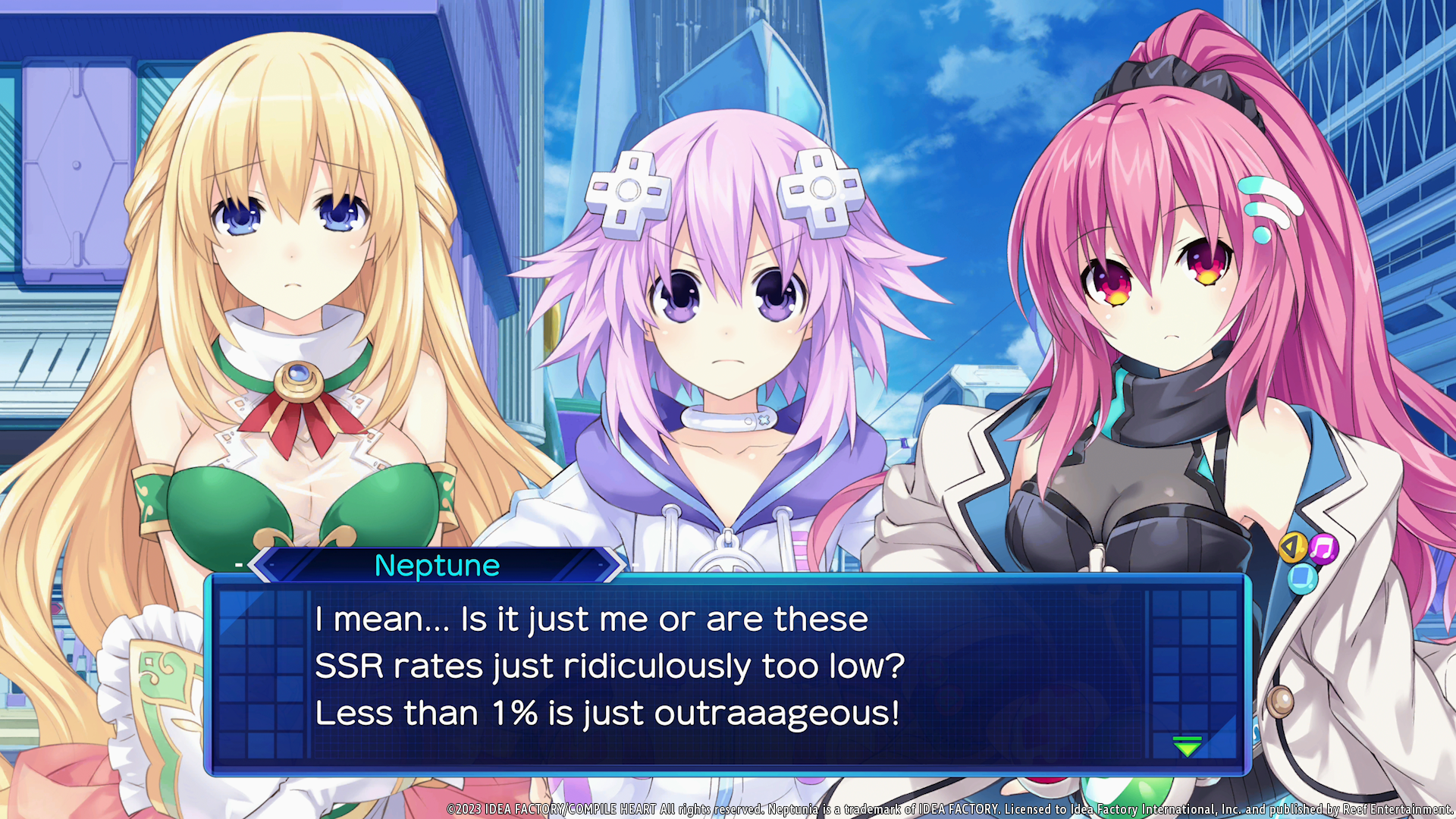
While the story may have a different slant on the proceedings, Idea Factory have taken a “if it ain’t broke” approach to the gameplay. For Sisters Vs Sisters, there are two main mechanics within the game – dungeon crawling action and visual novel storytelling. All of the plot points are told through almost static panels that depict our Goddess Candidates, which are fully voiced in Japanese or English options. Unlike most visual novels, there aren’t any paths to choose with text, so you can flick a button, set the scroll to auto and just watch each scene playout. You can -if you’re a monster- skip all of it and just power through to the gameplay, and while it’s your prerogative to do so, missing the anime-style voiceovers would be a crime. Most Japanese-style games tend to have less than adequate voice acting, but in Sisters Vs Sisters, the English version is pleasantly acted and compliments the vibrant visuals nicely – even in the few moments where Neptune has control over the mic, she isn’t as irritating here as in previous games, yet still retains her humour.
The storytelling components are engaging and well designed, which is just as well since they make up about 60% of the game – the rest of the time, I was thrown into a world map where dungeons gradually unlocked. These are large areas that are fully explorable, filled with monsters to fight and items to loot. You’ll control a party of three, with characters you can freely swap with the tap of the shoulder buttons. Hitting one of the enemies roaming on the map will initiate a battle, where the team pummels a number of critters by button mashing either Cross or Circle until they are done. Initially the battle system caught me off guard; you have to assign a chain of attacks to either button which are then carried out sequentially, but after learning how it works and experimenting with different combinations, it was rather fun to execute a raft of enemies in quick succession. The baddies themselves are rather unique in stature, ranging from brutally tough mechanical warriors to what can only be described as a cross between a warp pipe from Super Mario and a Chinese finger trap.
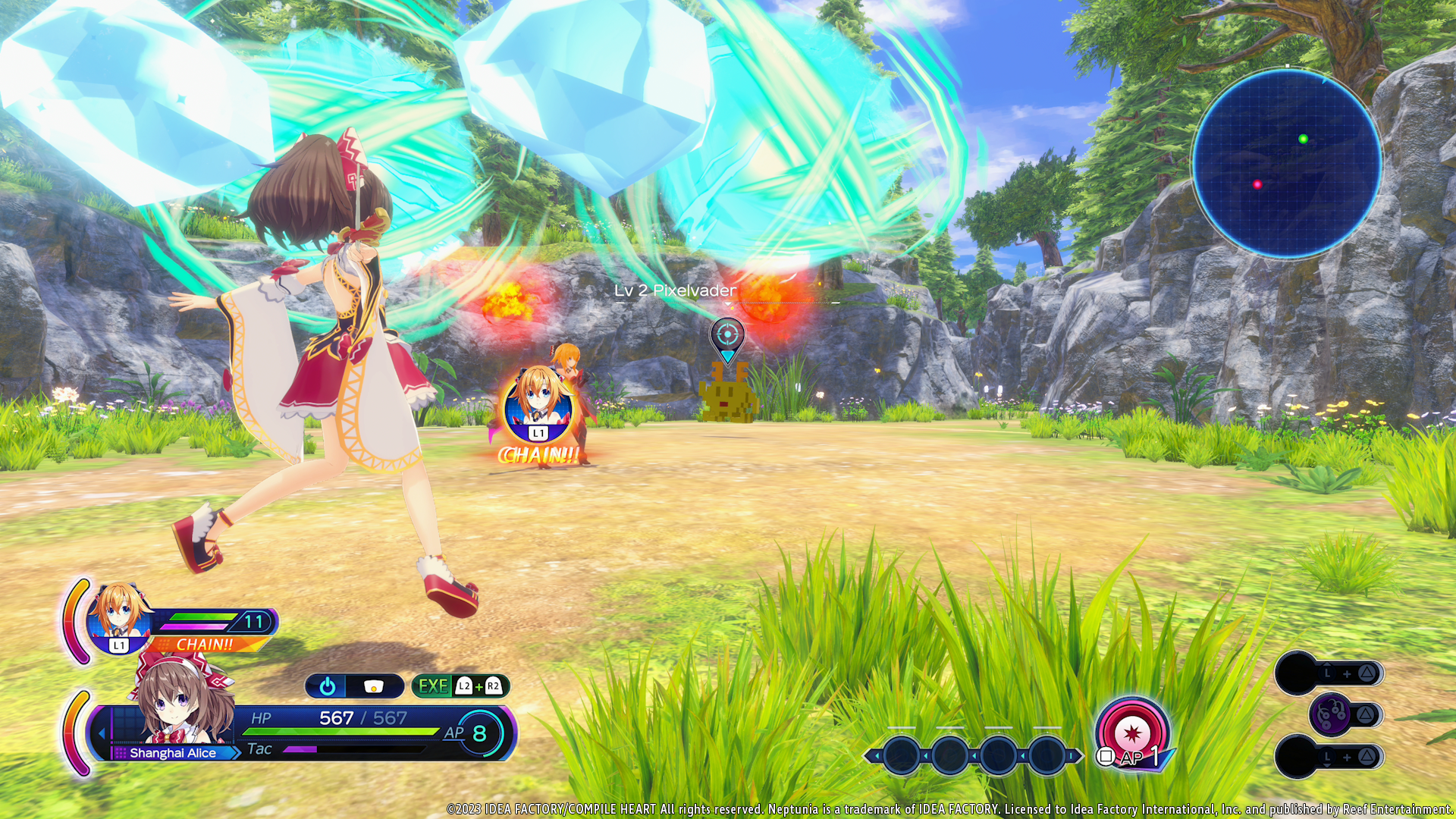
Sisters Vs Sisters again tries to mix up the gameplay with the introduction of an explorable Planeptune. About halfway through the game, this area unlocks and allows players to venture through the streets of a place that has so far been relegated to static scenery and it was exciting to run around an area that was previously just a list of options on a menu. Some buildings can be entered, including the all important weapon shop, as well as a battle arena that’s used for enemy practice. I could even talk to a few NPCs, and while they didn’t offer anything of interest, still felt like a step in the right direction for fleshing out Gameindustri as a whole, rather than keeping it hidden in menus. If Idea Factory expands on this for future Neptunia games, this could be another exciting direction for the series.
The trouble with the dungeon crawling is that it quickly becomes repetitive and sadly, downright boring. I found myself grinding each dungeon multiple times to level up, as experience is only doled out for battle wins. After a while, the levels start to blur into one and with only a handful of options -field, cave, building and more caves- there is not much variation within the individual levels. And despite playing the game on PS5, the visuals felt like a step back from Neptunia ReVerse. Rather than the oversaturated brightness in last year’s remake, each area had the same, flat lifeless backgrounds, with only a slightly different layout each time, and even though they reuse the same assets as previous games, the absolute worst issue came with Nepgear and her team’s awful battle cries. After thirty hours of gameplay, I can still recite “If you want to go past me, you have to go fasterrrrr”, as it was repeated with such frequency and had no way of turning it off. The lack of care and attention to these levels is a wasted opportunity. With such pretty artwork that’s seen elsewhere in the world, it would have been nice to see a bit more thought go into these sections, though I will say that the DualSense vibrating in sync with every step was a nice touch.
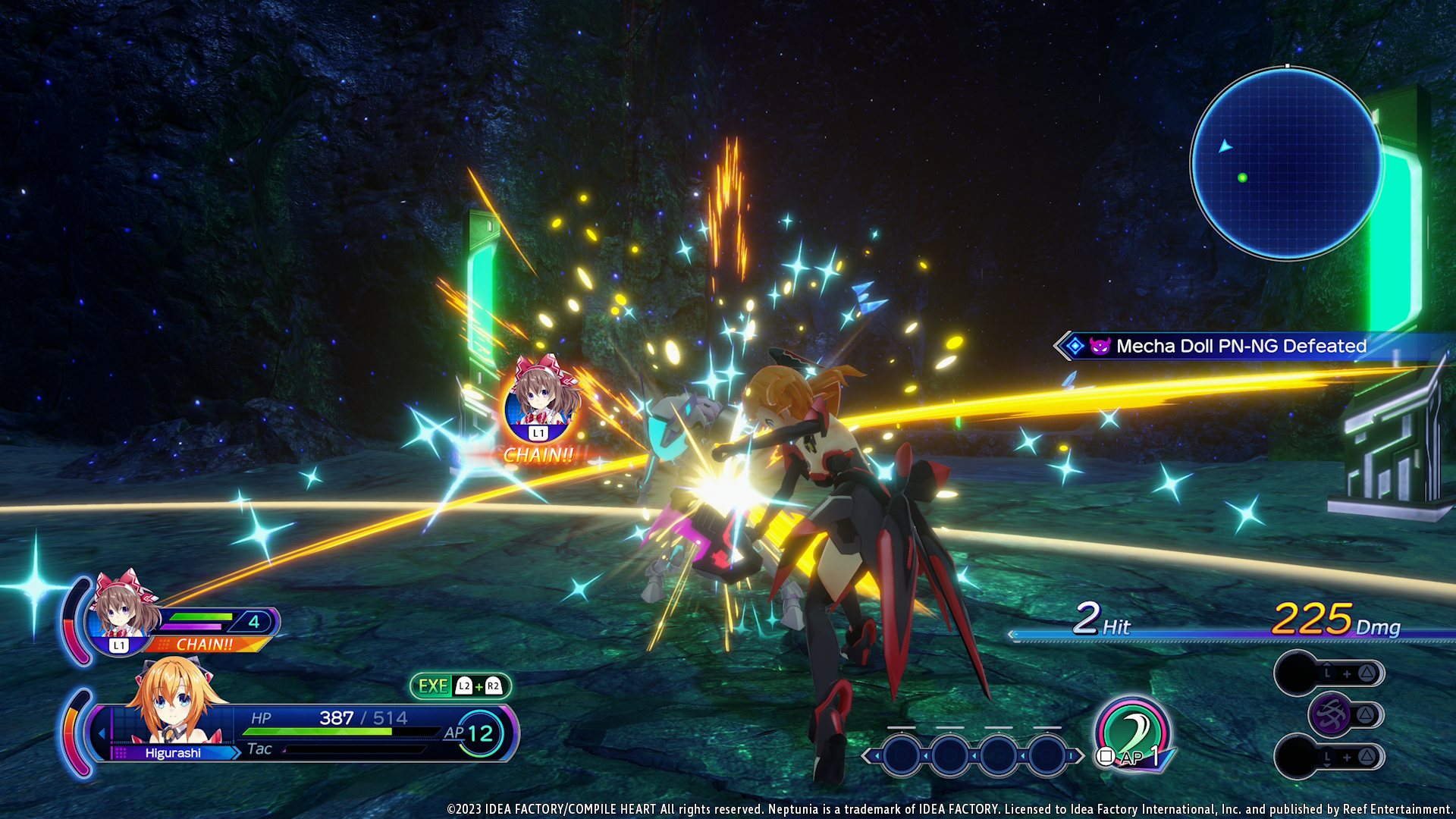
Neptuinia Sisters Vs Sisters feels more accomplished and, dare I say, more grown up than any of the other games I’ve played in the series. The humour remains as cutting and irreverent as ever, taking every opportunity to send up the video game industry and often hitting the mark. Likewise, the gameplay is just as repetitive, and although there is less of a grind this time around, I still felt fatigued after playing through some of the levels. At this point, Idea Factory certainly knows what they are doing when it comes to the series, and with over a decade developing Neptunia, they are still finding ways to surprise and delight players. I’d have preferred more varied environments to explore, though there are signs that future titles will look to take cues from the groundwork laid here. What took me by surprise is that the story is a more genuinely mature (and not lewd) affair, for a series that has often leaned on the fanservice aspect to hide its shortcomings and did make for an enjoyable experience.
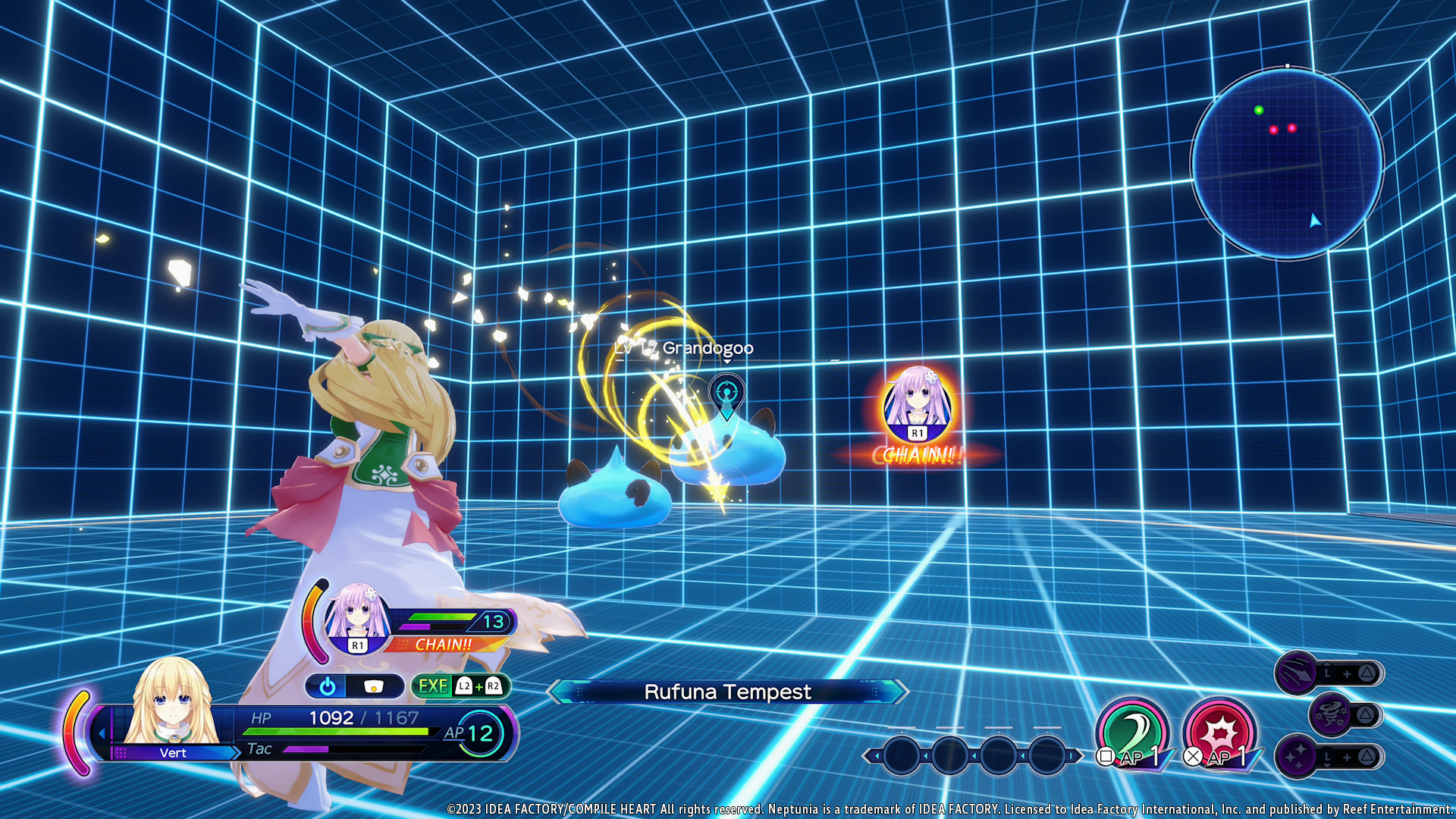


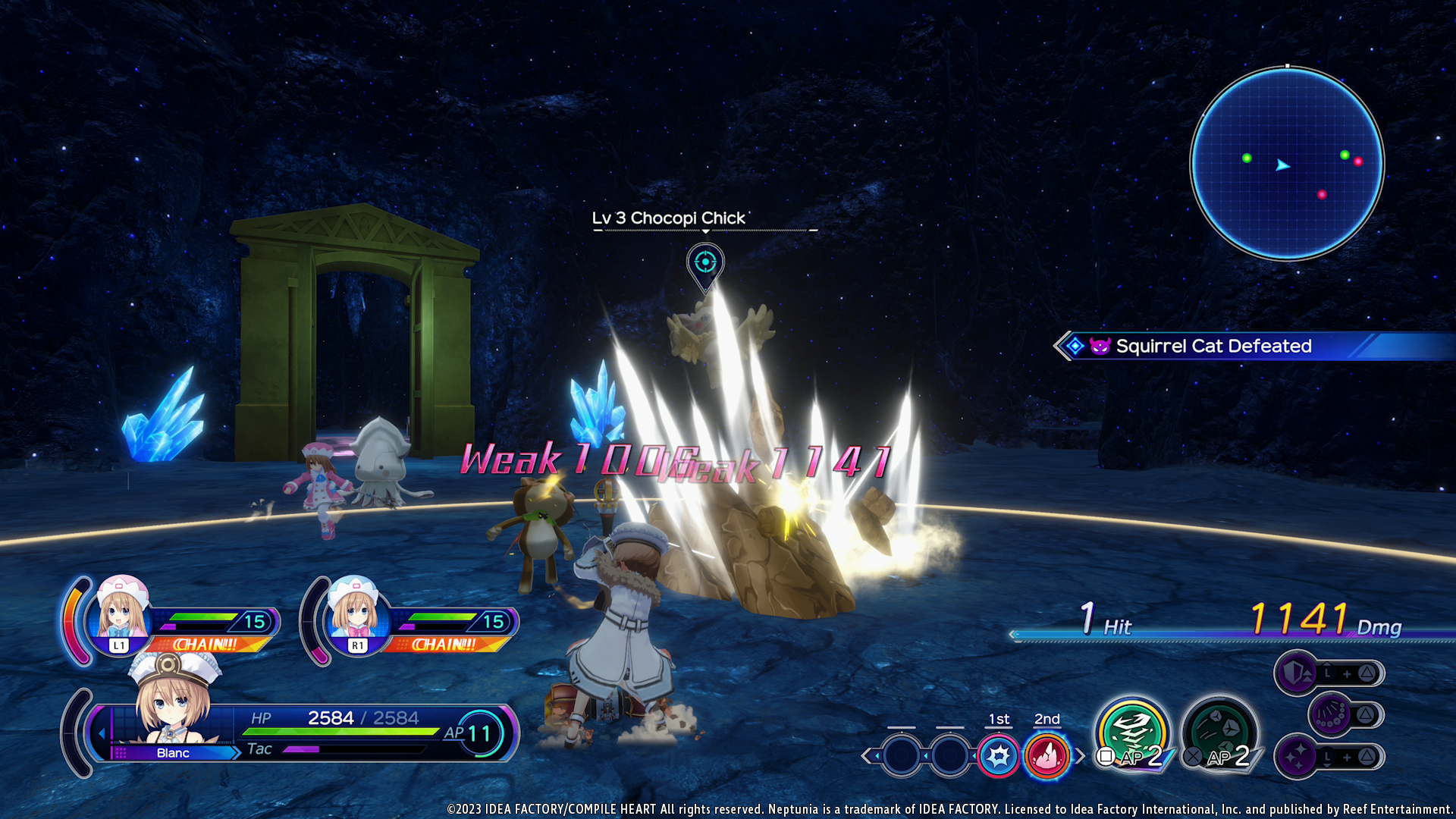

In the interest of full disclosure, VGamingNews was provided with a copy of the game in order to conduct this review.
Hitman Freelancer
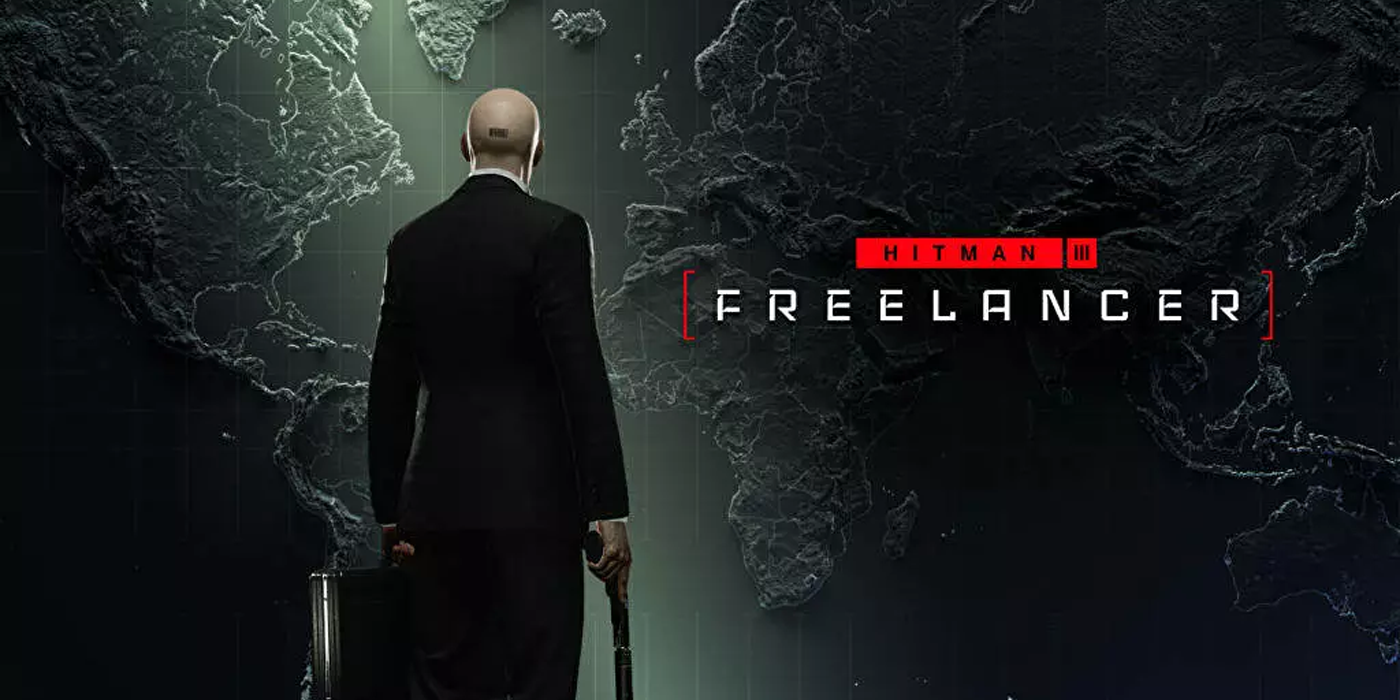

Hitman. Assassin. Executioner. Any way you slice it, the name is synonymous with stealth and precision. They’re like shadows in the night; in and out with no discernible trace left behind, spectres sent to take your soul to the underworld and you’ll never even see it coming… Then, once every lifetime, along comes a different breed of man. A man who can kill a target with a screwdriver from 20 paces. A man who can bean an unsuspecting victim unconscious with a rogue briefcase. A man who can kill you with nothing but patience and a rubber ducky. A man like Agent 47. Welcome back to the cunning and creative world of Hitman.
At A Glance
| Scores | |
| Visuals | 9 /10 |
| Sound | 8 /10 |
| Gameplay | 9 /10 |
| Overall | 8/10 |
| Positives | + A lot of fun + Creative and additive + Rewarding |
| Negatives | – No real narrative – No new locations – No save mechanics |
| Price (When Reviewed) | Free DLC |
| Our Playtime | 7.5 hours |
| Version Tested | v1.015.000 |
| Available On | PS5, PS4, Xbox Series X|S, Xbox One, Nintendo Switch, PC |
Hitman 3, developed and published by IO Interactive, is arguably one of the best stealth action games of all time. Whether it’s the gorgeous locations ranging from rural Dartmoor to glittering Dubai, or the exceedingly imaginative ways to traverse the level and assassinate your given target, the game was both wonderfully creative and immensely fun to play. Not to mention, with a whole myriad of ways to infiltrate, investigate and annihilate, Hitman 3 has a wealth of replayability that very few other games can boast. Therefore, it should be of very little surprise that their latest free DLC instalment to the series, aptly named Freelancer, contains yet more of their winning formula – but this time with an ingenious twist.
Hitman Freelancer, set sometime after the epilogue to Hitman 3, opens with a short briefing on the latest threat, “a spreading cancer of ordinary people doing unspeakable things”, and it’s up to us (or Agent 47, more specifically) to find these autonomous cells, reveal the trusted Syndicate members, and eliminate them. So far, so same, right? Well, this is where Freelancer takes a sharp turn.
When you first take control of Agent 47, you are in your new base of operations; the Safehouse. This is where all of your missions begin and end, and upon initial inspection, I found that there were several areas locked off behind ‘mastery levels’, encouraging me to succeed in my missions to rank up to expand my base. At the front of the room is a giant monitor screen displaying the world map (you know the one – just picture any military/CIA/FBI drama ever…), and below that sits eight rather conspicuous looking files representing the different Syndicate member contracts. Here you’ll get all the information you need about potential objectives (kill style, XP and cash rewards), and since each contract rewards a different type of playstyle, you can play safe or challenge yourself and risk the potentially disastrous repercussions – the more you’re willing to risk, the more it could pay off later.
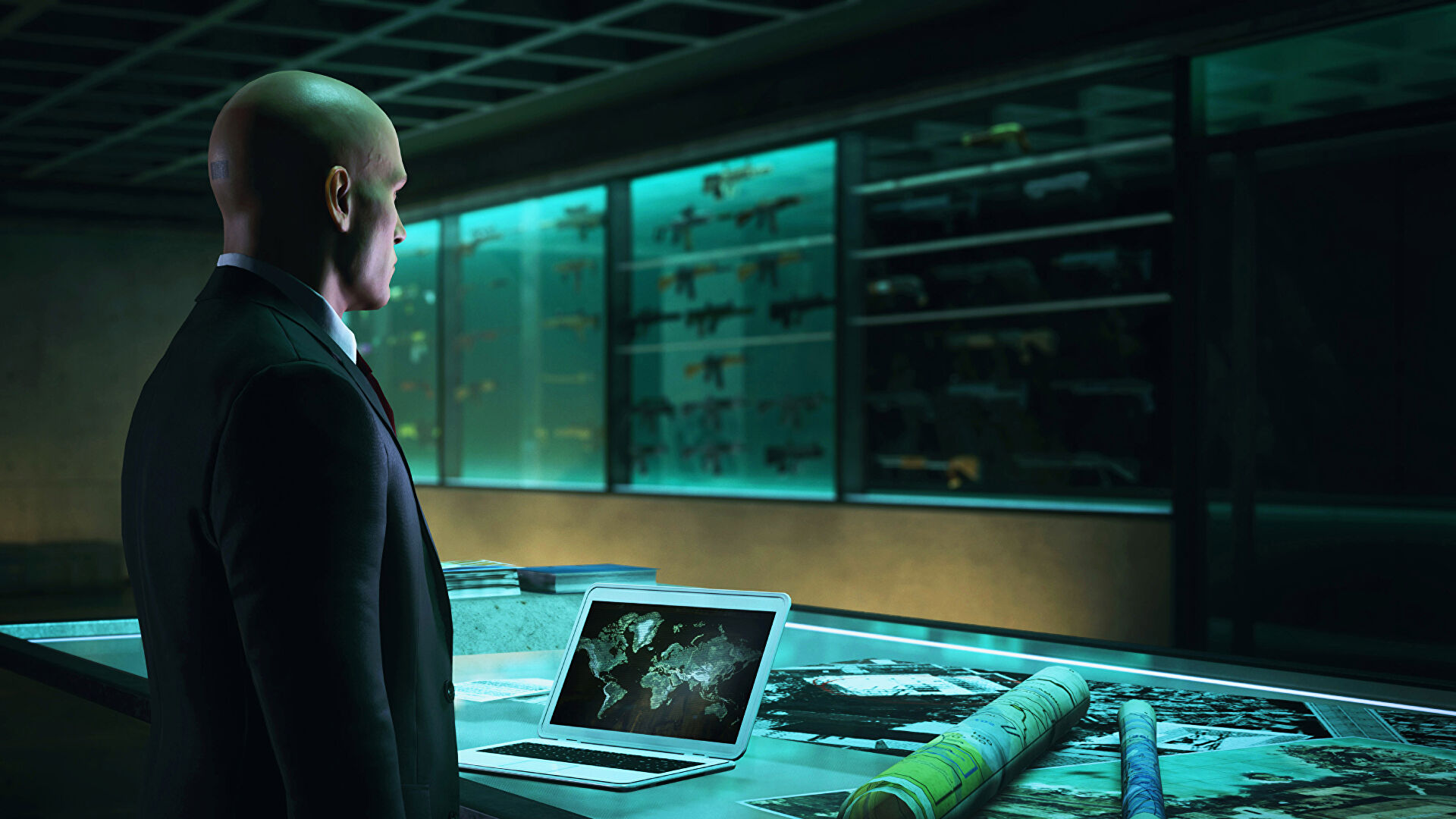
After selecting your desired contract, you’ll open the world map and choose where to go -seasoned players may recognise the stunning locations on offer, as well they should, since Freelancer features a mega 19 of the 22 available locations from across Hitman 1, 2 and 3! These areas contain some prominent figures from their respective games too, though these characters have little consequence in Freelancer – we’re after different prey this time.
In addition to location, you will find out how many targets you have to eliminate, as well as how many couriers, safes and suppliers are available, which will help you gather much needed cash and gear – very profitable side-ventures which are worth your time seeking out. You can pick one of three items from a crate before heading out, and I tended to gravitate toward the one that would be most advantageous to the potential objectives for my chosen quest. You can also take any weapons/gear from the safehouse that you have collected along the way, but beware! Any gear that you take with you will be lost if you fail the mission – a devastating blow to any completionists out there who want to own a fully decked out spy pad.
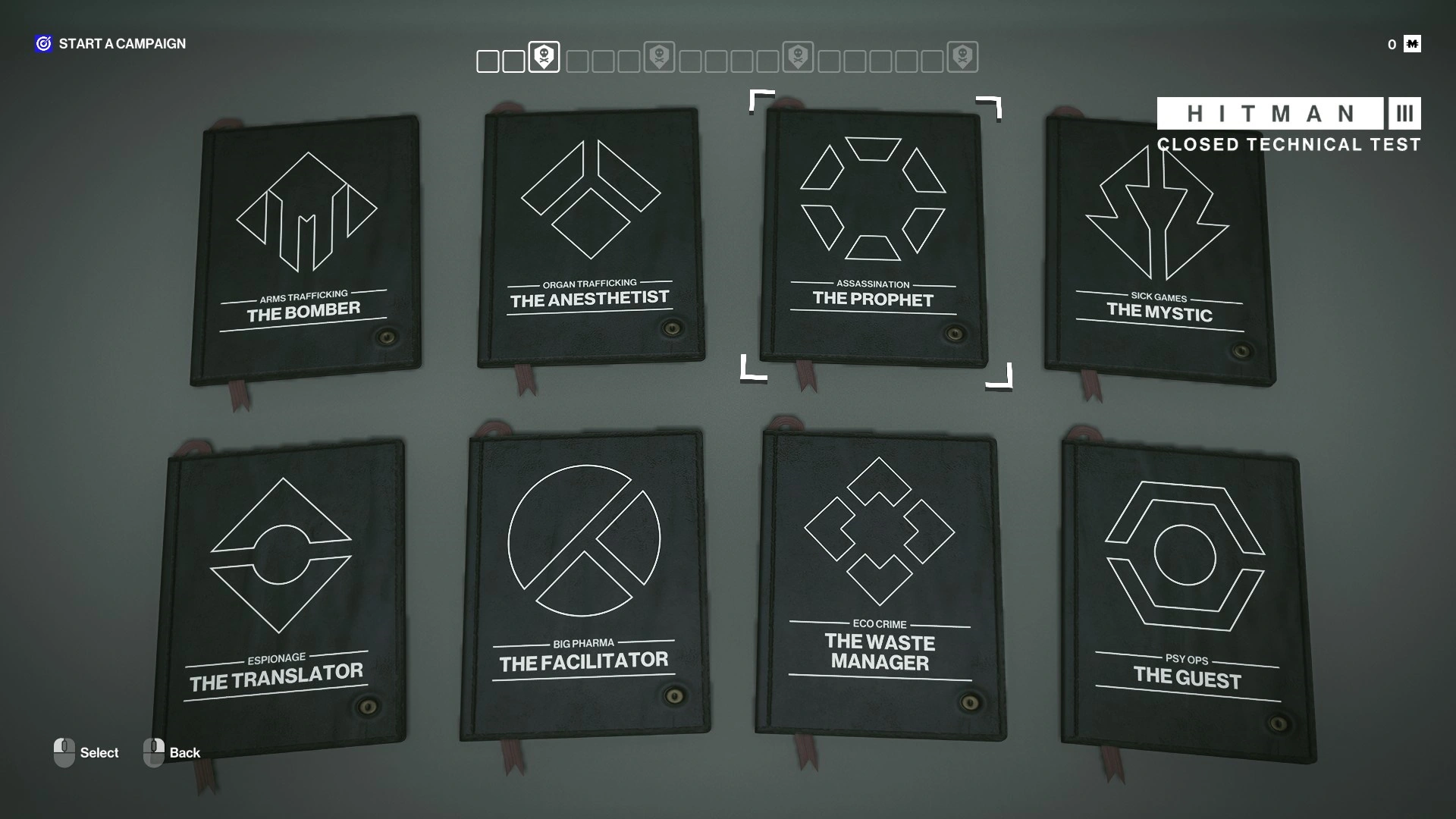
Once you’ve settled on your desired first contract (I chose ‘The Bee’), this will then open the world map and you will have yet another choice – where you want to go first. You may recognise the stunning locations that the game has to offer, and as well you should! Because Freelancer features a mega 19 of the 22 available locations from across Hitman 1, 2 and 3. You will also recognise some very prominent figures when visiting such locations (Hey, haven’t I murdered you before?) but those who played main roles in the story campaigns of their respective games have little to no consequence in Freelancer – we’re after different prey this time.
All that’s left to do now, is grab your passport and jet off to your first destination!
You will find that a lot of the gameplay is along the tried and tested blueprints from before, including faces, conversations and methods of killing, so you’re not going to get too much more out of exploring the maps if you played a decent amount of any of the previous titles. On the plus side, there is much more at stake in Freelancer – if you’re a glutton for punishment and revel in high stress situations where the more you risk the more you’re rewarded (looking at you, FromSoftware fans!), then you’ve definitely come to the right place!
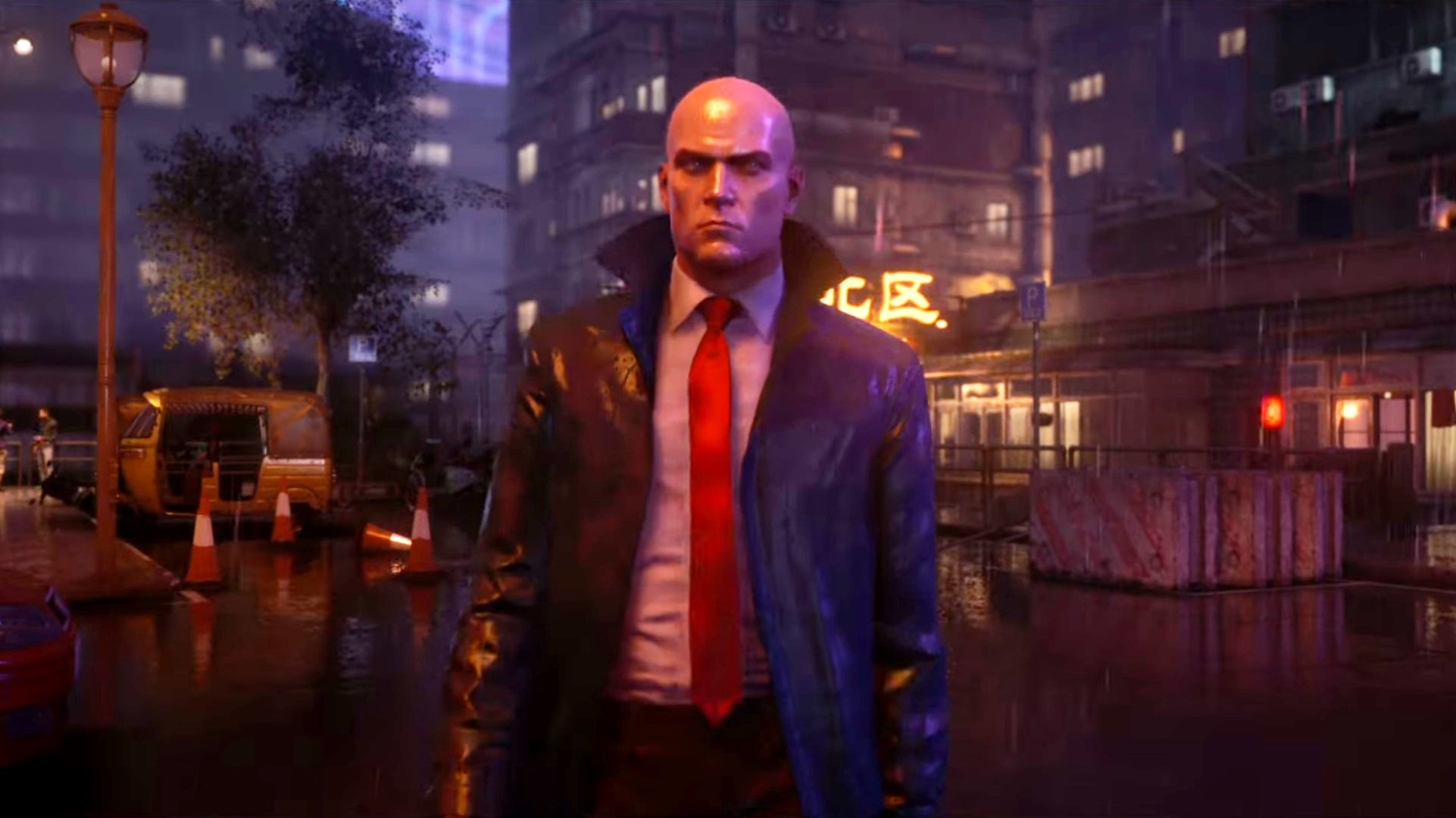
Where Freelancer differs from the other Hitman games are the roguelite elements that have been introduced, lending a sense of suspense and consequence to the whole experience. Gone are the days where you could ‘wing it’ with a banana and a carbine – now if a mission goes awry, there’s a lot more to lose than just your dignity as an elite assassin. Failure to complete a mission will result in the failure of that chosen campaign. Yes, you did indeed read that correctly. Being unable to complete any of your assignments after you land at your destination means you have to start your chosen campaign again from scratch – whether you’ve completed one mission or four, it’s right back to the start.
Harsh, not to mention inconvenient.
And you can forget about saving your progress so you can pop down to the shops – there is no way to save once you have started. If you have to quit the game then the next time you log on you will have failed the mission. Therefore, I would strongly recommend having ample time set aside for playing, otherwise you run the risk of having to leave mid-espionage and having to begin all over again. And, as if all that wasn’t bad enough, a failure results in consequent missions beginning in an ‘alerted’ state, meaning that; NPCs will start on high alert, are able to recognise you and even render your disguises less effective. Then, just to add insult to injury, if you fail an alerted mission you will fail the entire campaign and have to start back at the safehouse with a brand new assignment. Brutal.
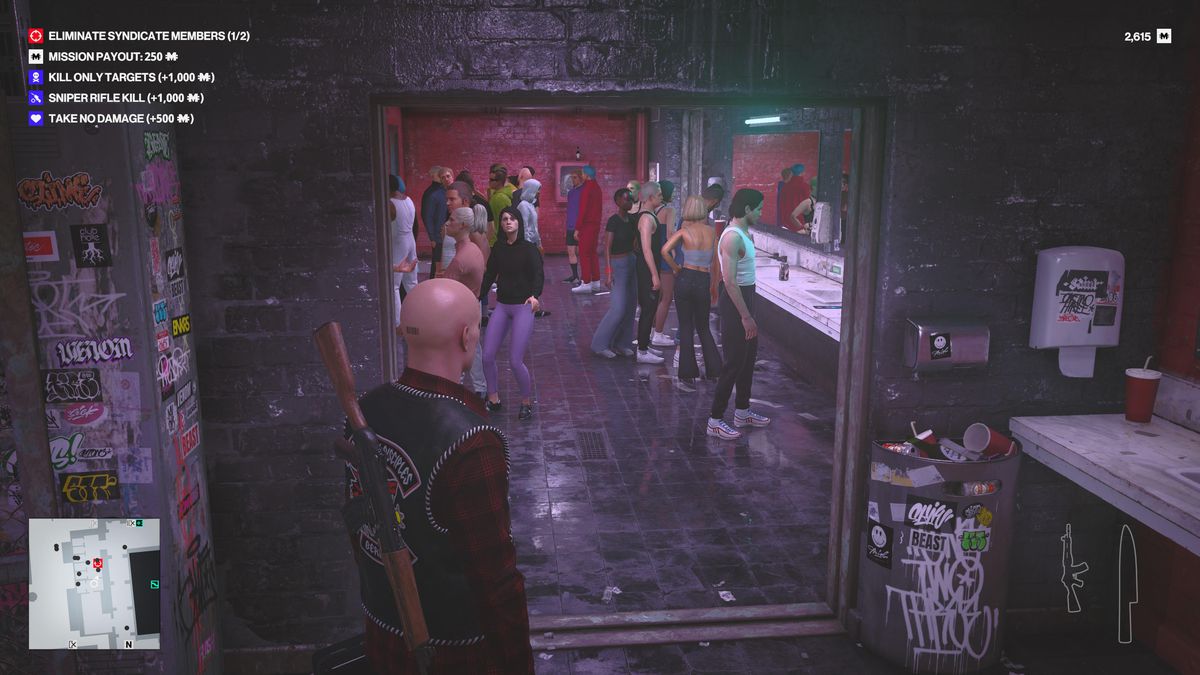
It’s not all doom and gloom though! Successfully passing a mission will take you back to the safehouse with a pat on the head and a new assignment to choose from. Complete a run of missions in a contract and you will progress to the finale – a ‘showdown’ where you are tasked not only with getting close to and eliminating your target, but actually figuring out who they are to begin with. You will be given both physical and personality clues to help you to identify the correct target out of a number of possibilities which makes these missions a lot of fun – think James Bond meets Guess Who!
My first showdown had me searching for a target with red hair, glasses, a necklace and earrings who was apparently a foodie and was generally dehydrated. I used the special camera available to help accept or reject potential targets out of my four options – I made the mistake of assuming my target would be female because of the earrings and nearly killed the wrong target. My saving grace was that while spying on my suspected target I observed another man with red hair periodically drinking water and helping himself to food, and suddenly I was rethinking my decision. Lucky for me too, because my initial suspicions were totally wrong and could have cost me the entire campaign! It definitely pays to be vigilant and heed all of the given clues!
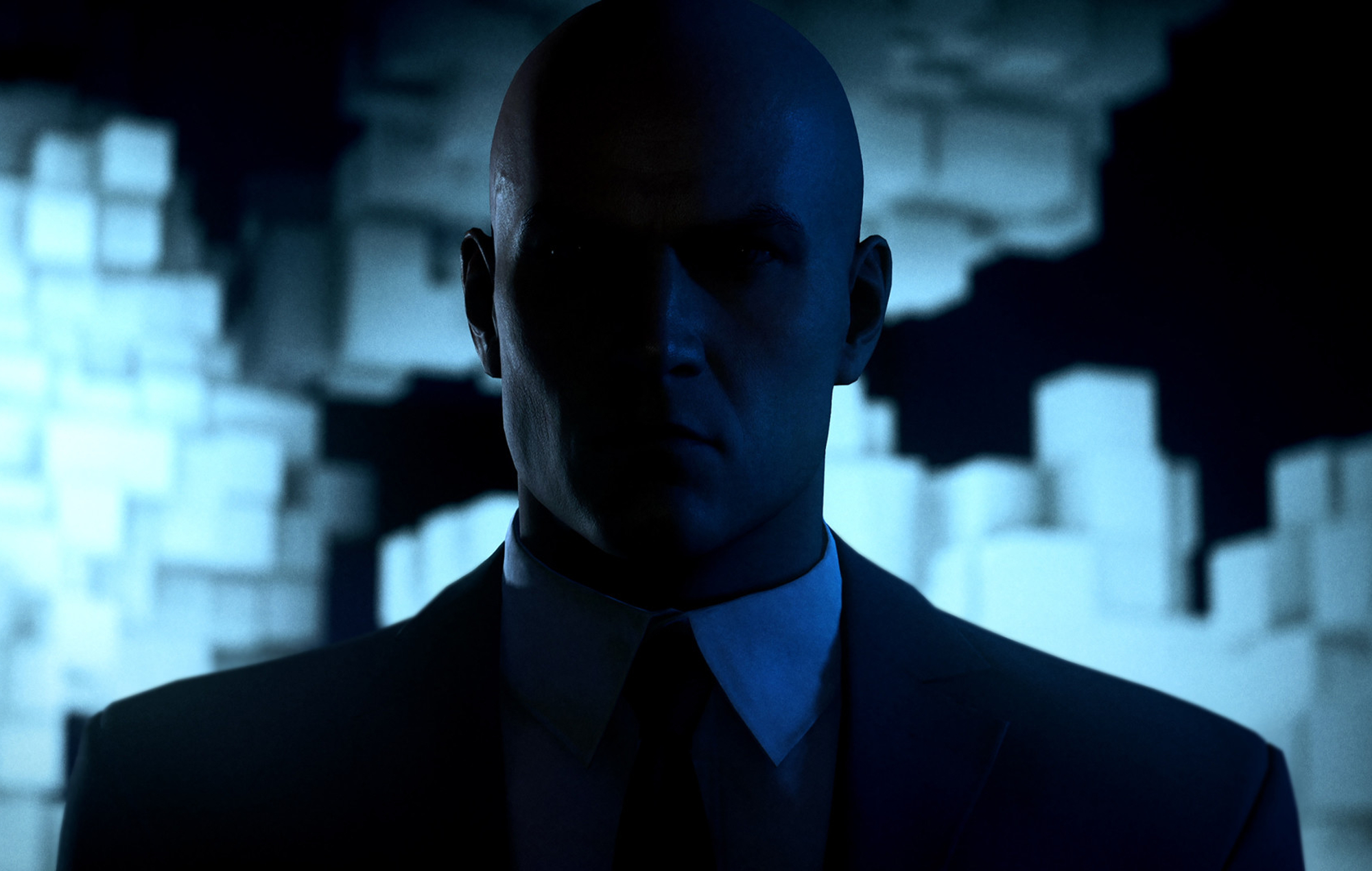
Of course, a pat on the barcoded head isn’t all you get for a job well done! Complete a showdown and you are rewarded with a fairly decent weapon, mastery experience and cash too. The resulting campaigns get longer and harder with each success, with more missions, harder objectives, and even areas that start in the alerted state too. Having made my way through three campaigns, I noted that each one became progressively more difficult but didn’t have any kind of running narrative, and that completing an assignment simply replaced it with another. This creates a continuous cycle of missions and showdowns, allowing the player to continue grinding for XP and mastery ranks, unlock more rooms in their safehouse, and collect all of the unique gear needed to fill up their archives.
All in all, Hitman Freelancer is just as fun and addictive as the single-player story of Hitman 3. It has all the charm and creativity of the original games, but goes that one step further by adding roguelike elements to the mix. With much higher stakes, a slew of handicaps to hinder your flawless performance, and ‘permadeath’ qualities, Freelancer certainly takes no prisoners! Ensure to prep your playing schedule though, as being unable to save will mean you’re locked in to play until the mission is complete since logging off part way through is costly. If you’re a fan of the series, I would absolutely recommend Freelancer – it has all the same chaotic tomfoolery with some deliciously deadly adjustments.
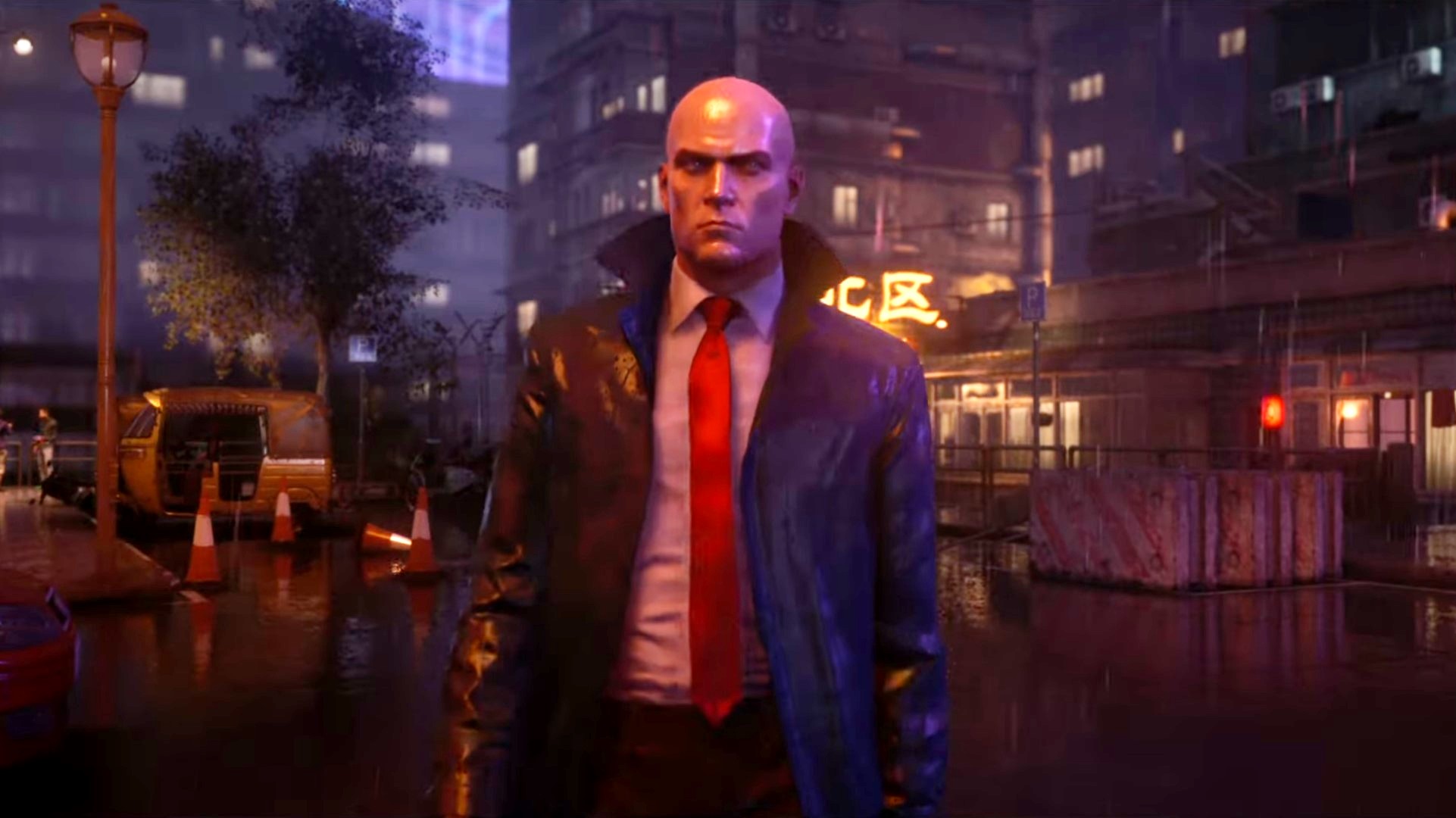




Paper Cut Mansion
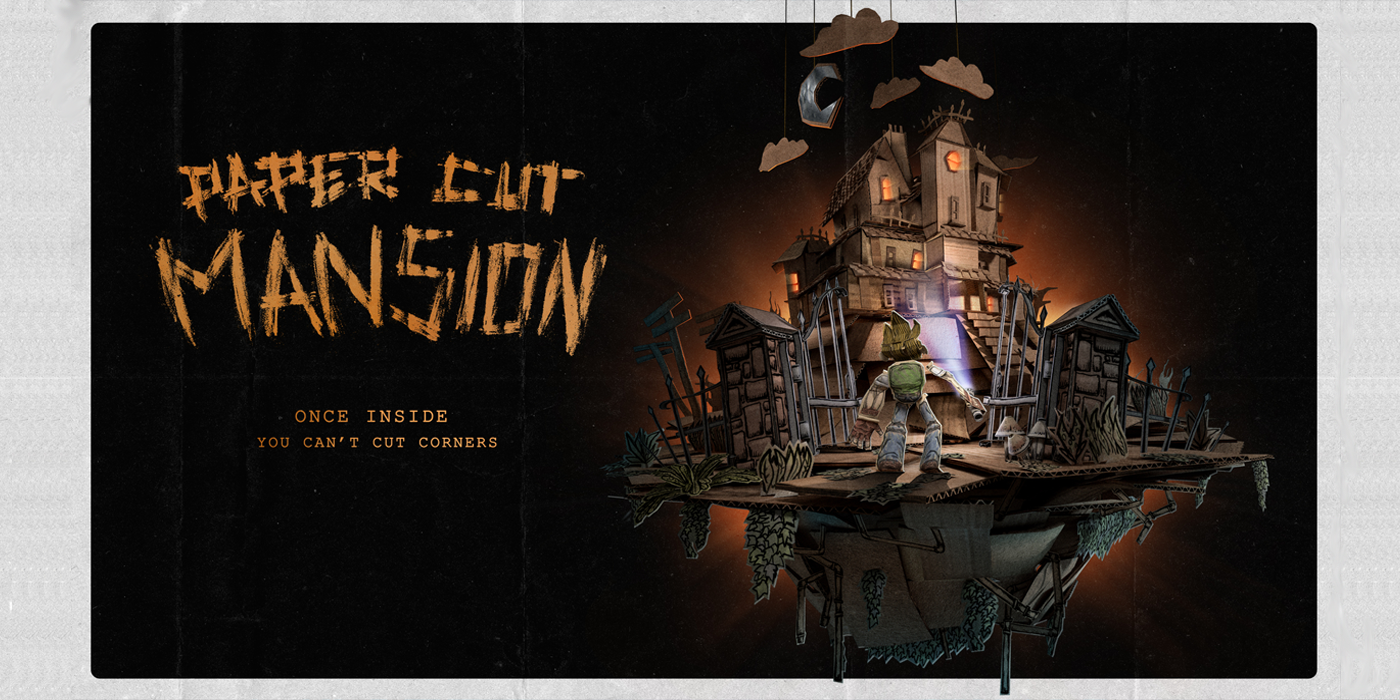

What could be worse than the fear of having to investigate a creepy mansion all on your own in the dark? How about the fear of a dreaded paper cut or two along the way? Well, dig out your notebooks and stock up on the plasters, because we’re delving into the weird and crafty world of Paper Cut Mansion!
At A Glance
| Scores | |
| Visuals | 9 /10 |
| Sound | 7 /10 |
| Gameplay | 4 /10 |
| Overall | 6/10 |
| Positives | + Unique and quirky graphics + Fun puzzle mechanics + Charming sound design |
| Negatives | – No engaging story or game lore – Combat is simplistic – All puzzles and levels become quickly repetitive |
| Price (When Reviewed) | £15.99 |
| Our Playtime | 2 hours 20 mins |
| Version Tested | v1.003.000 |
| Available On | PS5, PS4, Xbox Series X|S, Xbox One, Nintendo Switch, PC |
Picture the scene: it’s the dead of night, a car breaks down in the middle of dense forest; a lone figure emerges and picks their way through the trees, only to stumble across a decrepit old mansion standing imposing and isolated in the middle of the woods. They have no idea where they are, or even how they got there – all they know is that they must enter this mansion and solve the dastardly mysteries within… sounds like every horror game trope ever created, right? Okay, what if I told you that the entire world was made out of cardboard? Suddenly not so trope-y, huh?
Developed by Space Lizard Studio and published by Thunderful Publishing, Paper Cut Mansion is a roguelite horror set in a visually beautiful arts and crafts world.
Right off the bat, I was just so enamoured with the visuals. Sure, we’ve all seen procedurally generated roguelike games before, and being ‘lost in the dark woods alone, stumbling across a random derelict building’ has been done to death, but what Paper Cut Mansion boasts that other entries cannot is the unique cardboard graphics. After so many years playing games, it’s always nice to see developers step away from the norm and create something more imaginative. With mo-cap and next-gen graphics, we are now spoiled with character models looking like real actors in TV shows, but sometimes it’s nice to feel like you’re playing a game, and Paper Cut Mansion does a wonderful job of with its papercraft aesthetic. I was getting major Don’t Starve vibes as I sank my teeth into the entrée of the show, stumbling through the desolate forest with nothing but my wits and a torch to light my way. Upon finding the mansion, the player is treated to the most charming little intro song, made exclusively for the game, and thus the adventure begins.
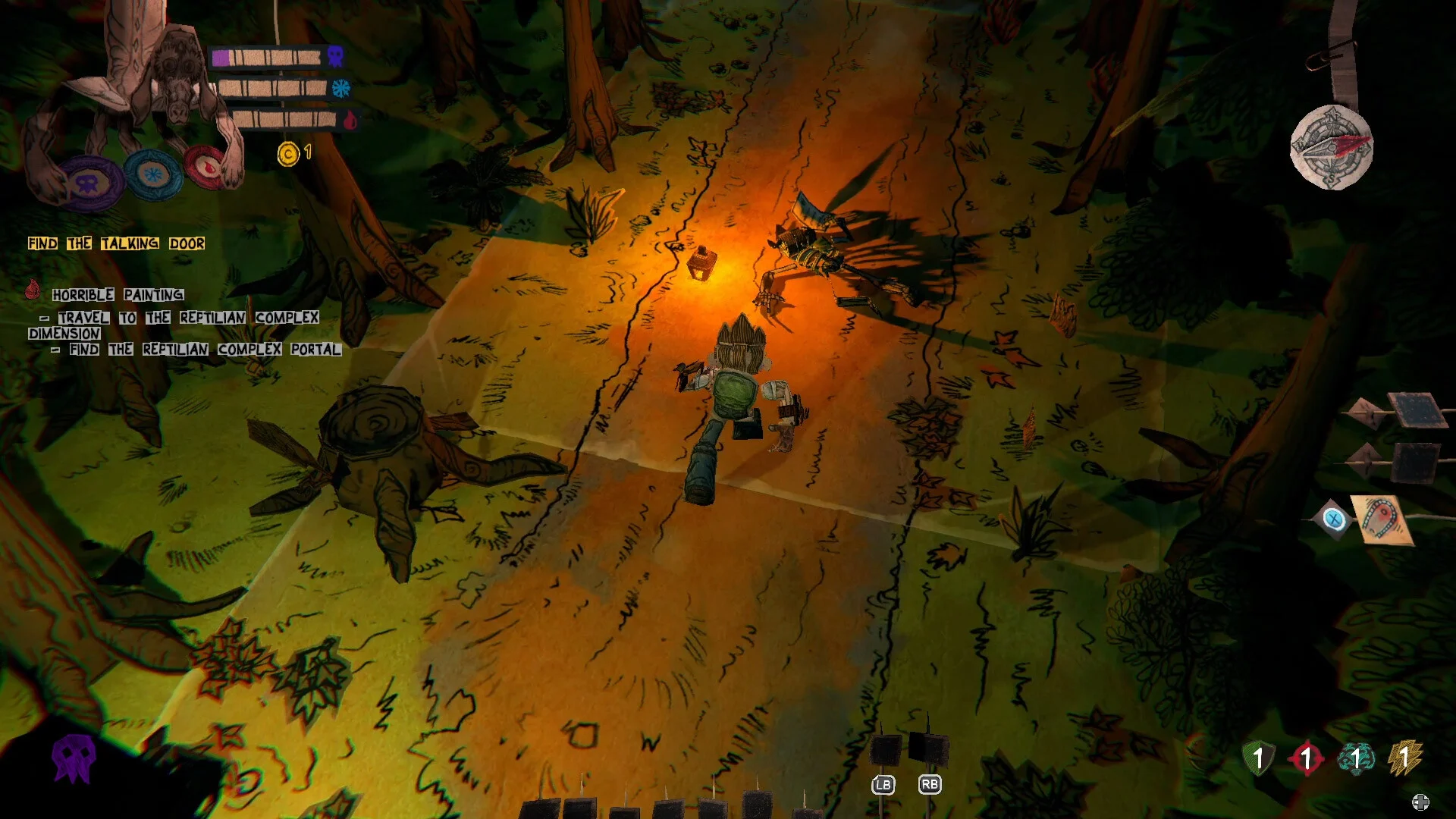
For the main course, you find yourself navigating a spooky procedurally generated interior as Toby, a detective on a mission to unveil the mysteries of the very mansion he now finds himself trapped within. Once inside, you are greeted with a skeleton in the corner, seemingly there to offer some friendly, otherworldly advice before you begin your journey. The fact that he appears to have the exact same haircut as your character? Well, we’re not going to look too hard into that… You have a little moth companion that follows you around, cluing the player into rooms that have narrative driven items hidden within, so there’s no real fear of getting lost or running endlessly around in circles which is helpful – because one thing you will find out fairly quickly is that Paper Cut Mansion is not always easy to navigate.
The other novel mechanic that Paper Cut Mansion employs well is its use of dimension hopping. After all the hype with the MCU movies, who doesn’t fancy jumping into the multiverse?! Nerding out aside… the stratagem of stepping through different portals to find or complete new missions is quite fun and refreshing, and each of the three dimensions in the game has its own unique properties. With every dimension having its own set of rules, it keeps the gameplay from getting too stale. The Neo Cortex is the most ‘normal’ looking dimension, and is where the player will attempt to solve the game’s many quirky puzzles. The Limbic System has a snowy aesthetic and is survival based, where you will gradually build up a negative freeze effect that can be lethal if you can’t find a source of warmth or a way out. The third dimension is the Reptilian Cortex, a combat system where you can test your mettle against droves of enemies and build up your coin supply – handy for upgrades and outside help, but only if you live to tell the tale!
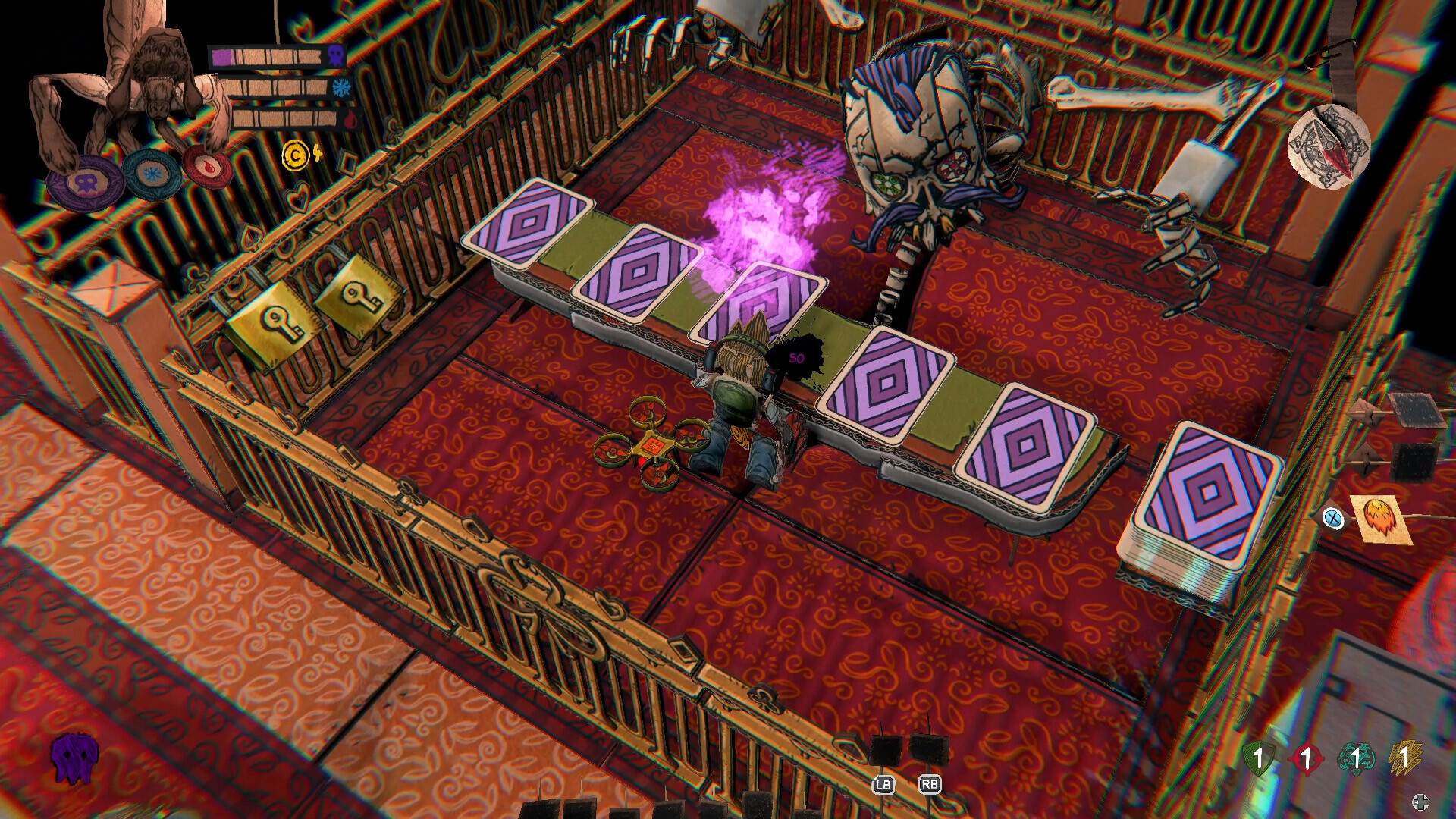
There are a few NPCs that become familiar faces as they crop up on every level, you can interact with them and they will offer you items to help aid your journey in exchange for any coins that you find along the way. As Paper Cut Mansion is a roguelite and incorporates permadeath, I advise grabbing a health boost or two from the bewitching plague doctor when you see him – you never know when your luck is about to run out! Other NPCs include those that give you side missions, which in my opinion are well worth seeking out as because they will reward you with upgrades that come in handy when trying to outfox foes, or just stay alive. These upgrades permanently boost one of four character attributes, including wits and damage output. None of the side quests are particularly difficult, and even though they require you to jump between dimensions, chances are you’re headed in that direction to further the story anyway, so why not kill two cardboard birds with one balled up piece of paper?
The combat system in Paper Cut Mansion is pretty straight forward; point and shoot. There’s really not much more to it than that. The gun you pick up upon first entering the Reptilian Cortex has an auto-lock feature when you aim with it, and so long as you’re close enough to the intended target it’s practically impossible to miss. You can also pick up an array of cards as you journey through the mansion and these will give you all sorts of bonuses, from extra weapons to stat boosts, or even companions to help you fight, so it’s definitely worth having a good snoop around to see what you can find.
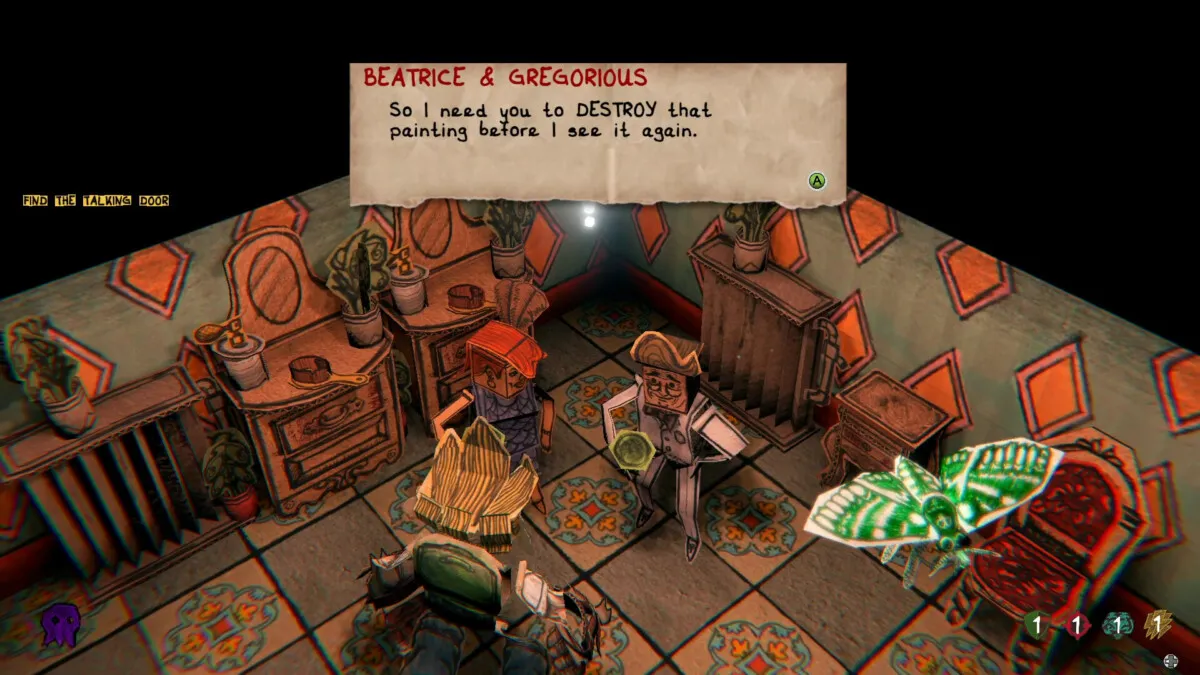
Okay, now that we’ve talked about where Paper Cut Mansion was a cut above, let’s explore where it fell flat. (All puns intended.)
The game has its fair share of jump scares, but they are pretty gimmicky. The different levels are aesthetically distinctive (the second floor was job-oriented with mop buckets and such laying about, the third reminiscent of a classroom with chairs and desks to navigate around etc.) but as for the level layout, it’s pretty much the same. With nothing outstanding that can be used as a kind of landmark or to help orient yourself, it can be easy to get yourself all turned around – a nightmare when trying to find an NPC to hand ia side mission in to, or when trying to outmanoeuvre an irritable and unrelenting ghost.
Yes, Paper Cut Mansion has combat, but I use the term rather loosely. The fighting is not hard, the enemies are many and samey, and honestly there is no real danger of succumbing to much harm – unless you’re unlucky enough to get stuck on the multitude of clutter scattered on every floor. When I first started playing, I was genuinely nervous about entering the Reptilian Cortex. What if I die and lose all my coins and have to start over again? But I quickly learned that there was little to fear; I wasn’t going to lose against the simplistic AI. If nothing else, the enemies make good fodder to farm for coins.
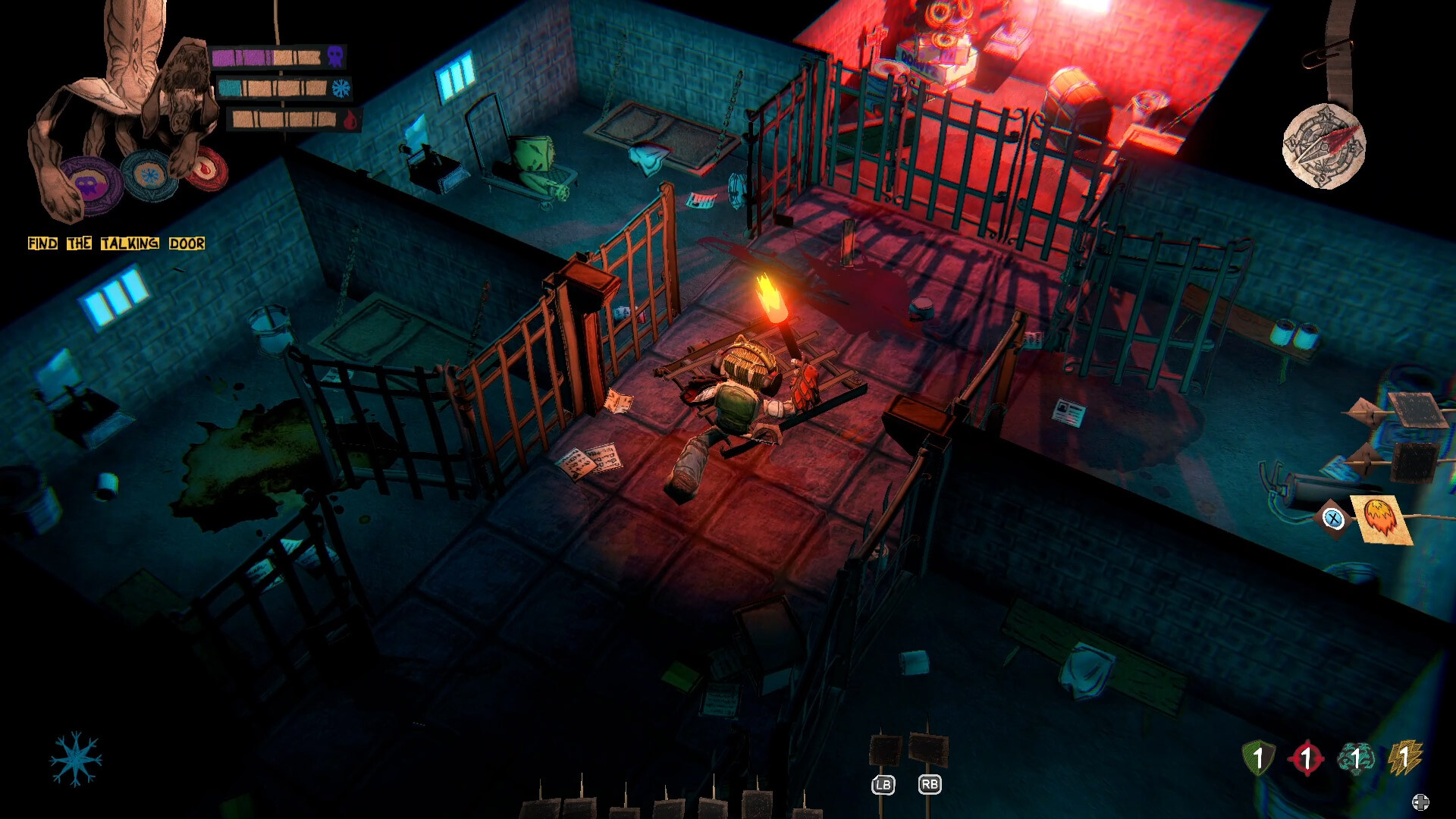
Now, I love a good story, whether it’s a novel, a movie, or a game. I feel it is an integral piece when trying to immerse the audience into the world and the characters… and unfortunately I feel that Paper Cut Mansion comes across a little stiff. If the character had just a little more depth, instead of acting solely as a puppet used to progress the game, then he could have felt more relatable. If the story had been a little more engaging, with twists and turns or emotional investment, the replayability could have warranted further playthroughs to unlock the many alternate endings. As it stands though, I found I didn’t gel well enough with the character or the world to want to go through everything again and again from scratch.
Paper Cut Mansion is a quirky and fun little indie to play when you have an hour or two kicking about and you don’t want to exhaust your brain with anything too taxing. While it has a lot of positives going for it, like cute little puzzles, peculiar characters and buckets of charm, it fails to deliver any substance to go with it. The puzzles are not hard, the story isn’t captivating, and the tedious repetition makes it somewhat of a chore to pick up again. For me, it doesn’t maximise that full potential to make me want to come back for more.
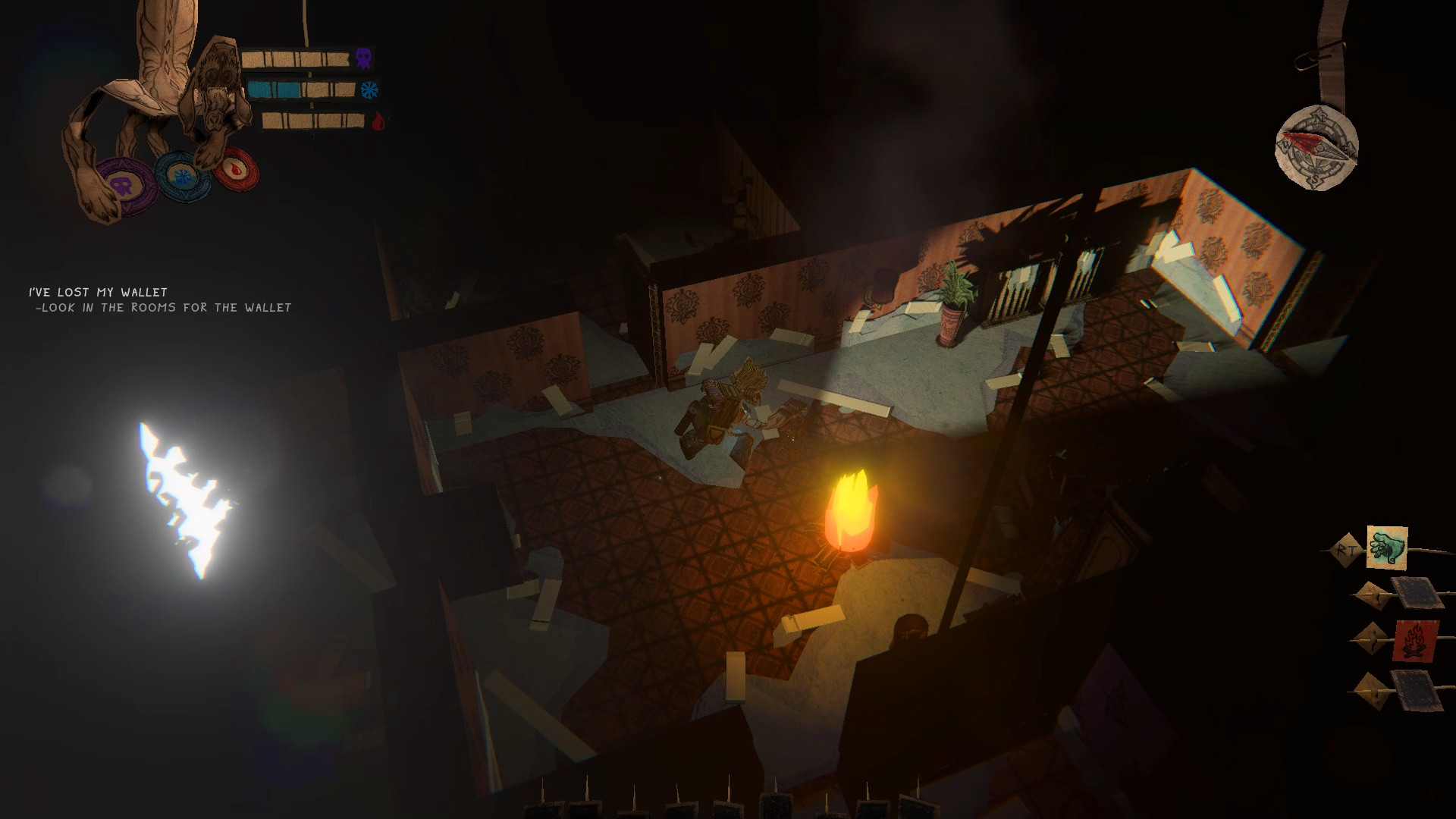
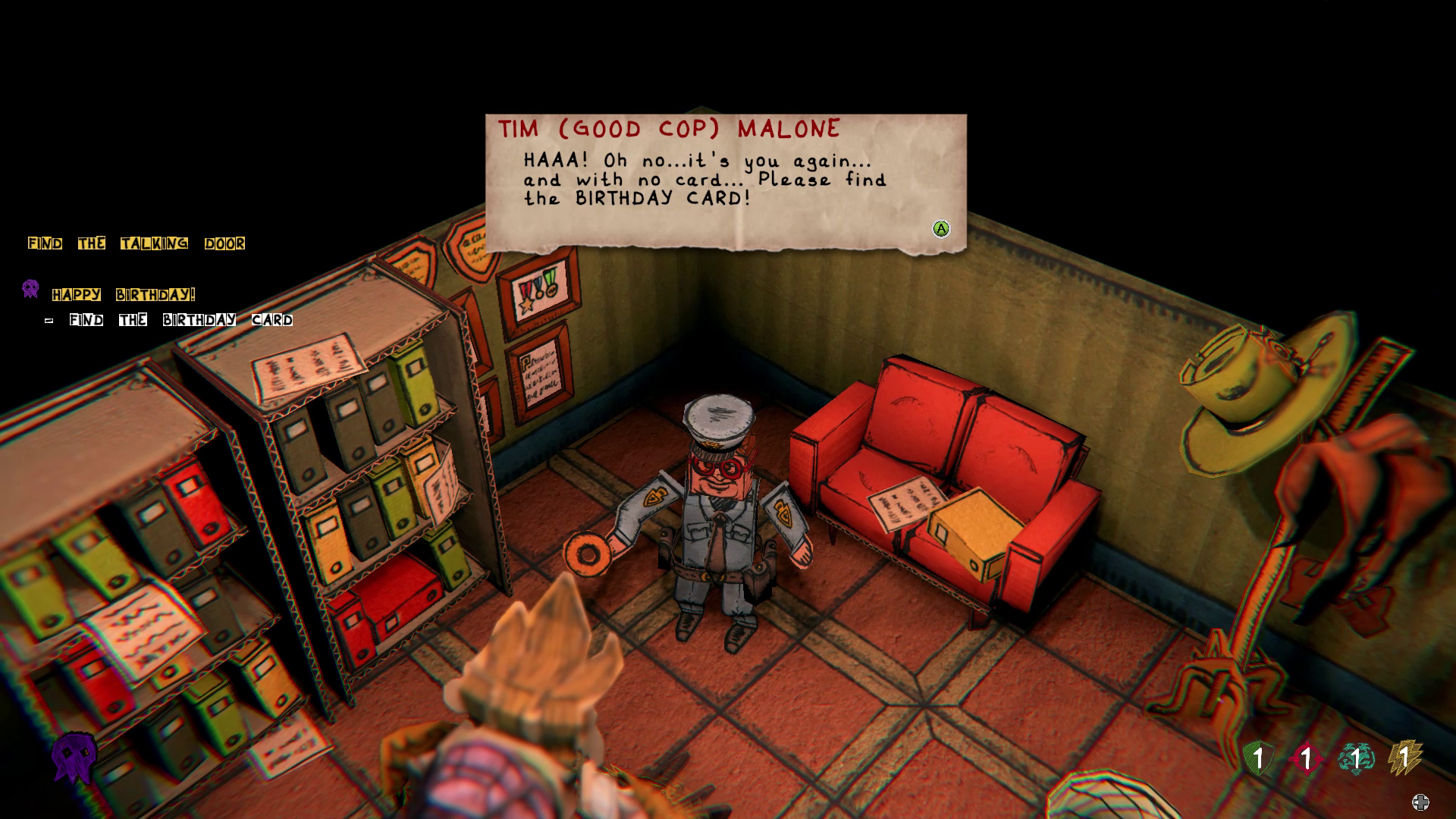
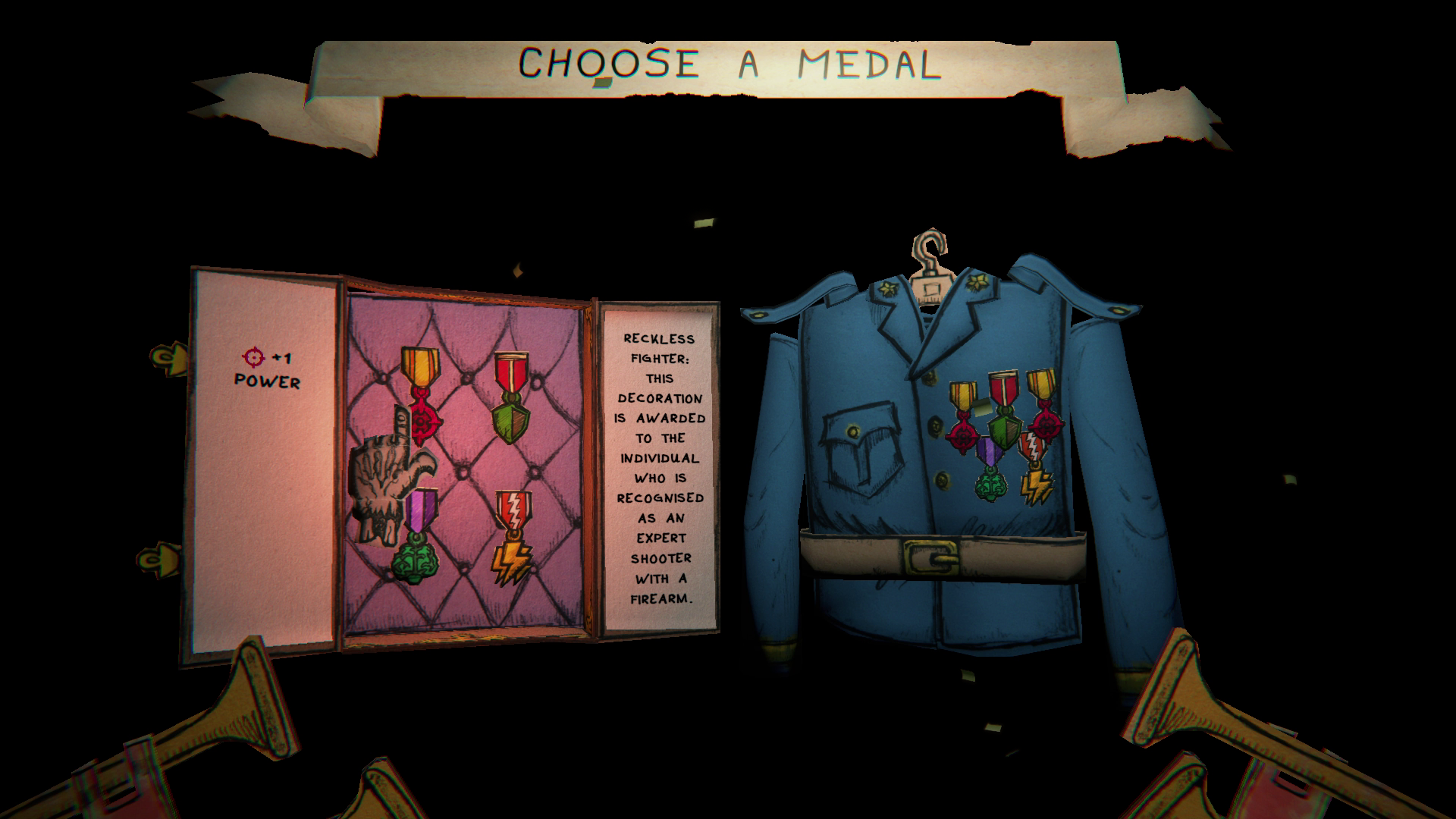
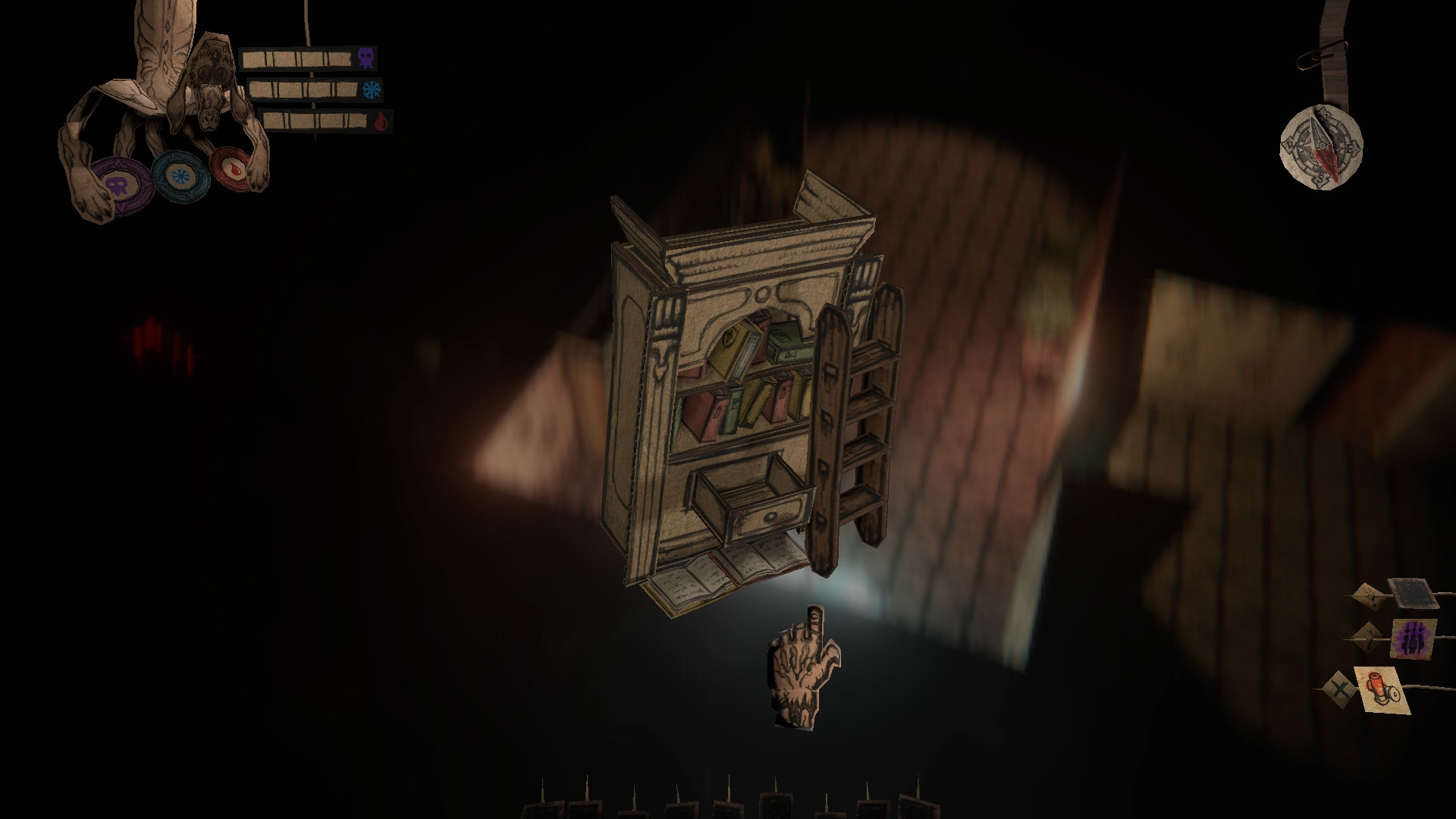
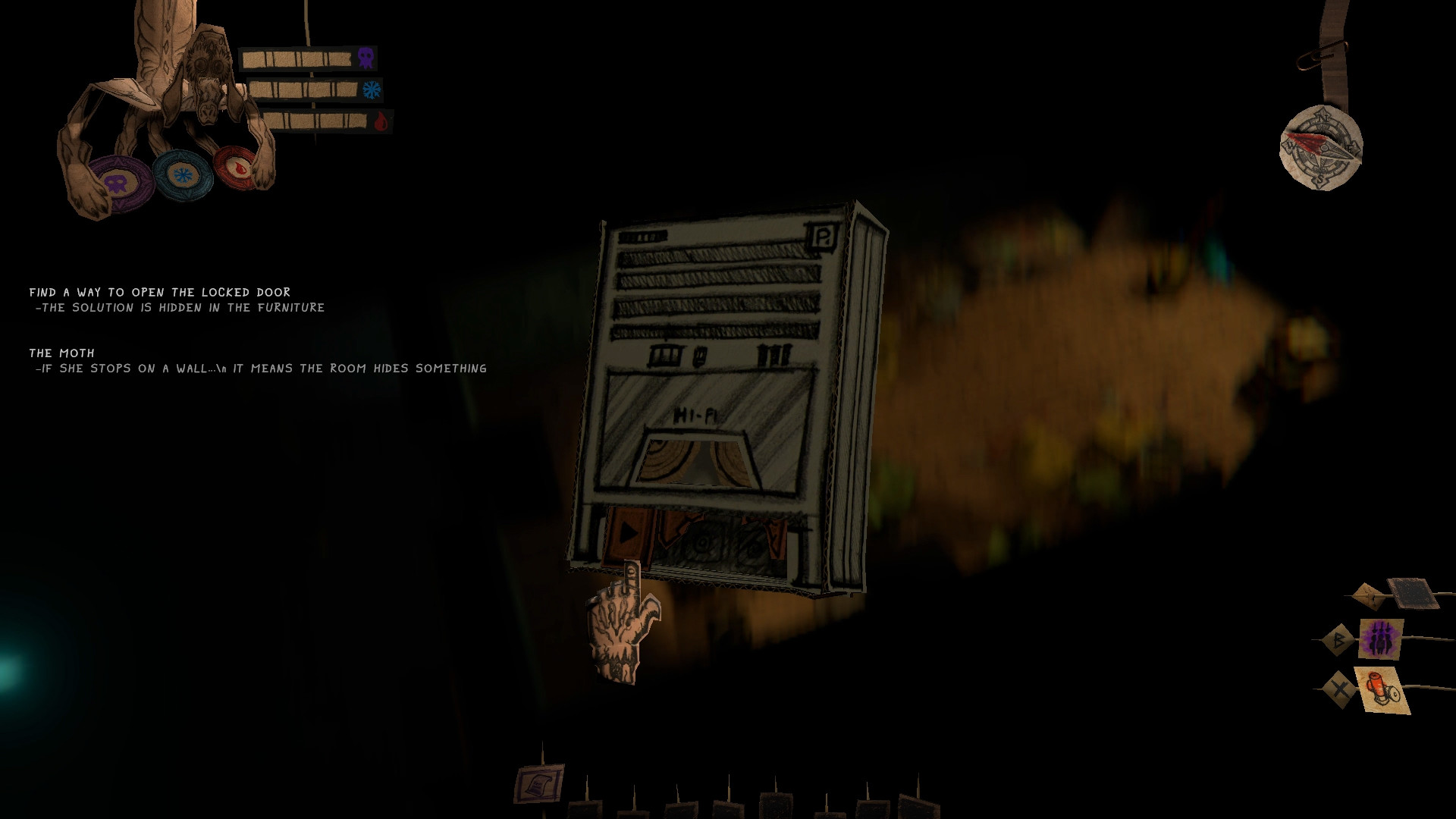
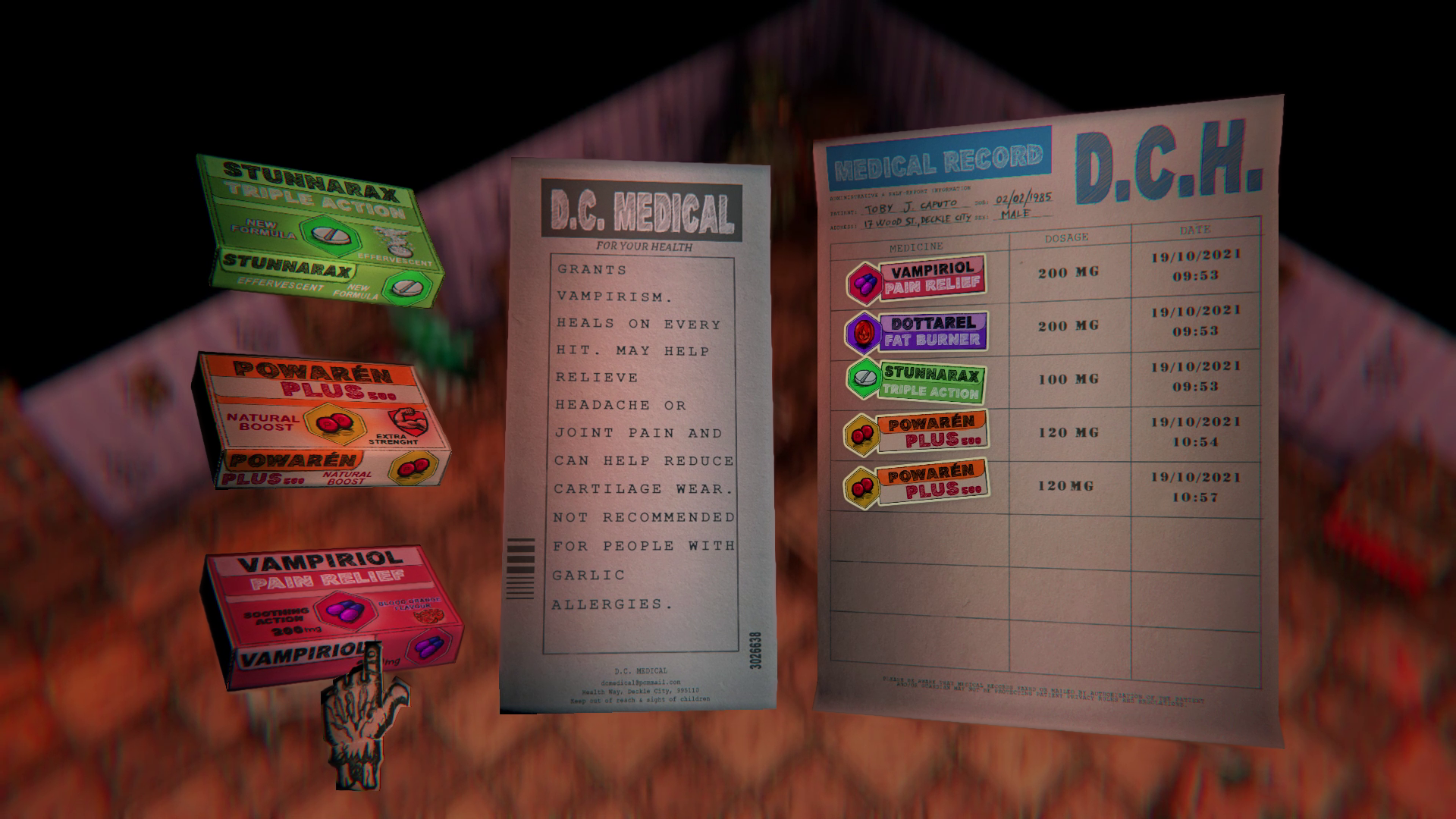


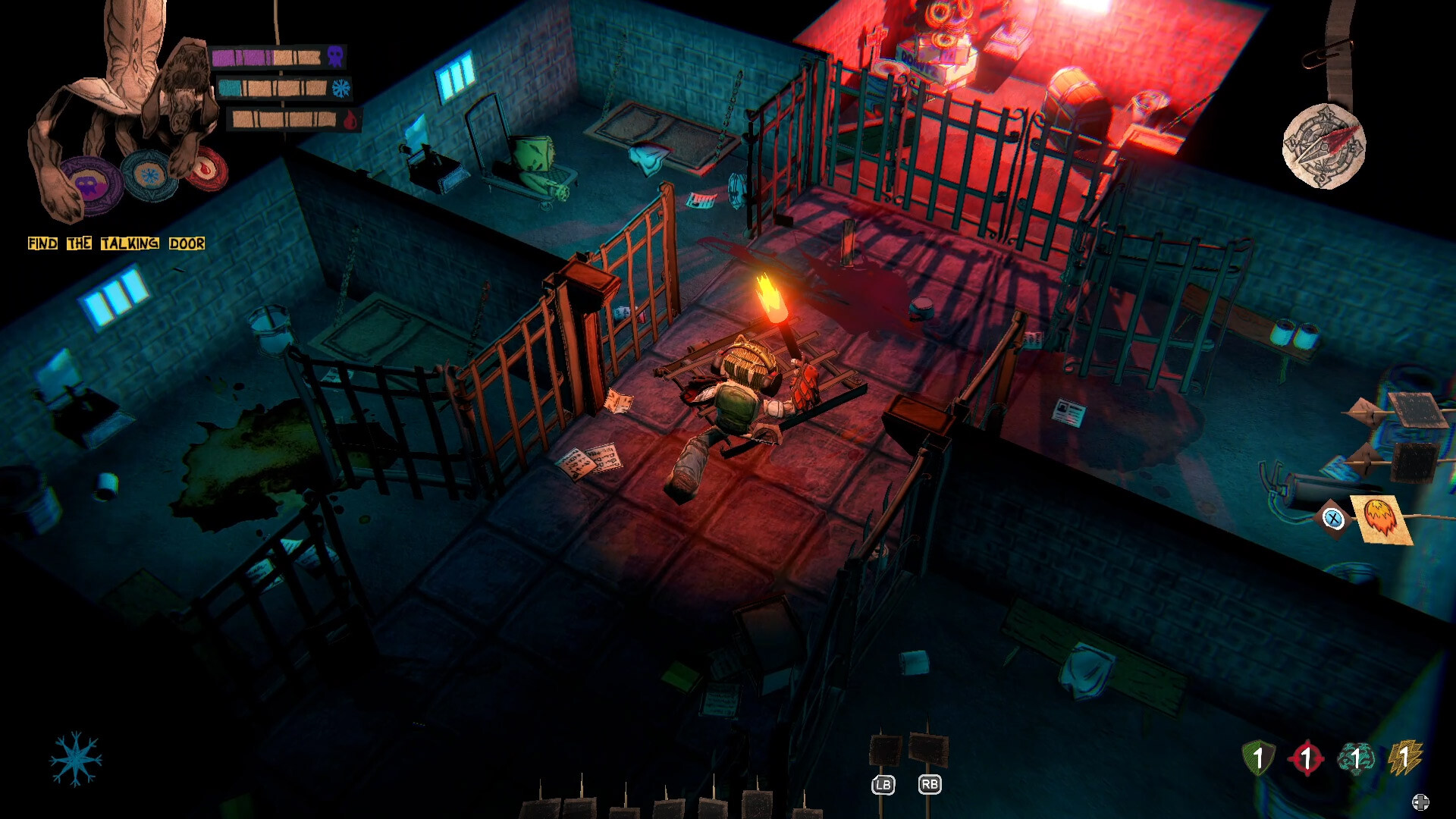
In the interest of full disclosure, VGamingNews was provided with a copy of the game in order to conduct this review.






